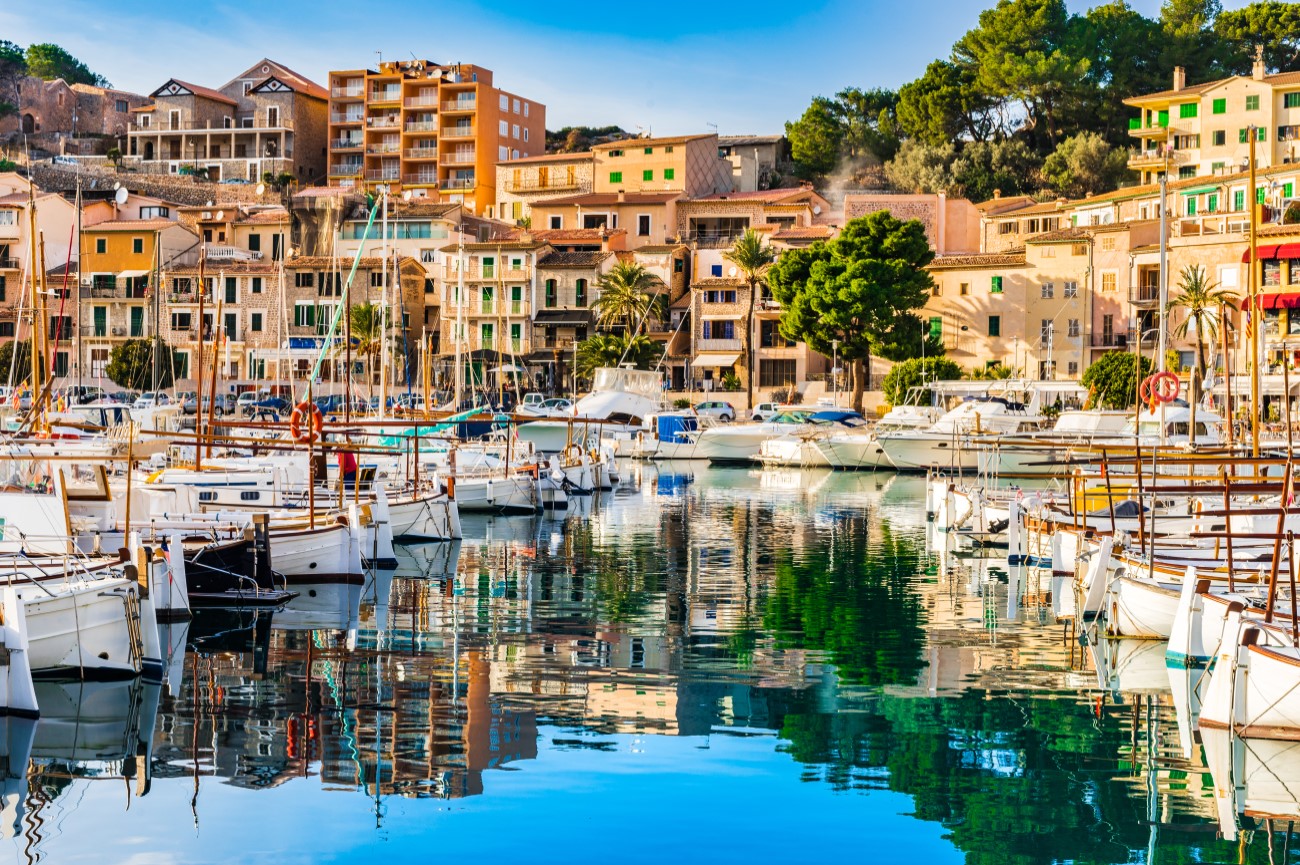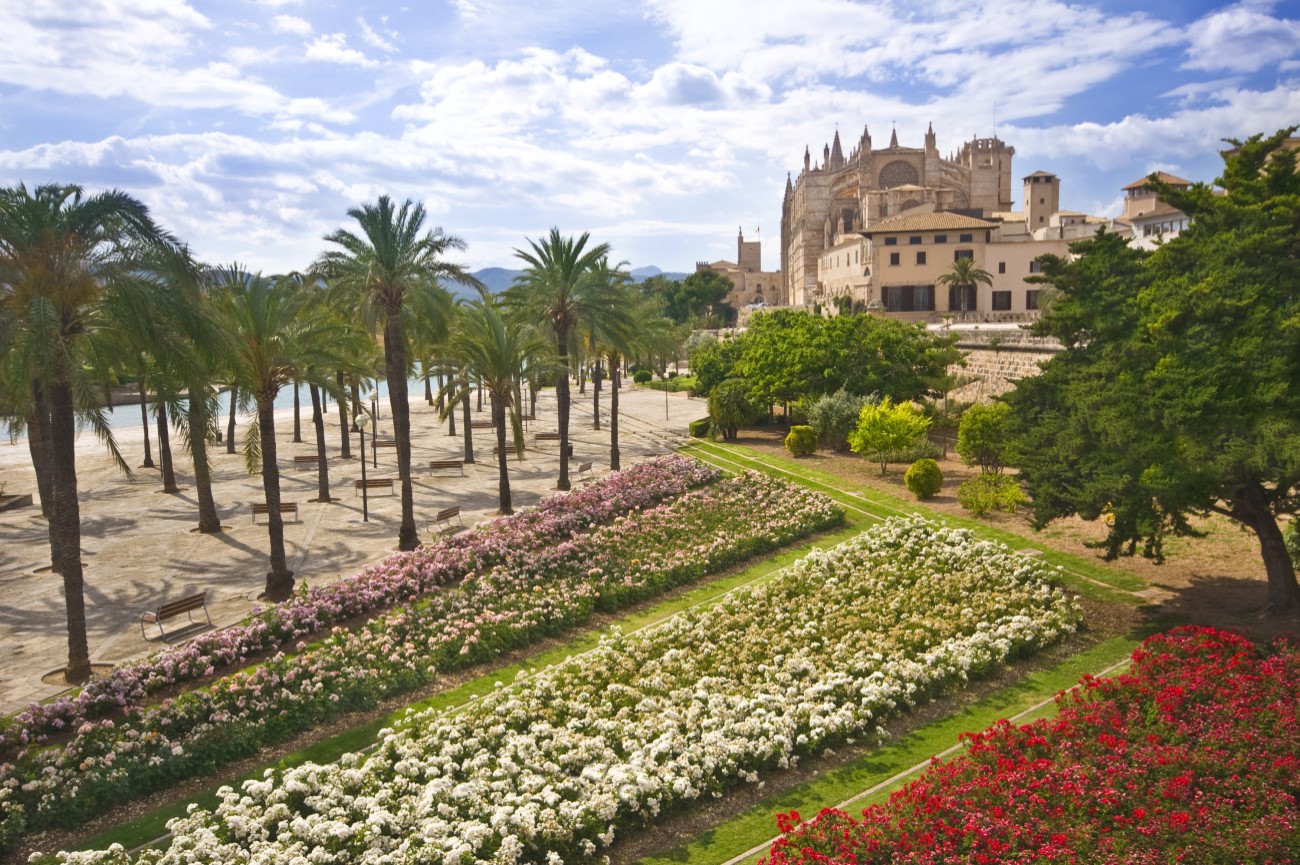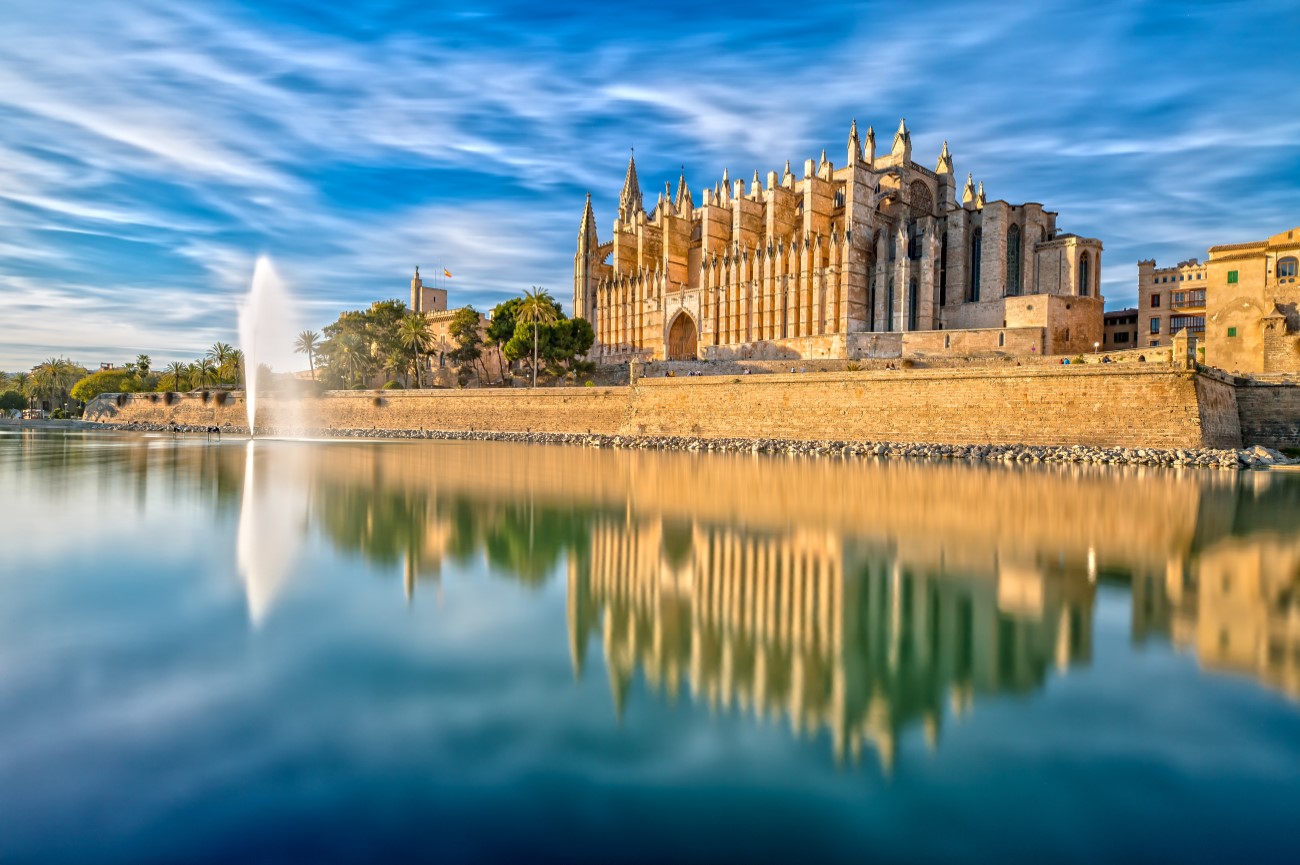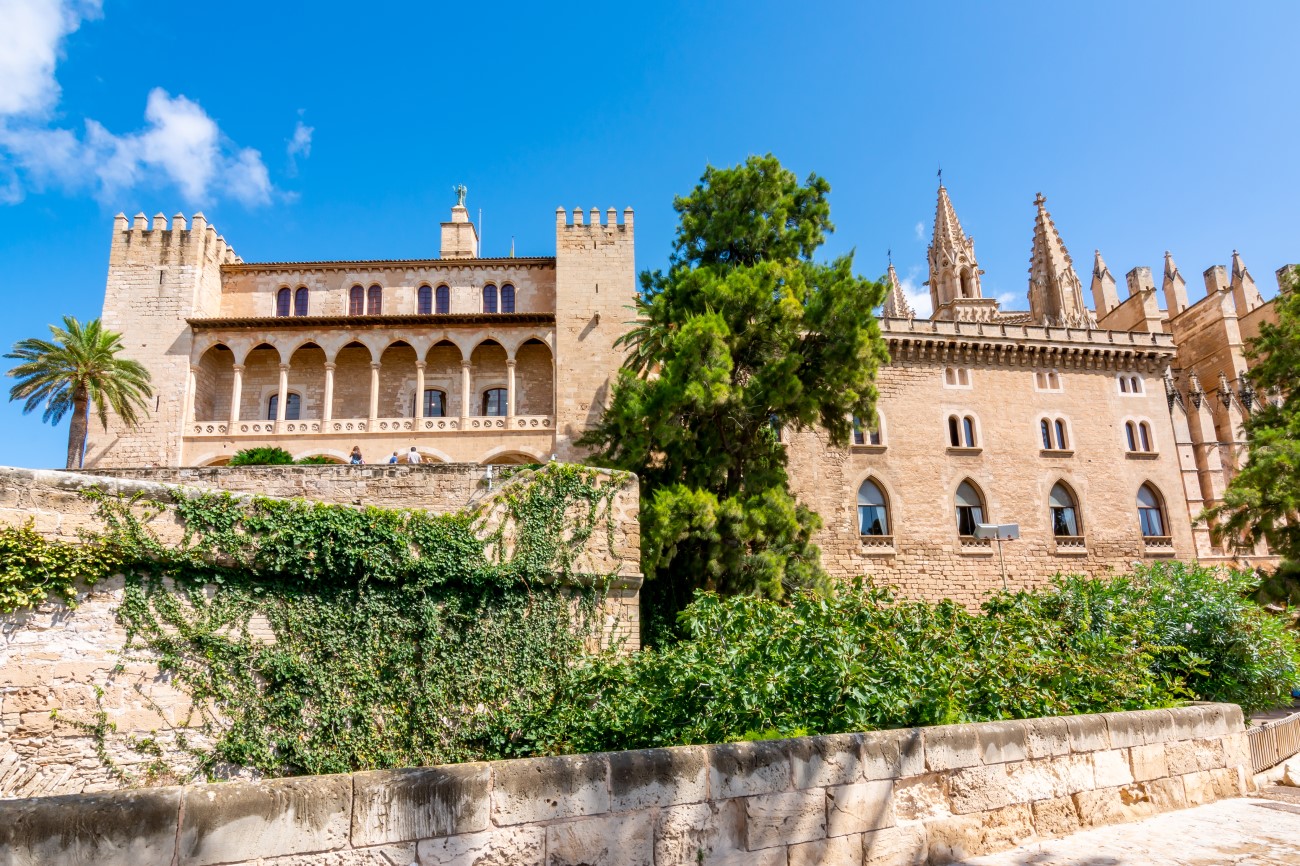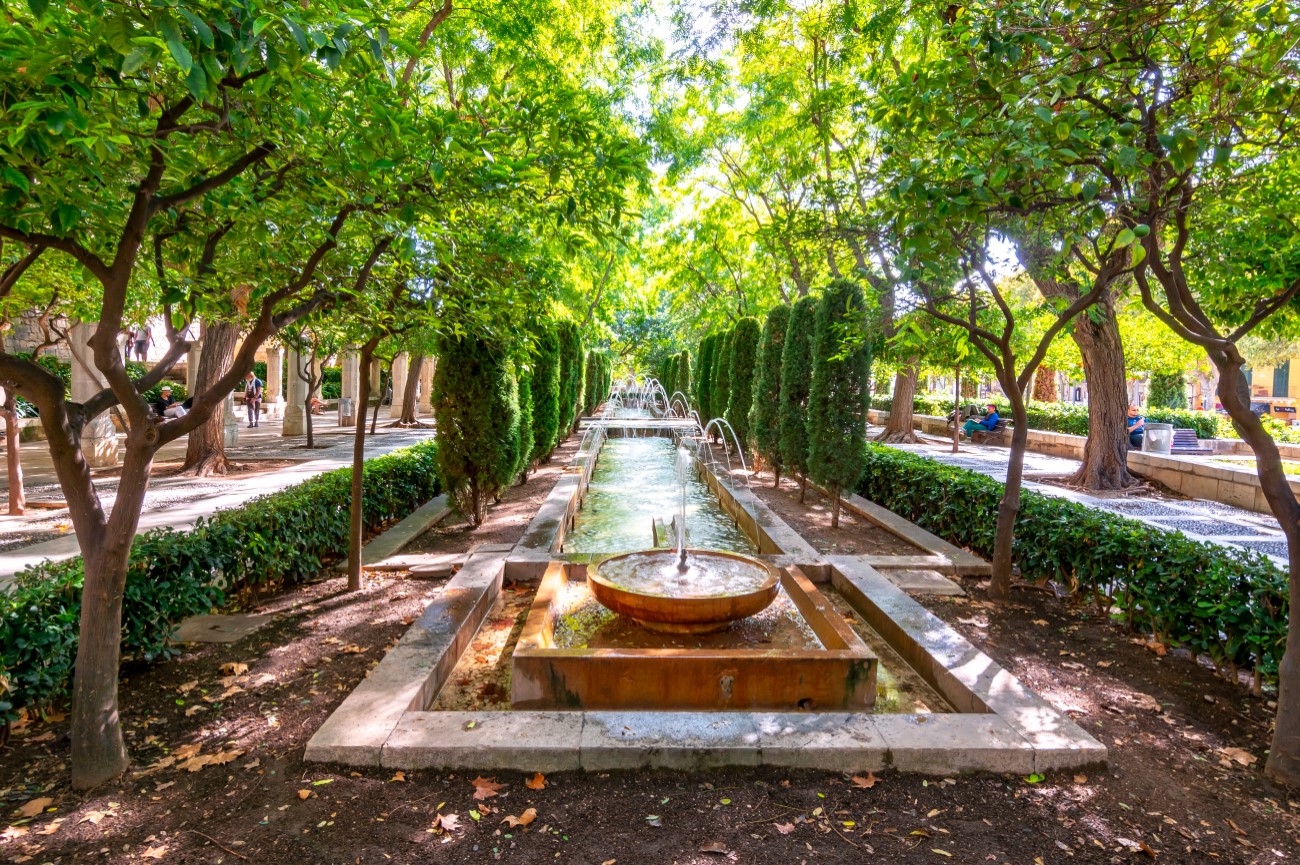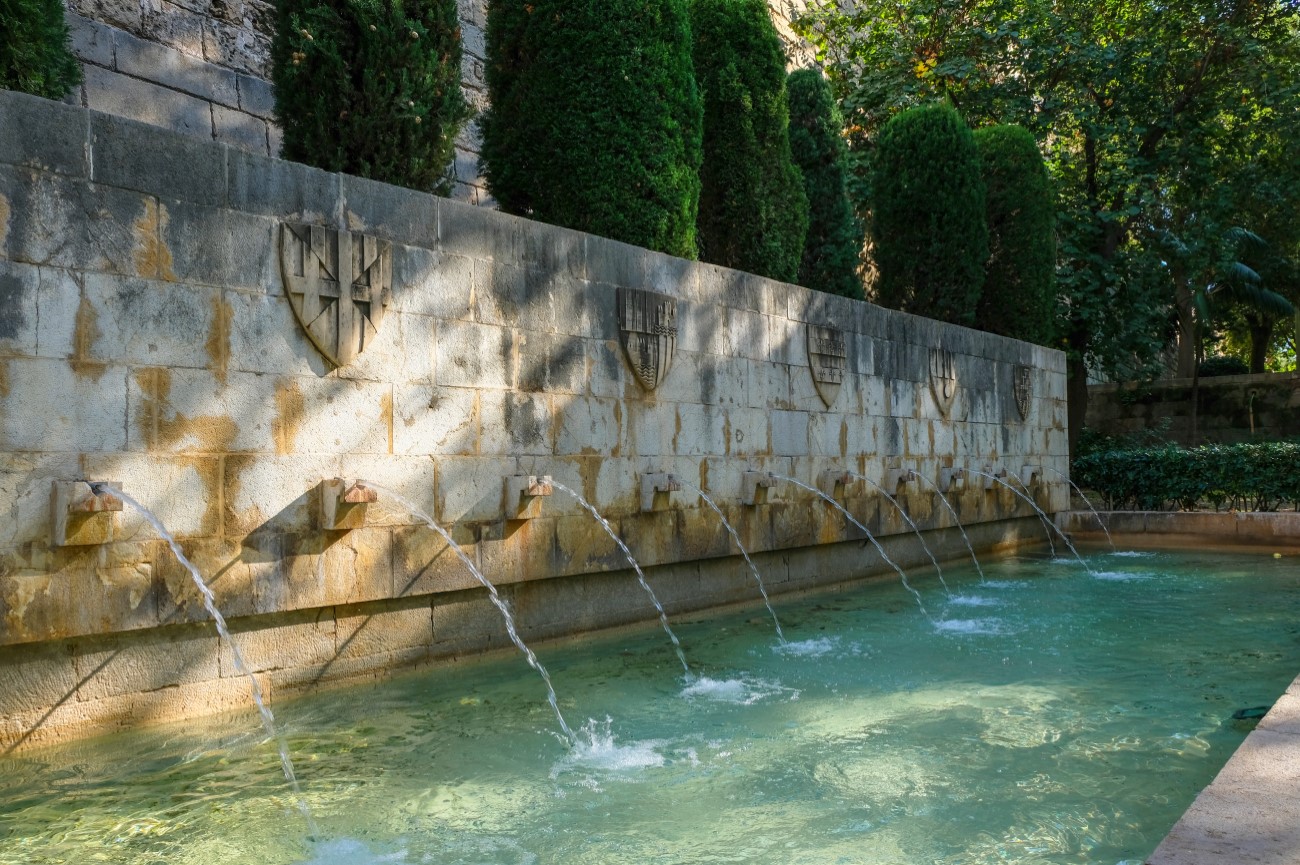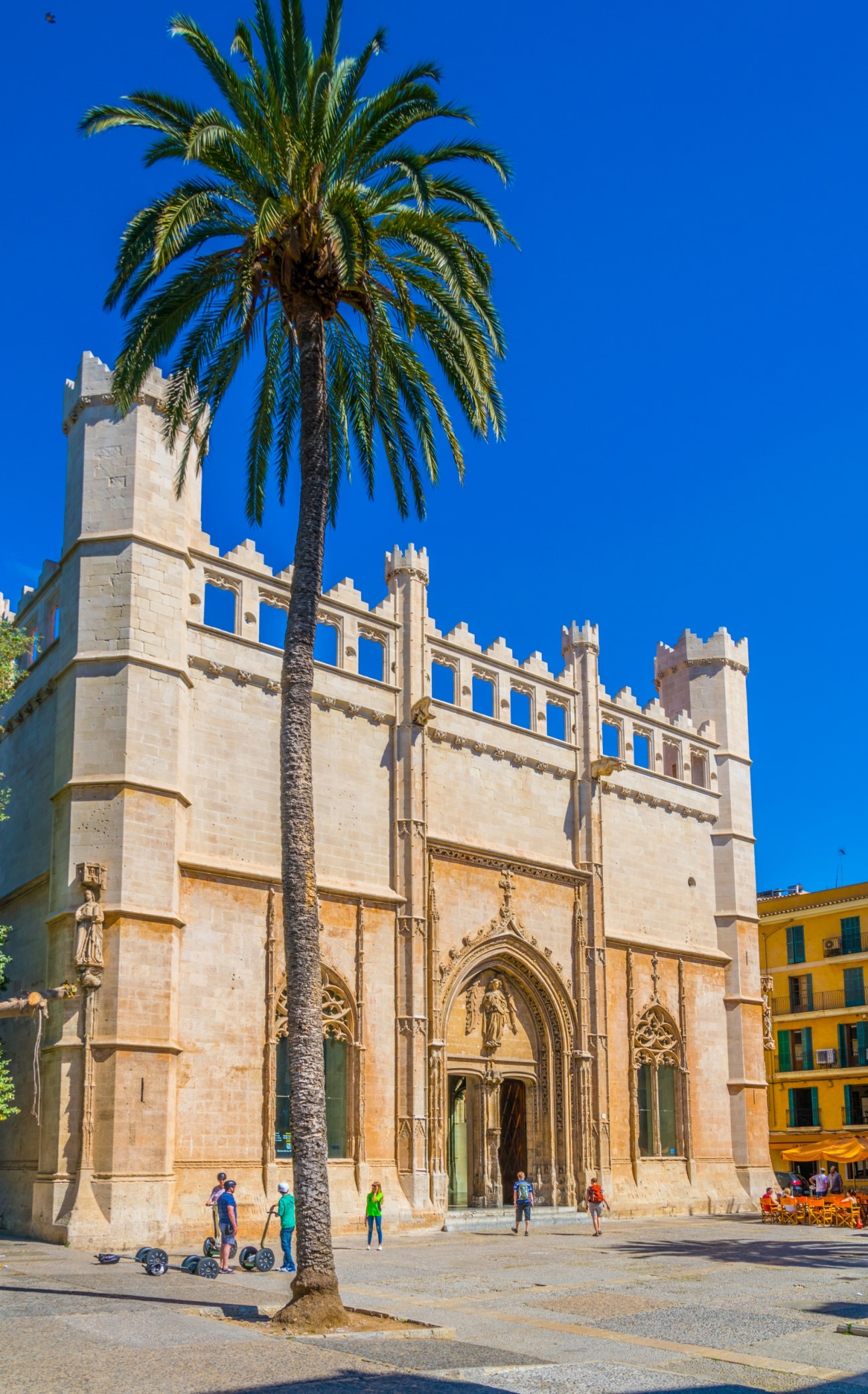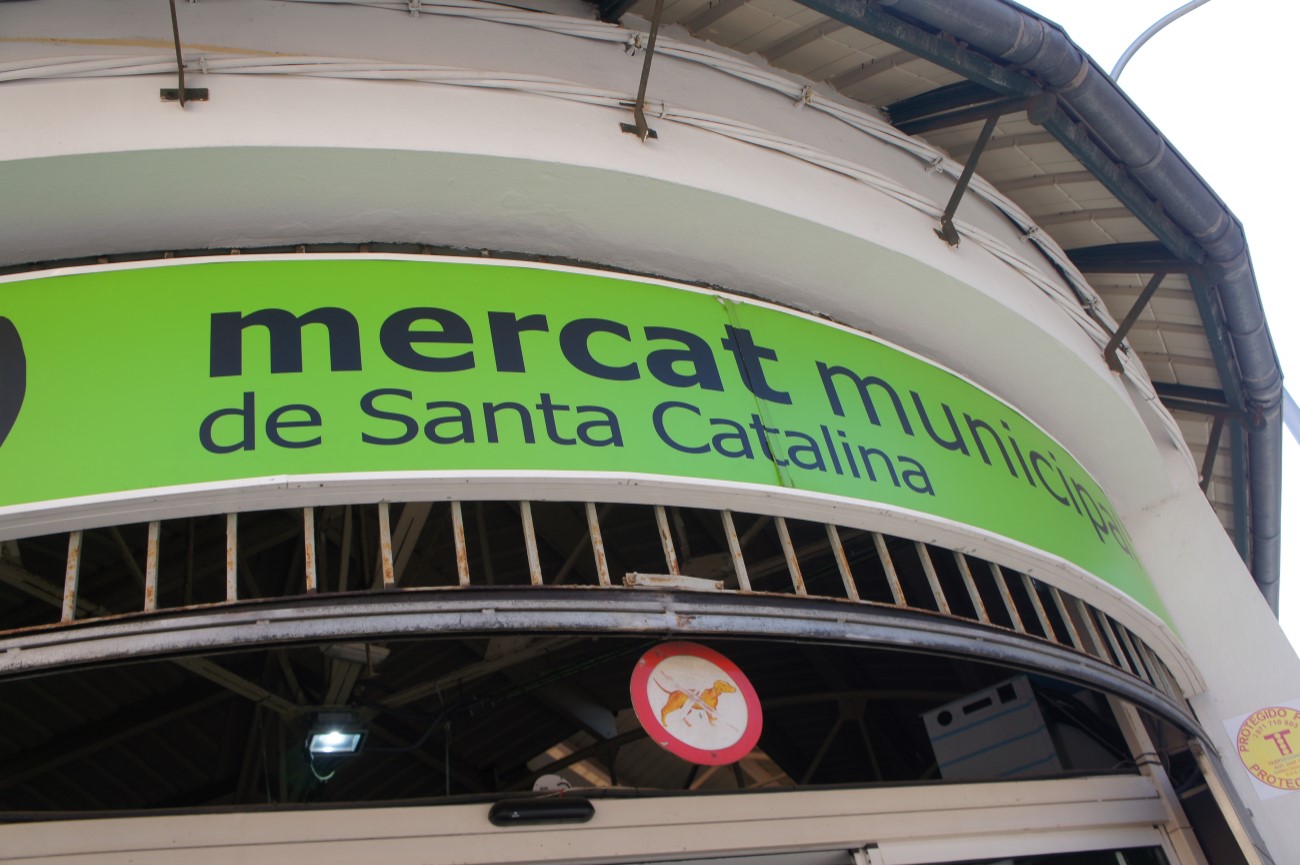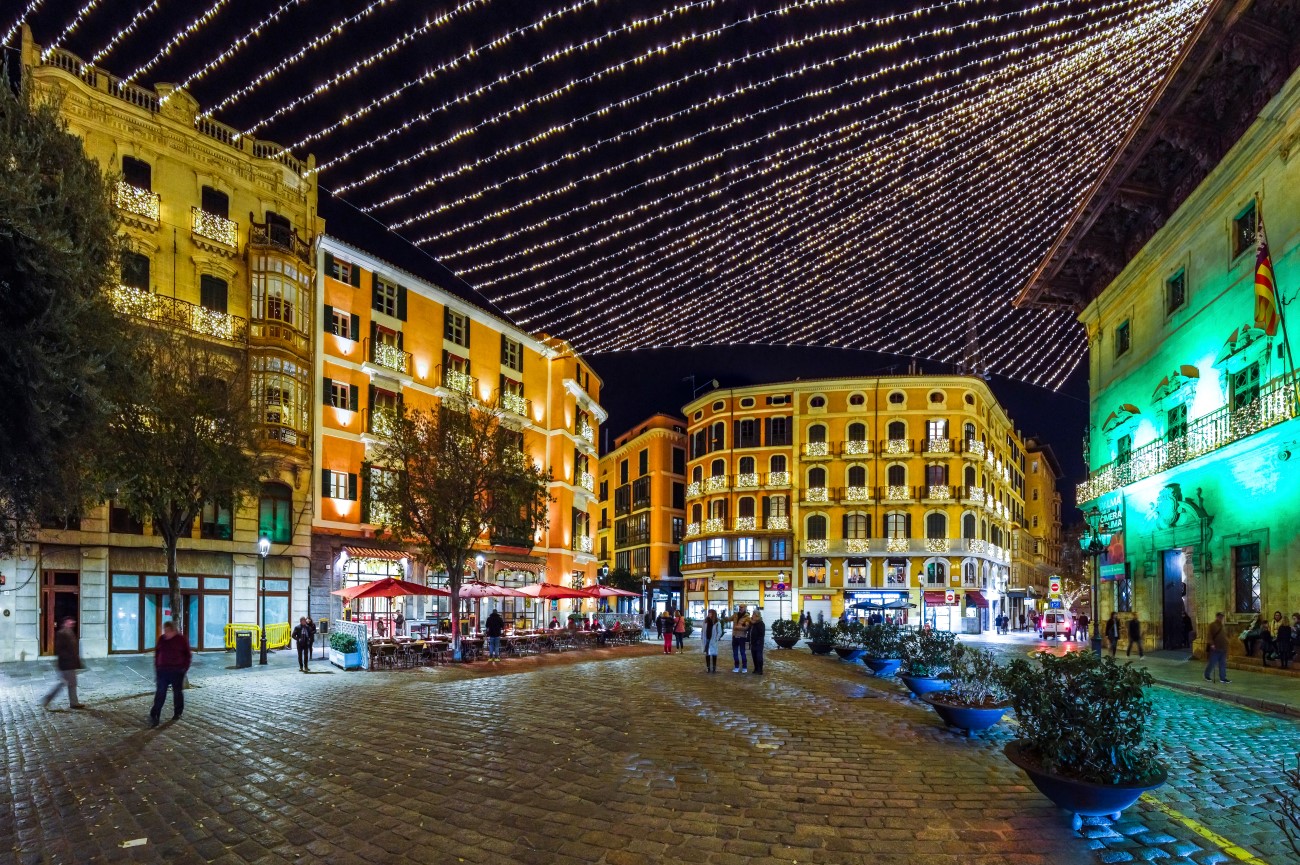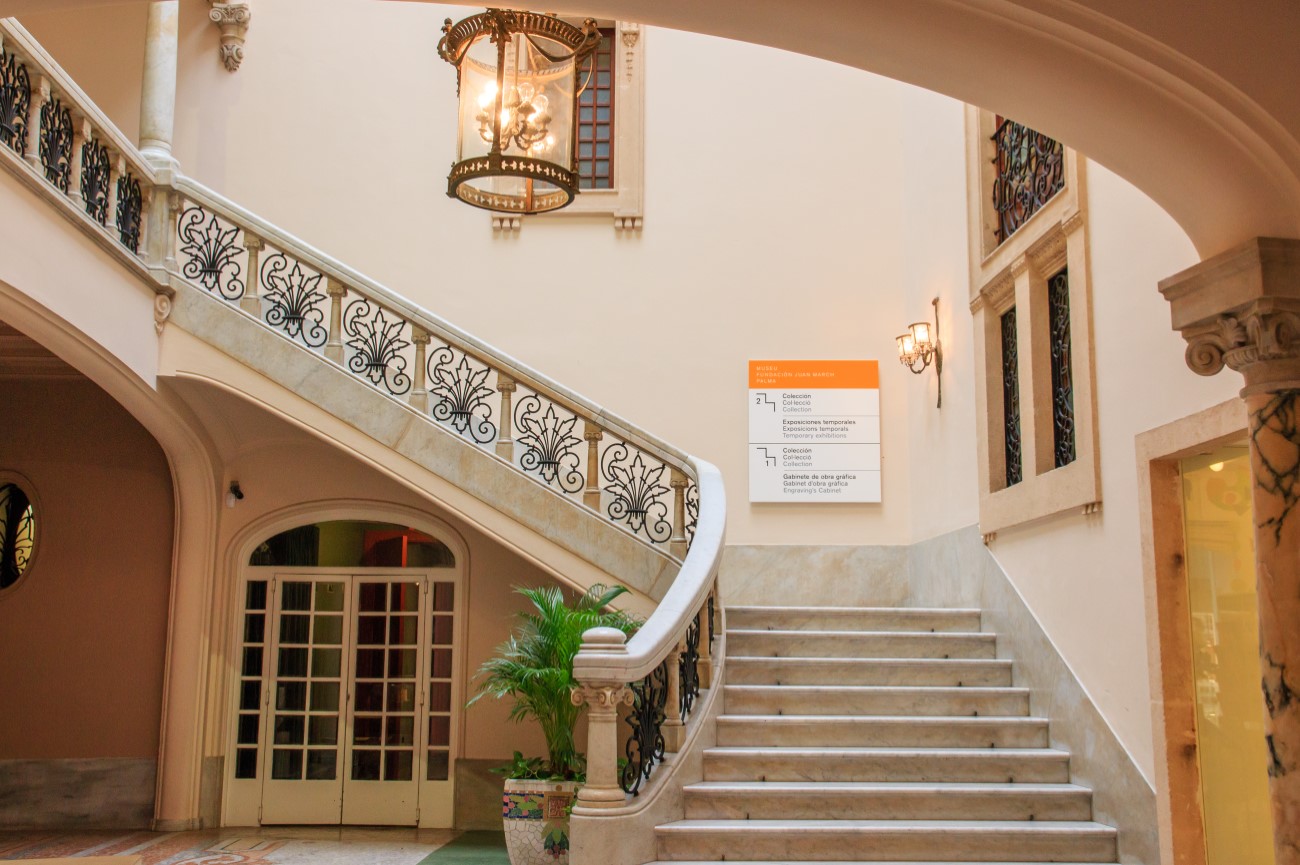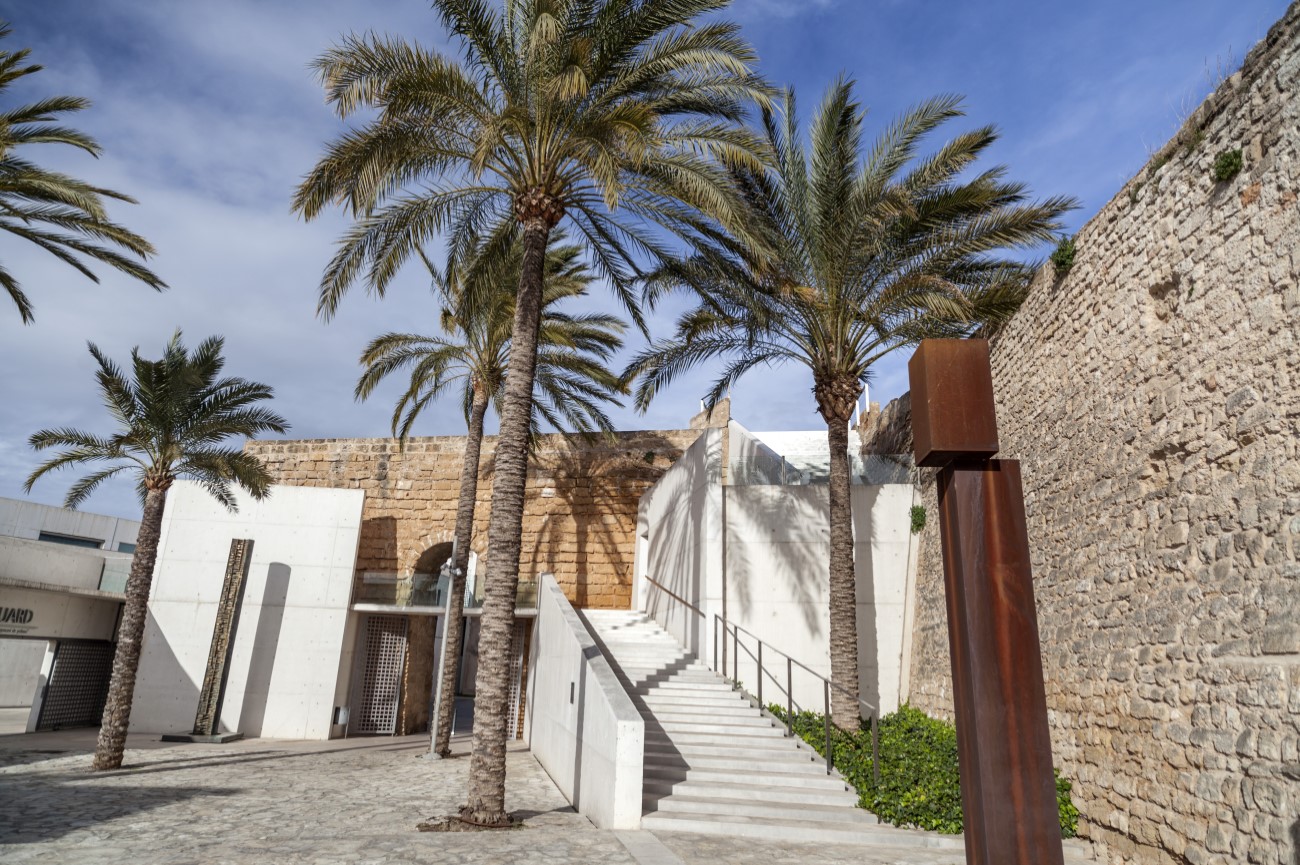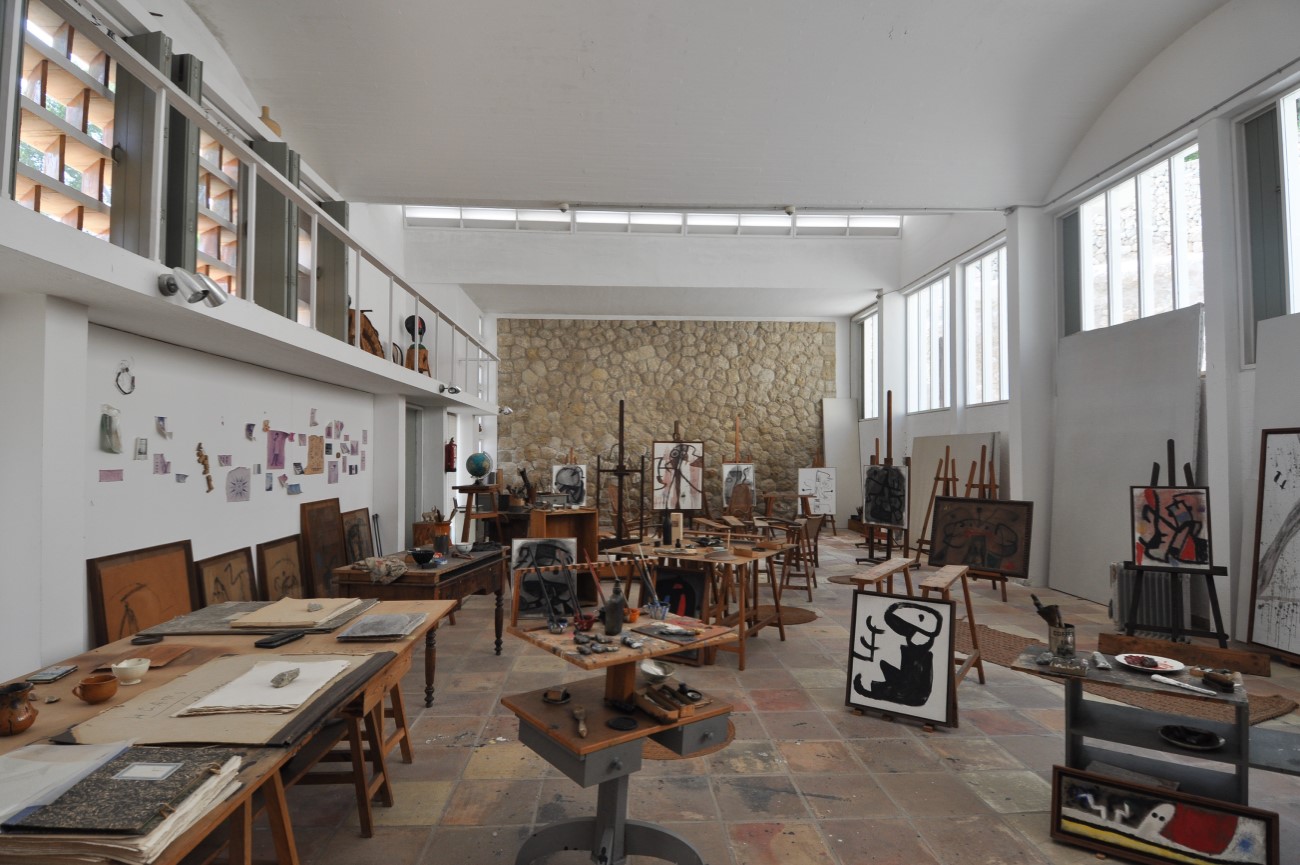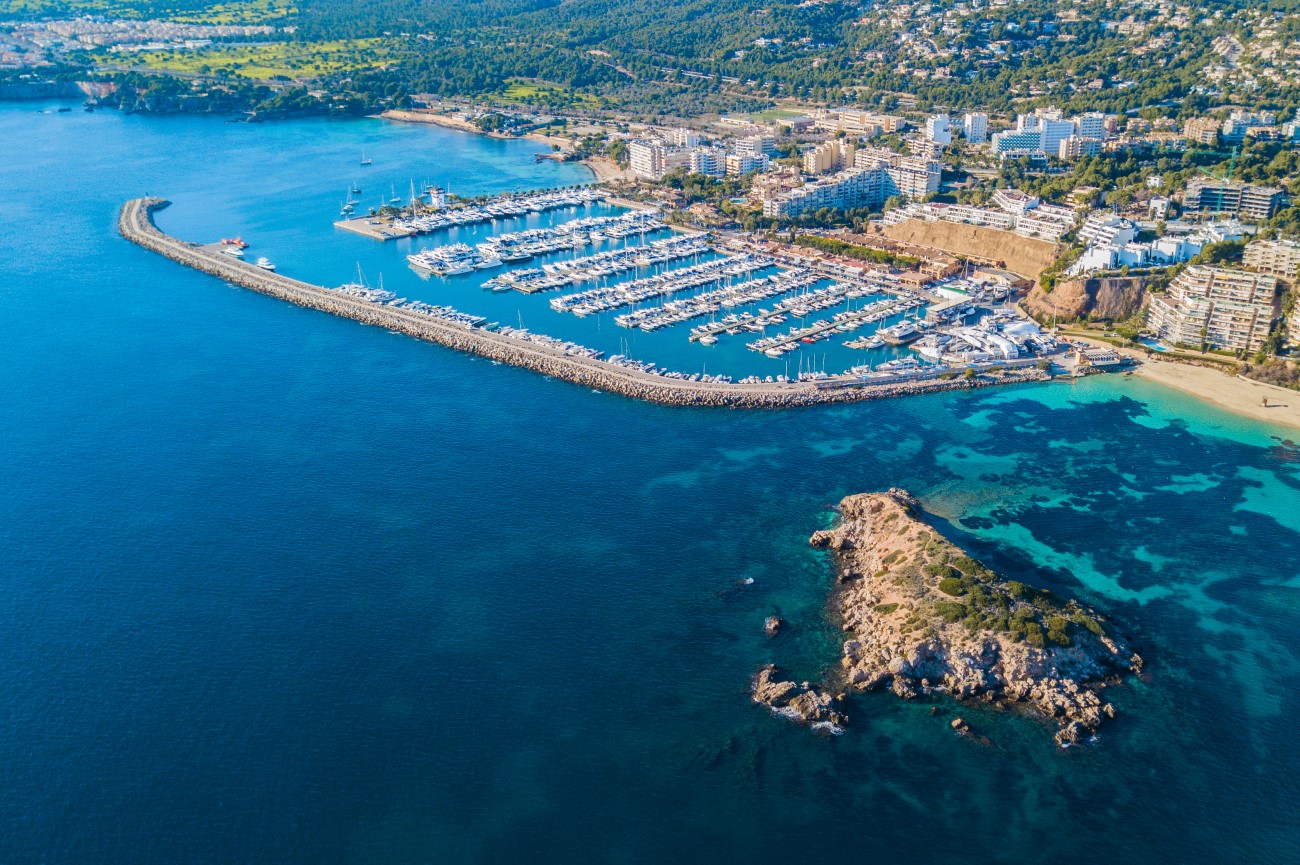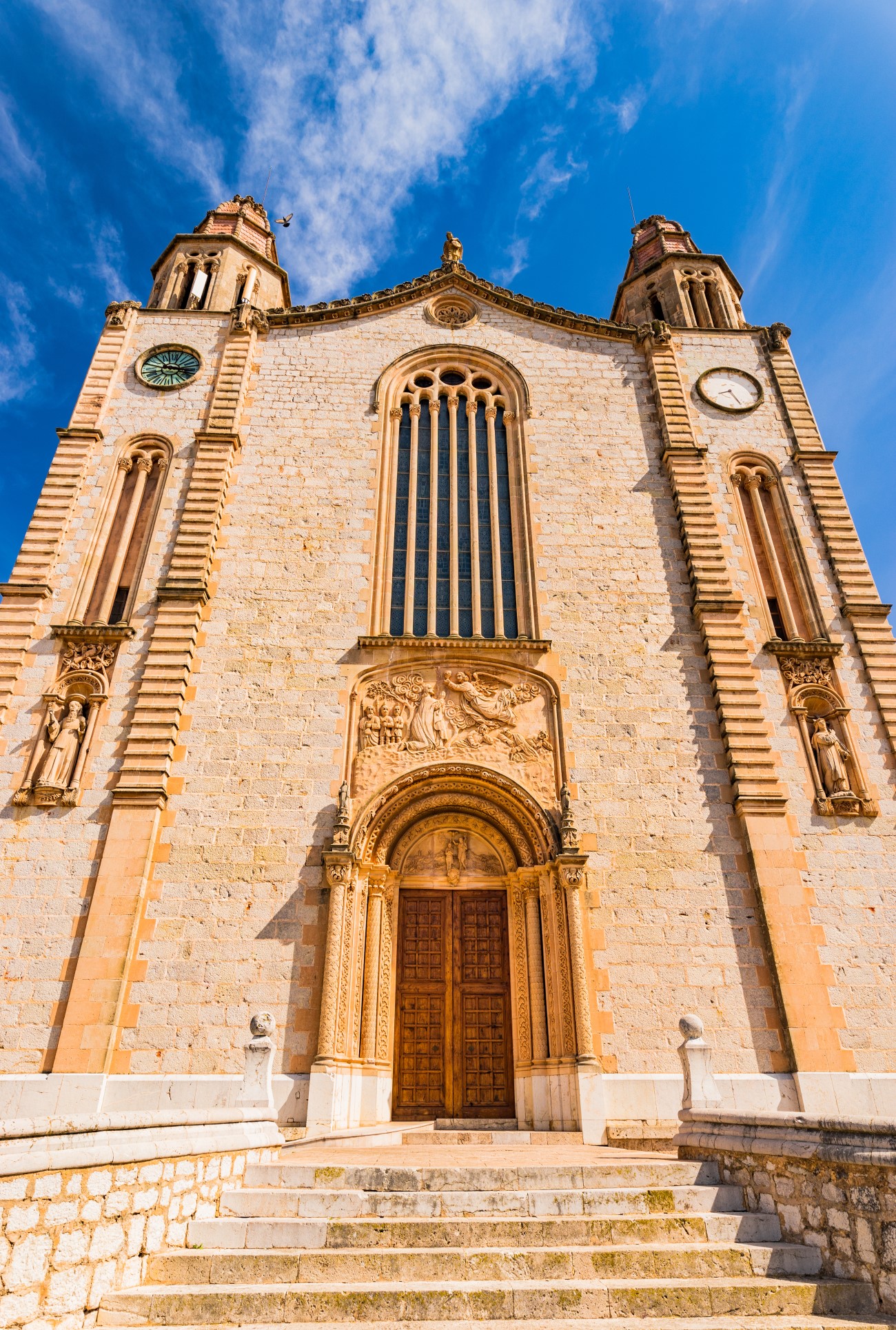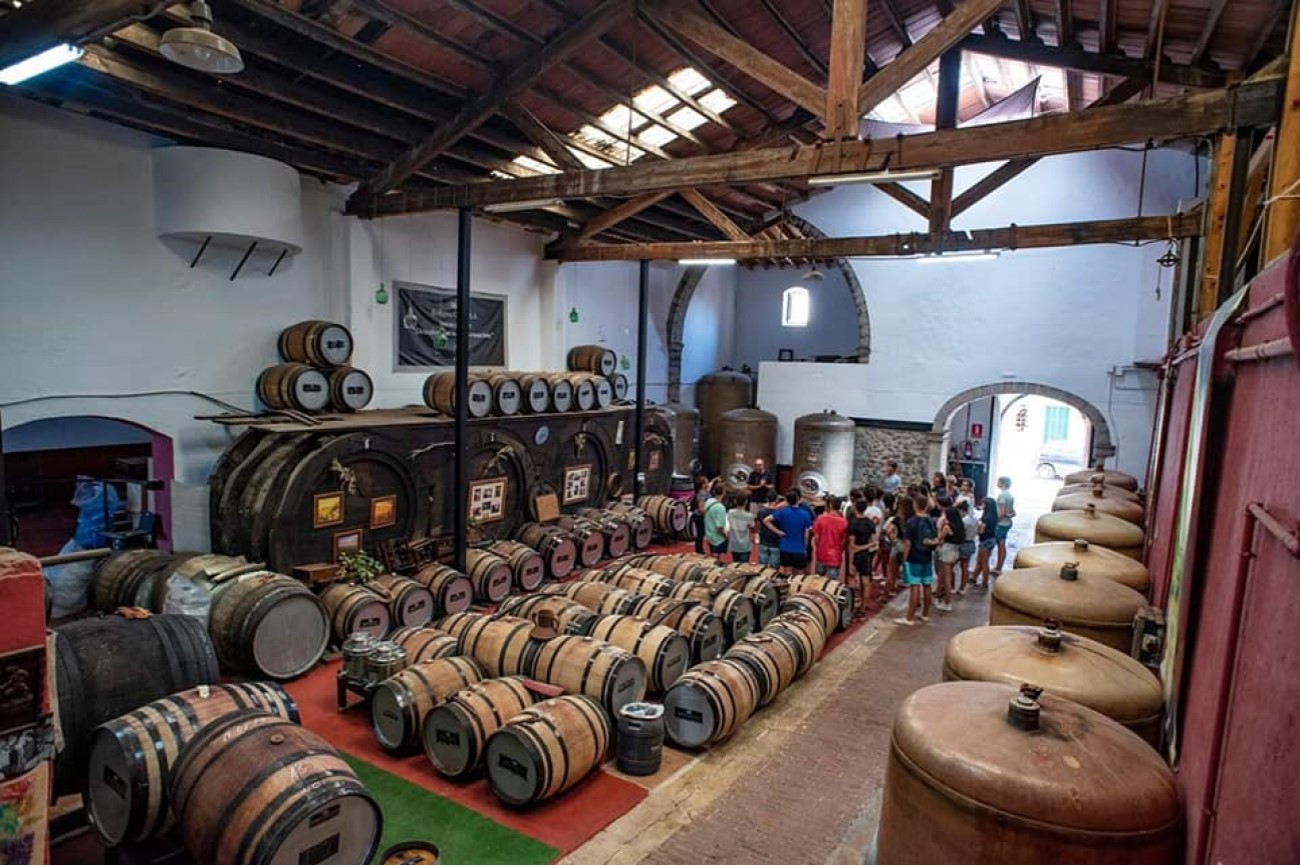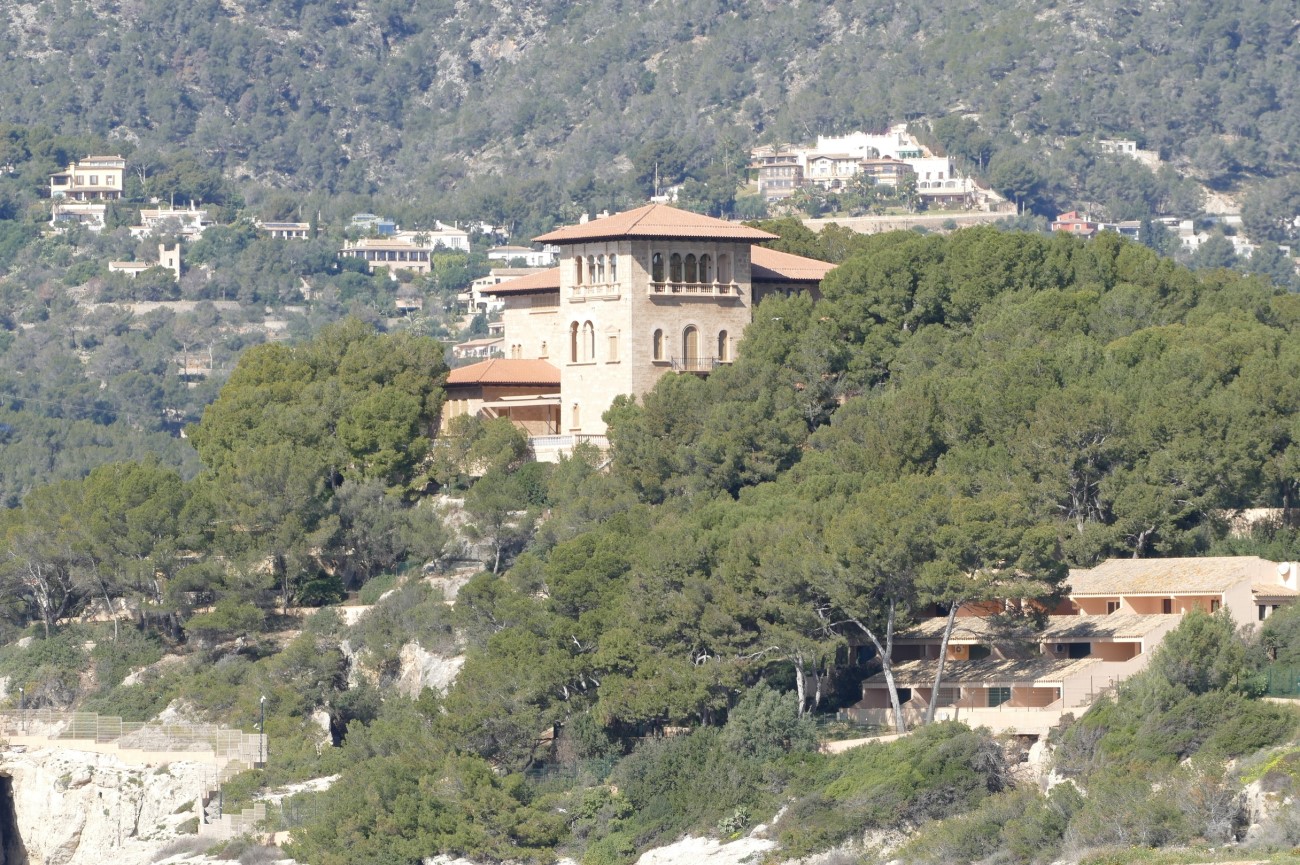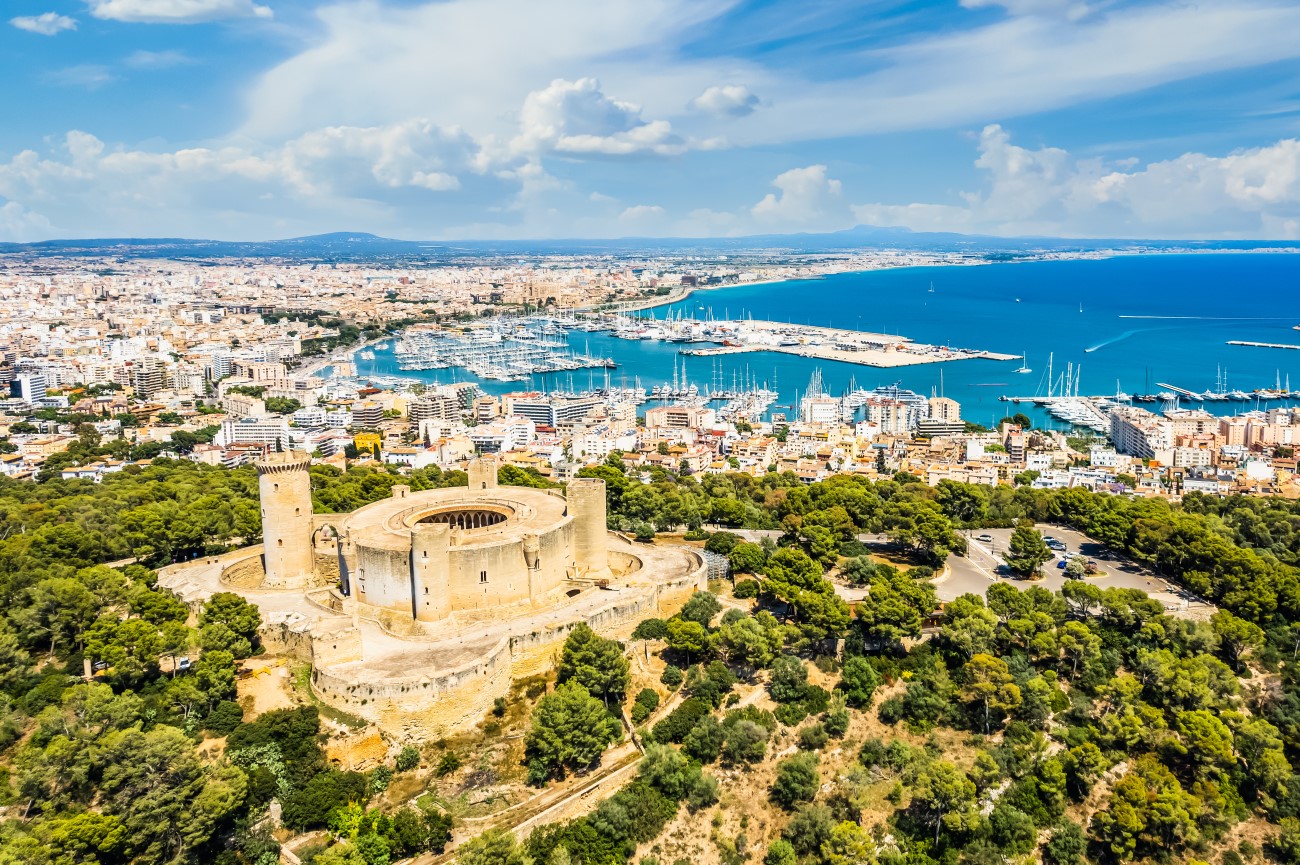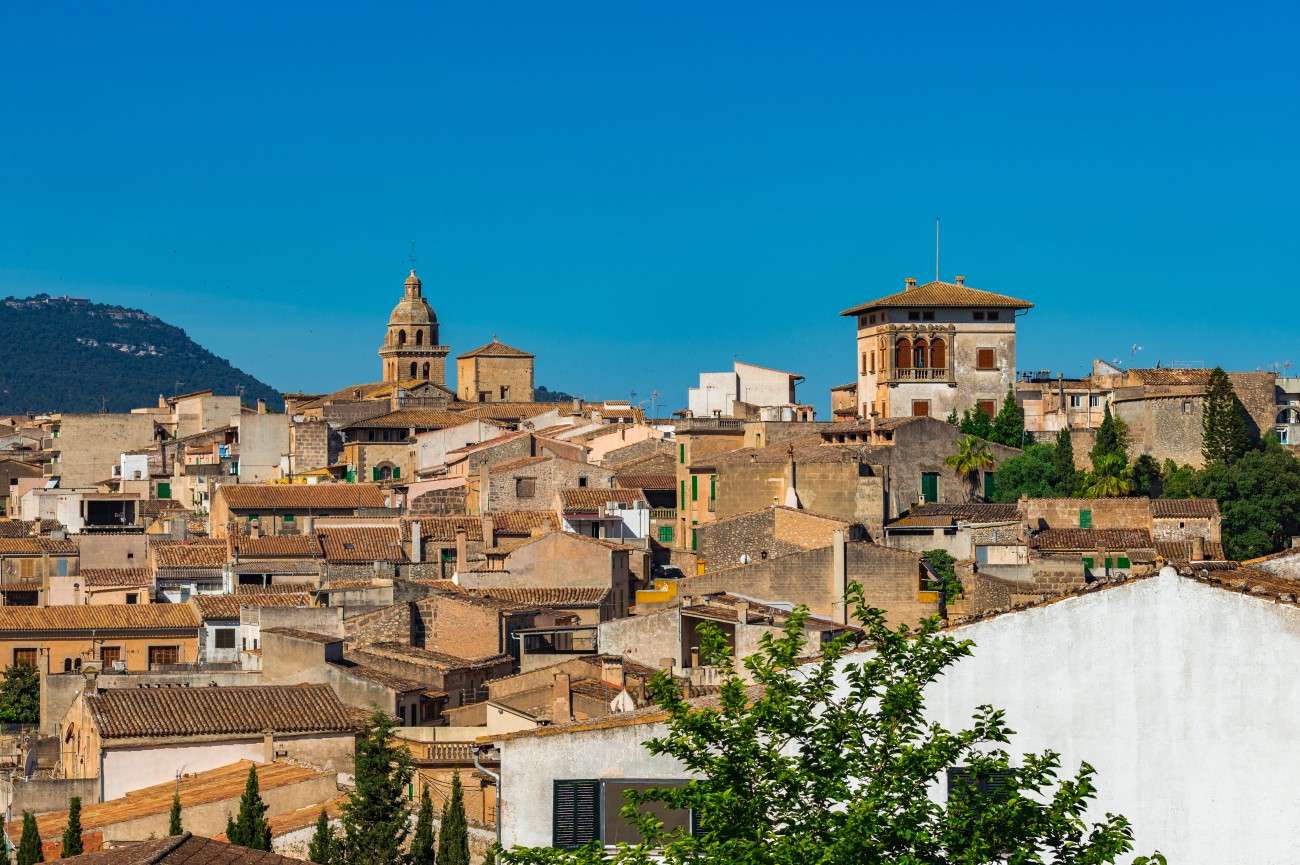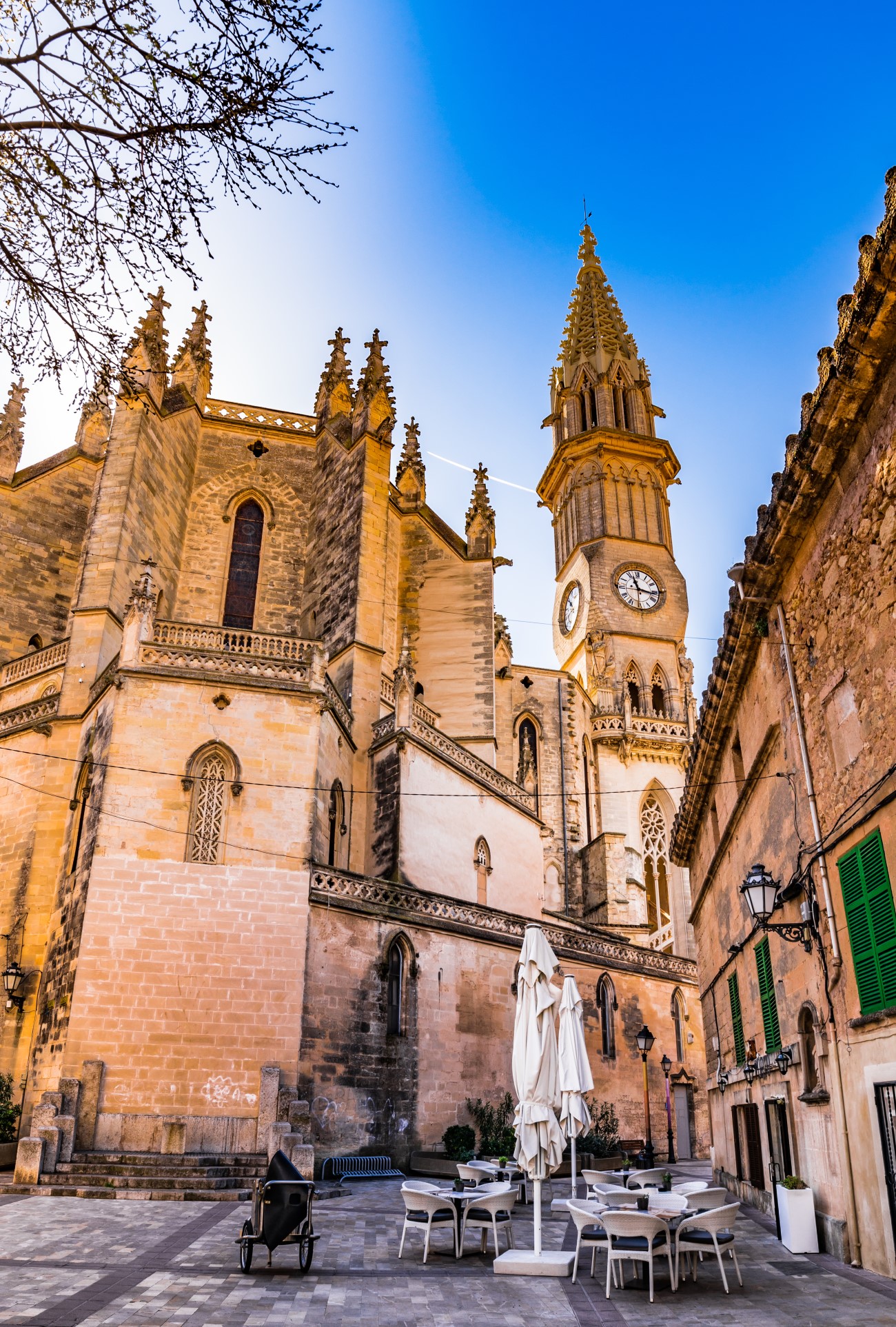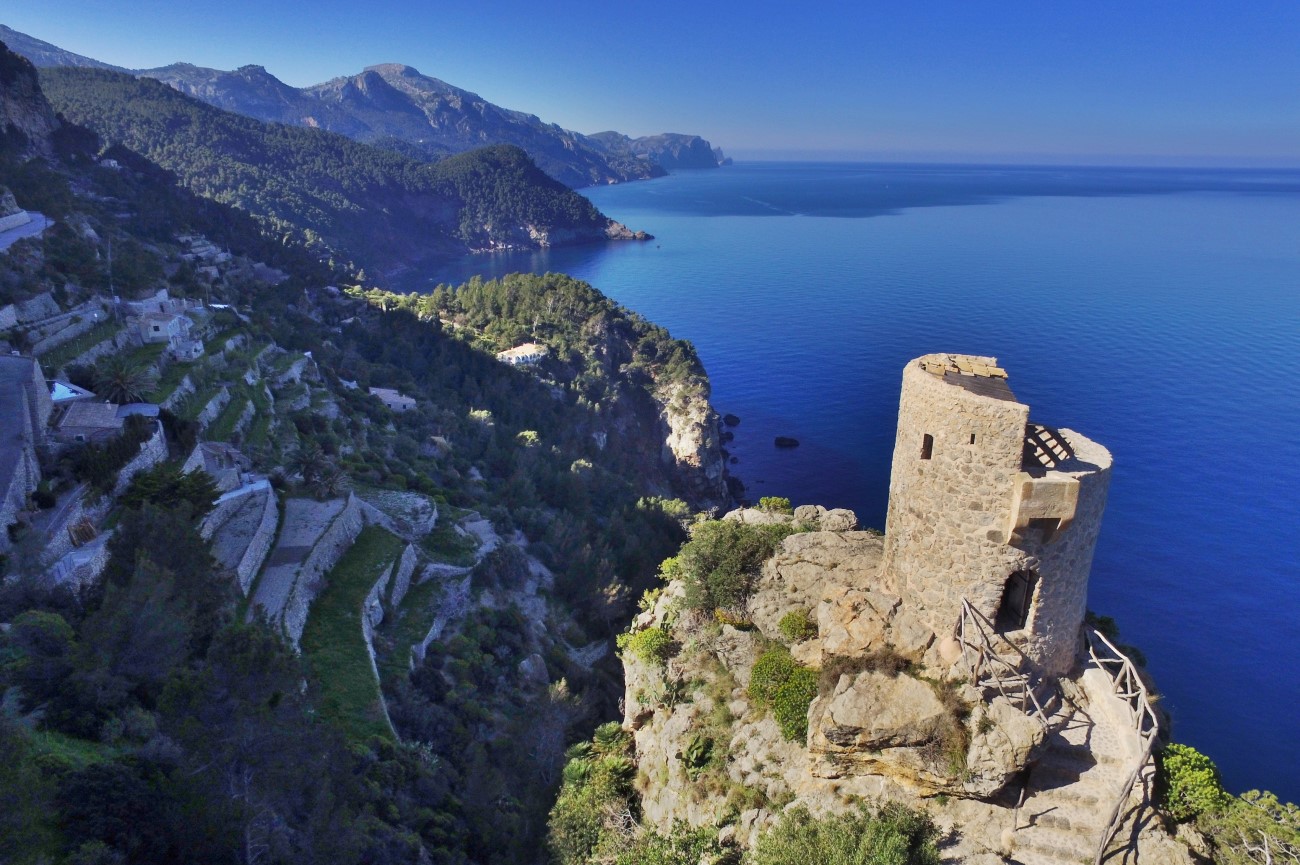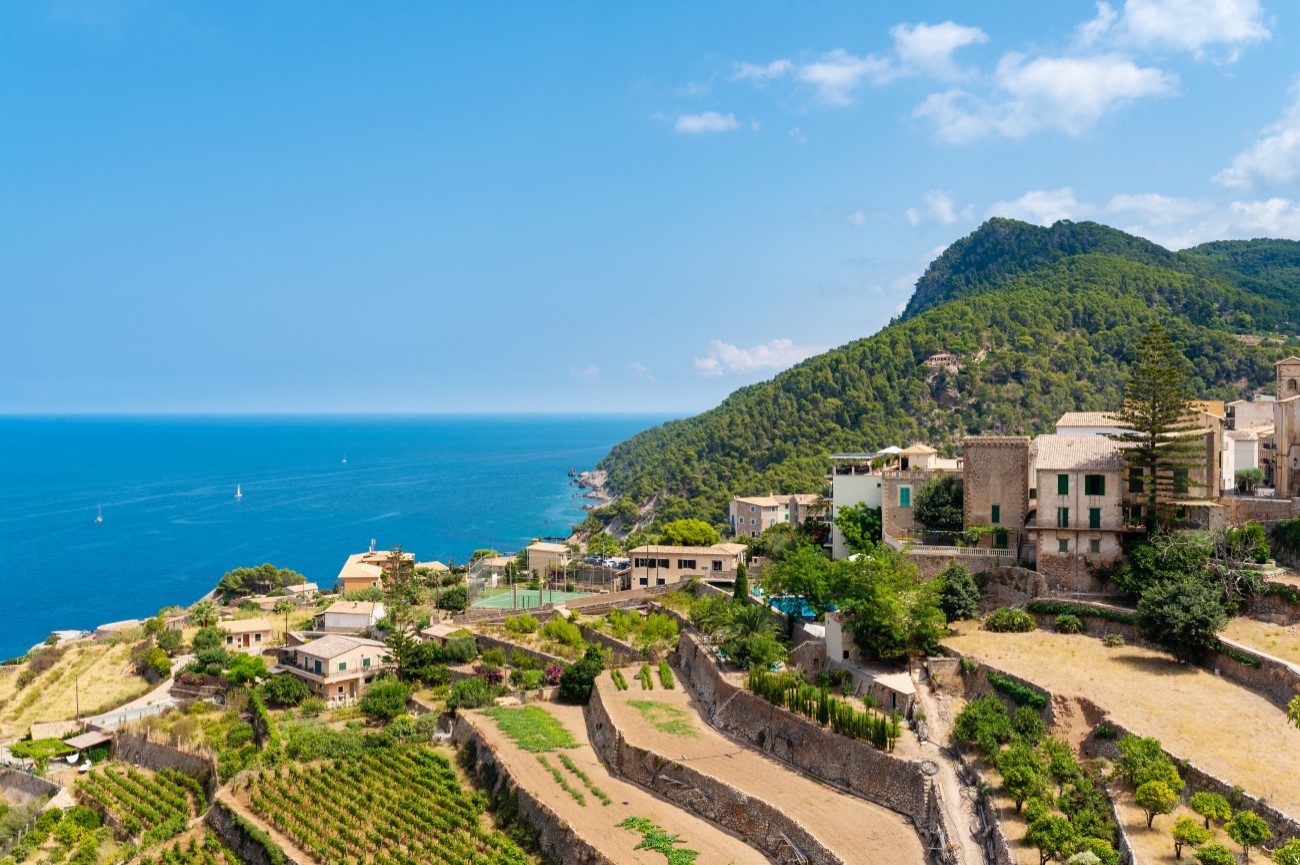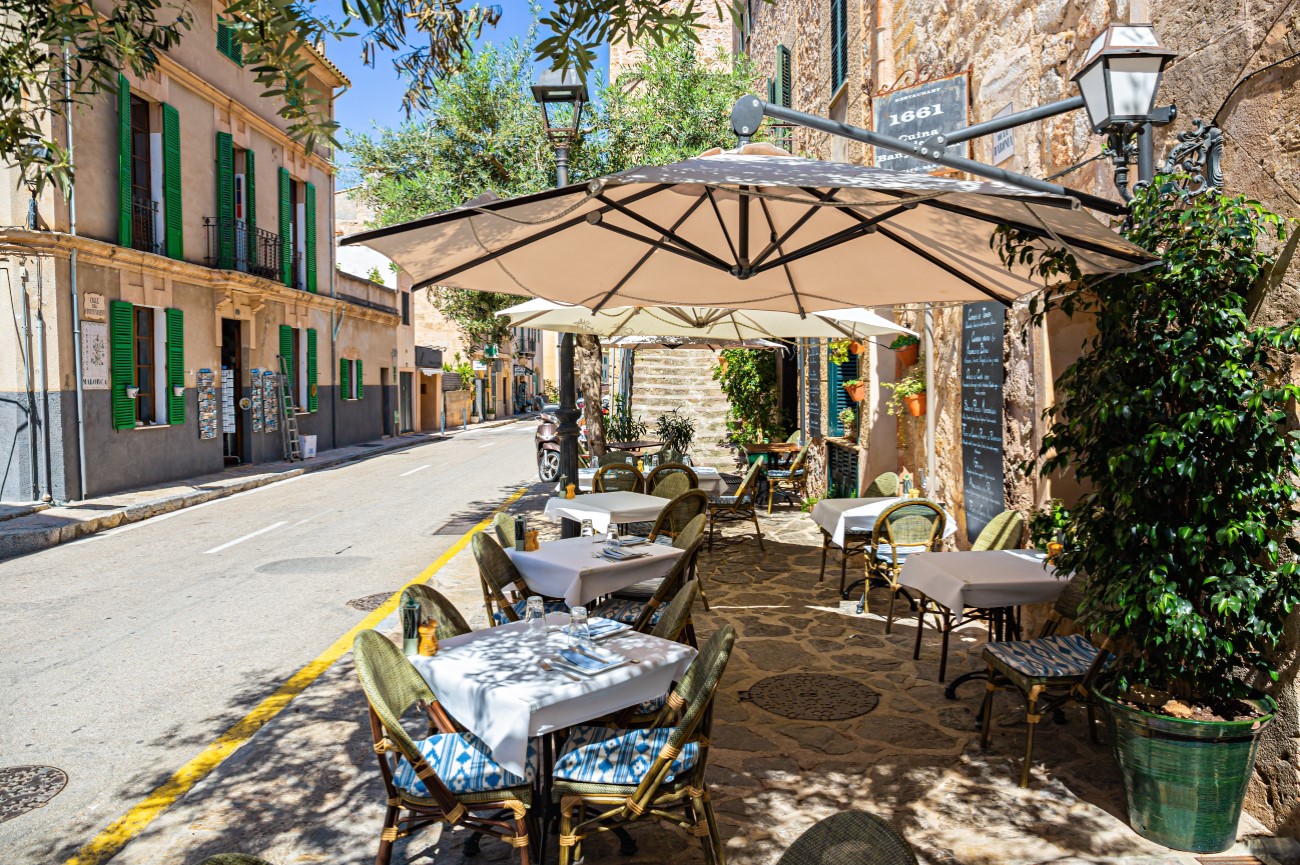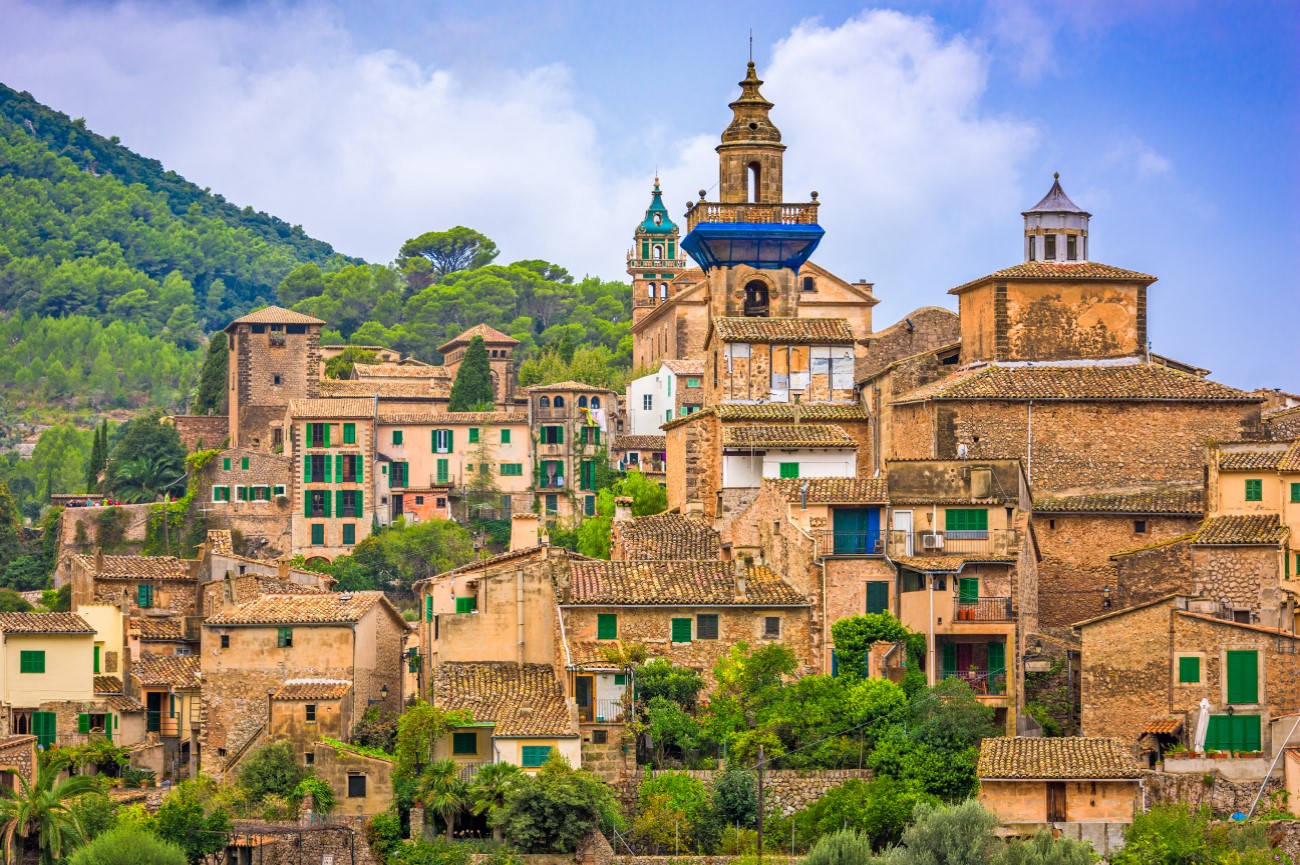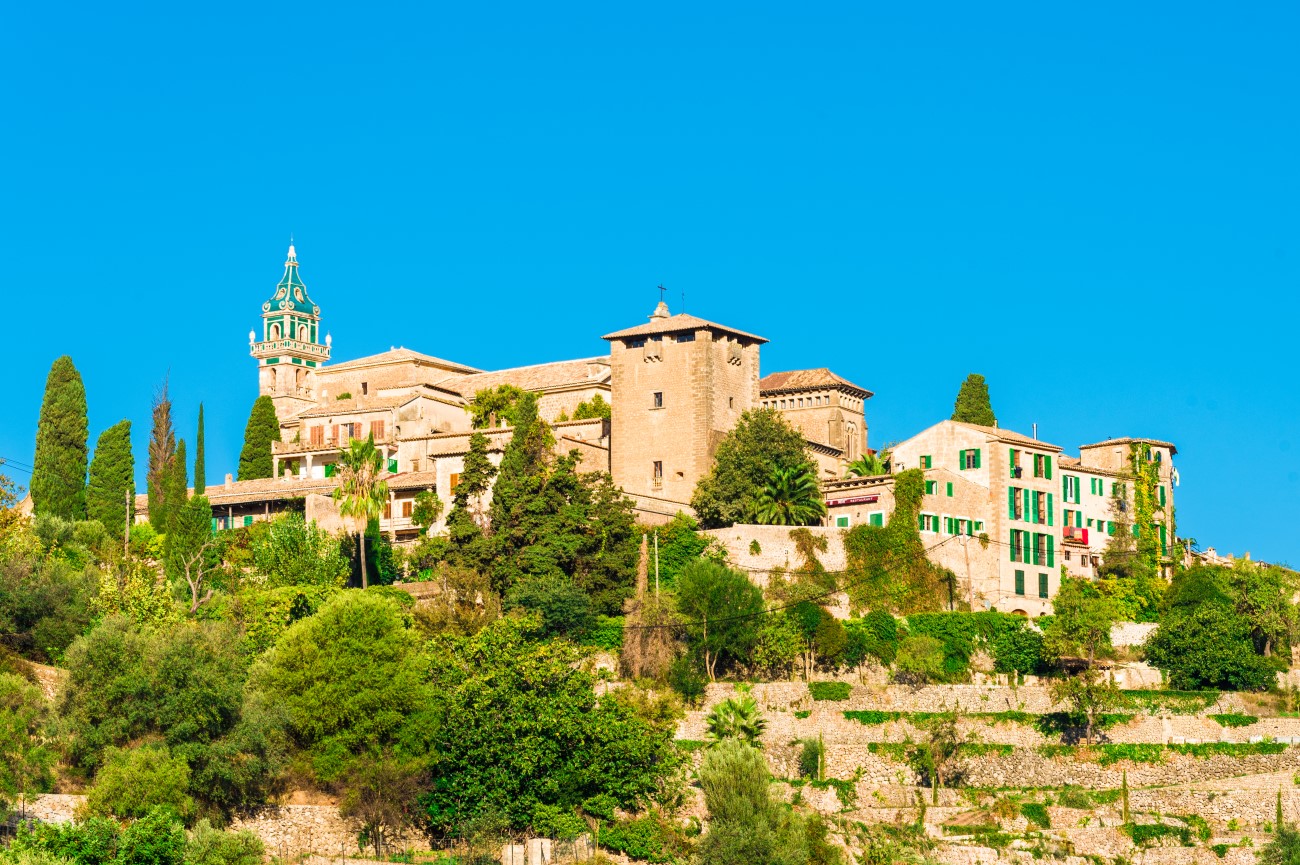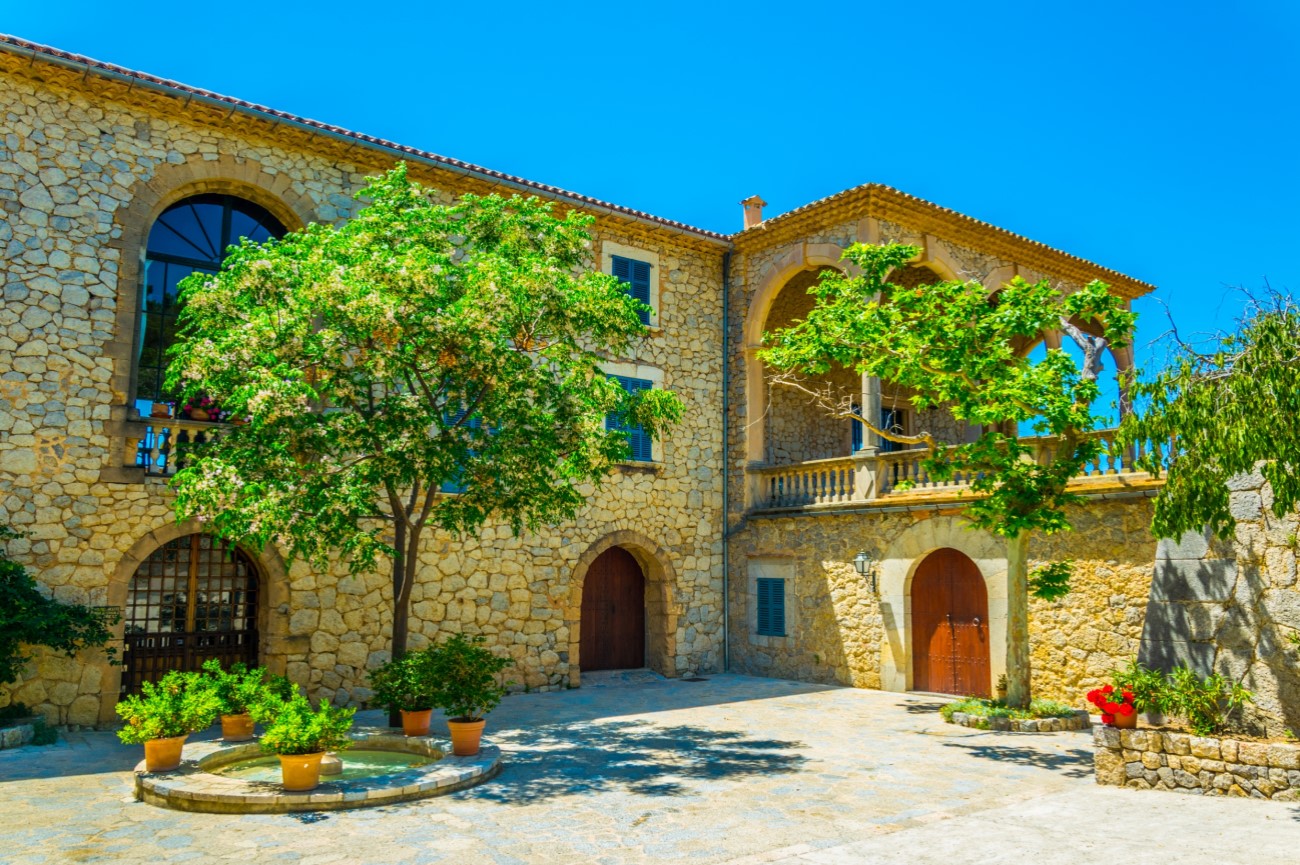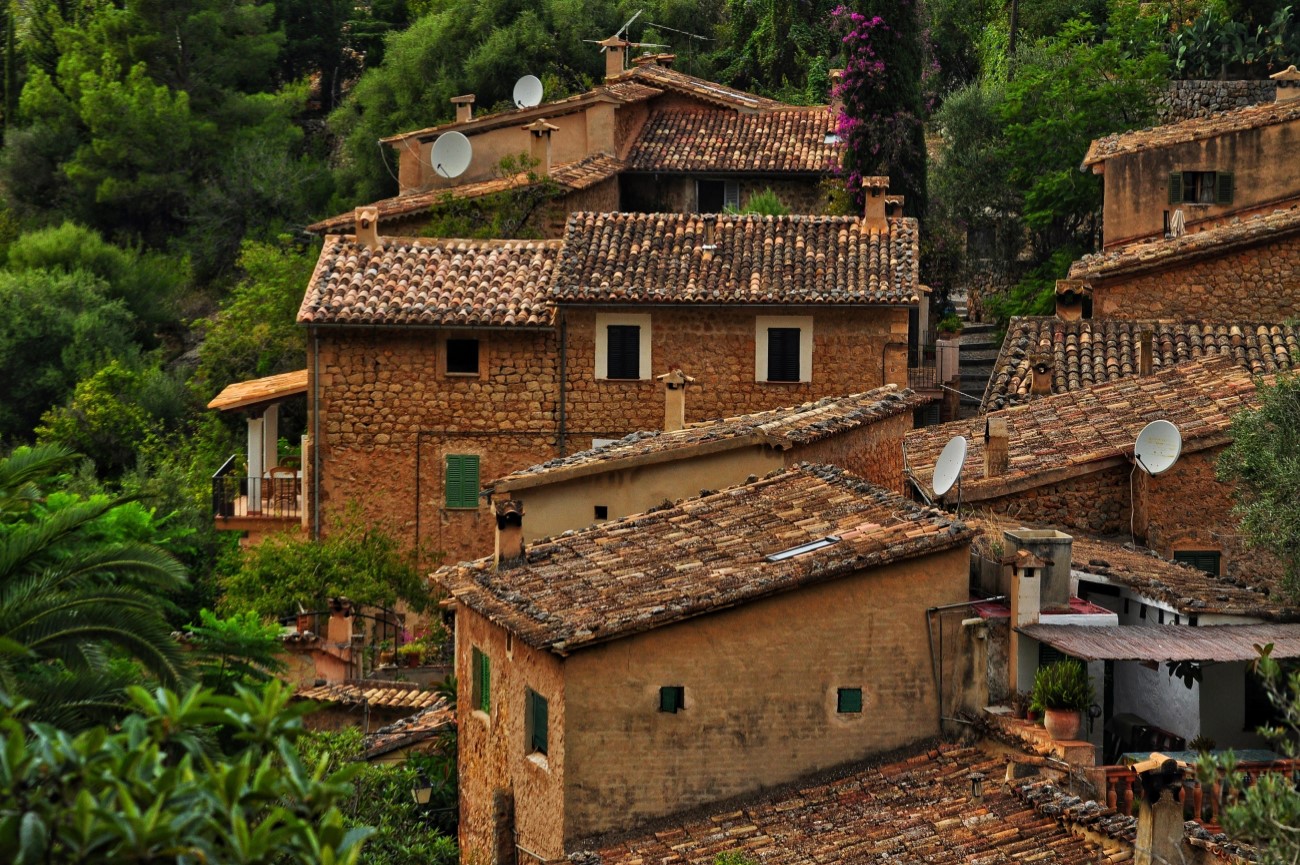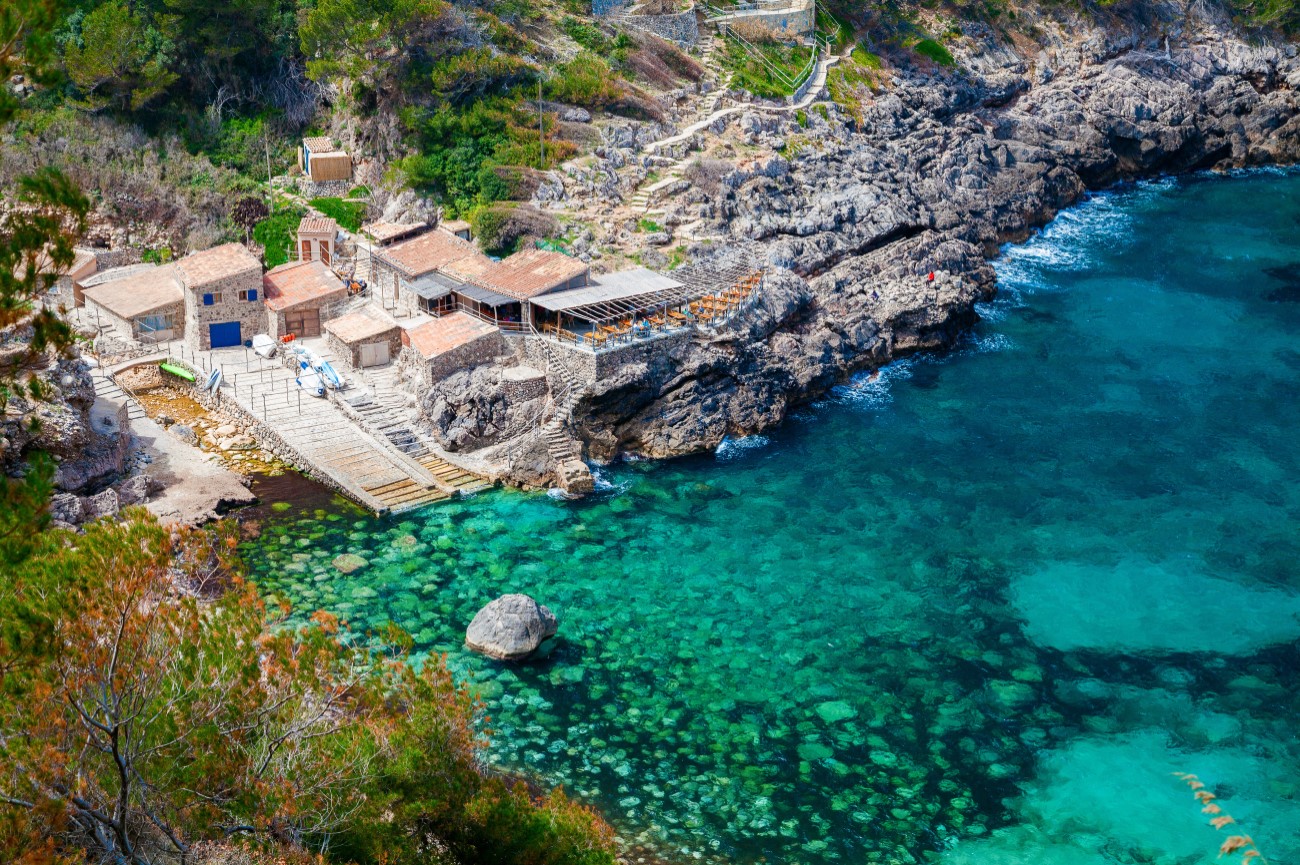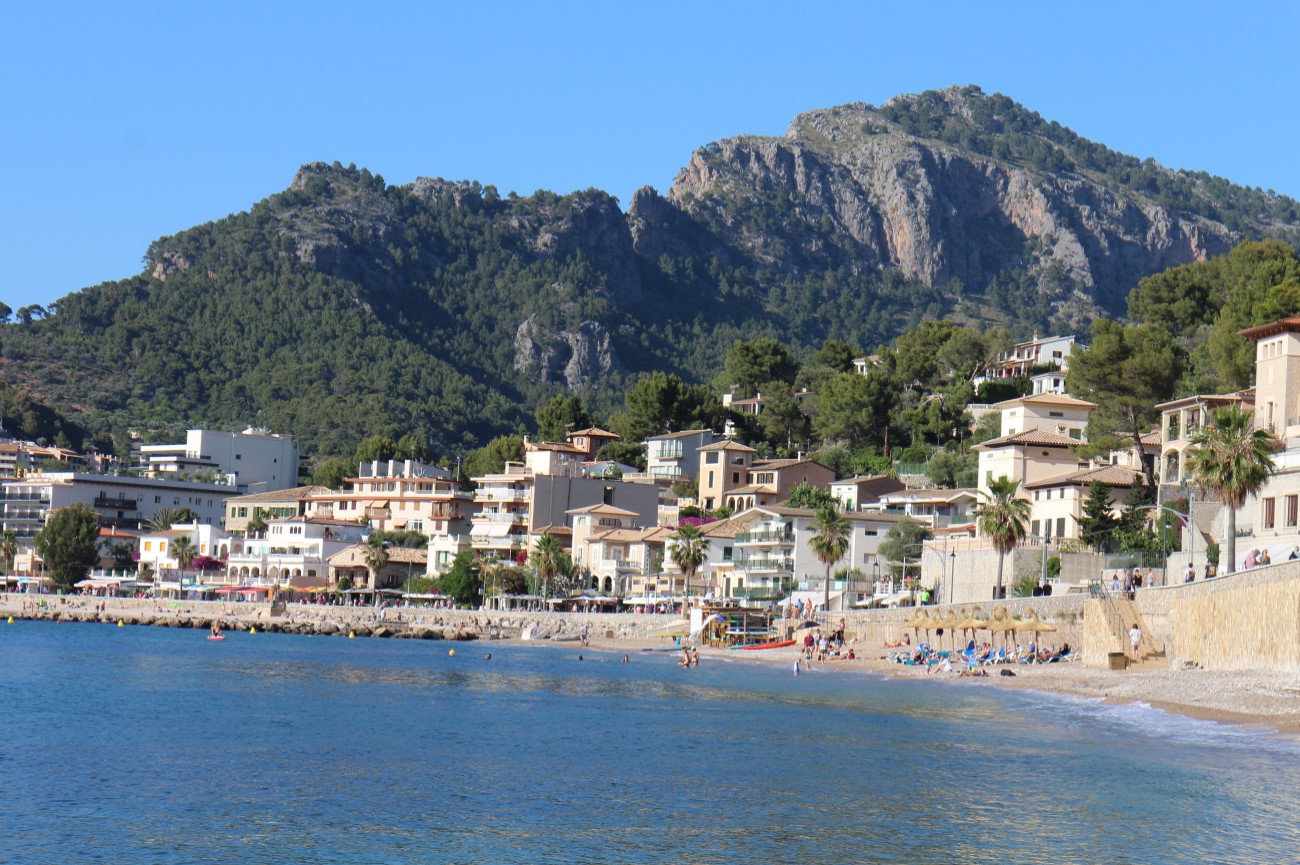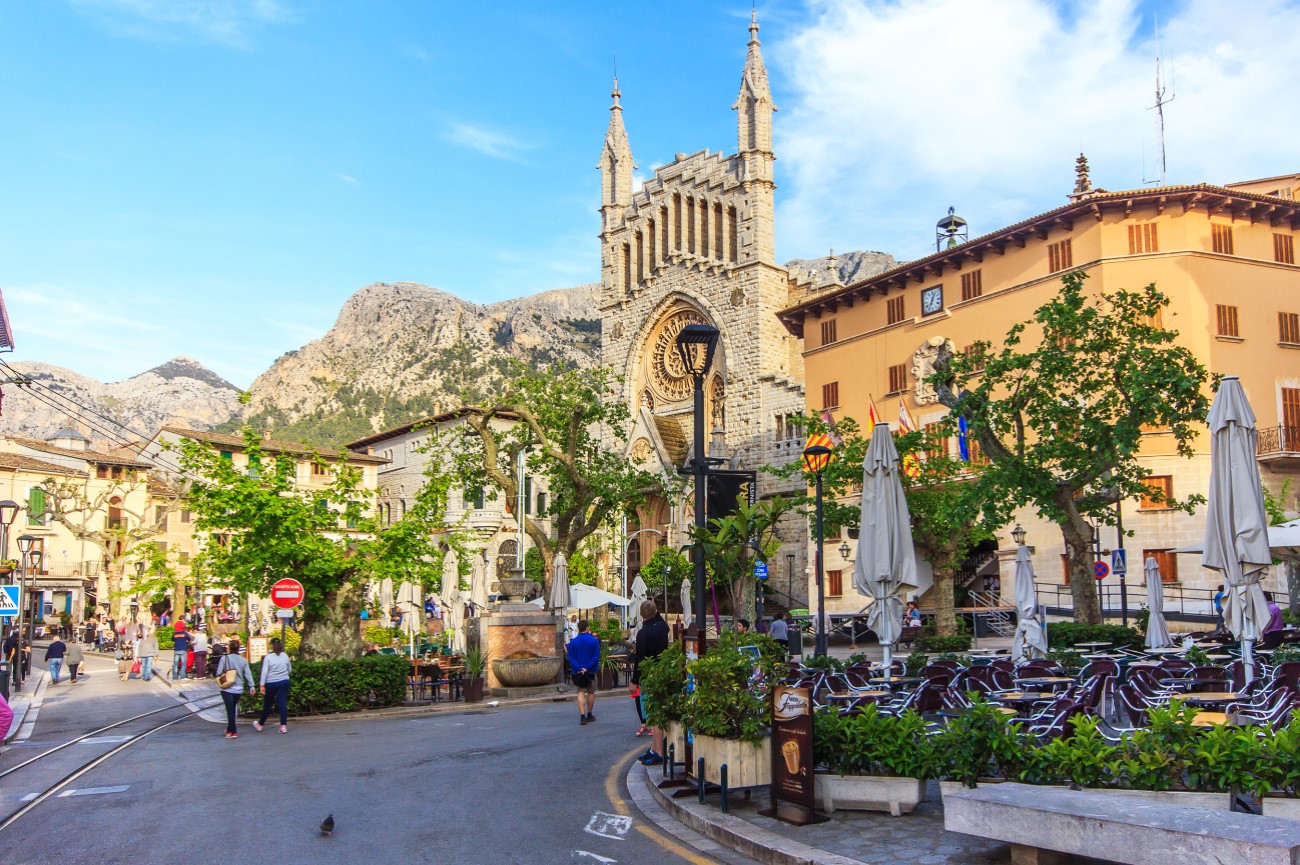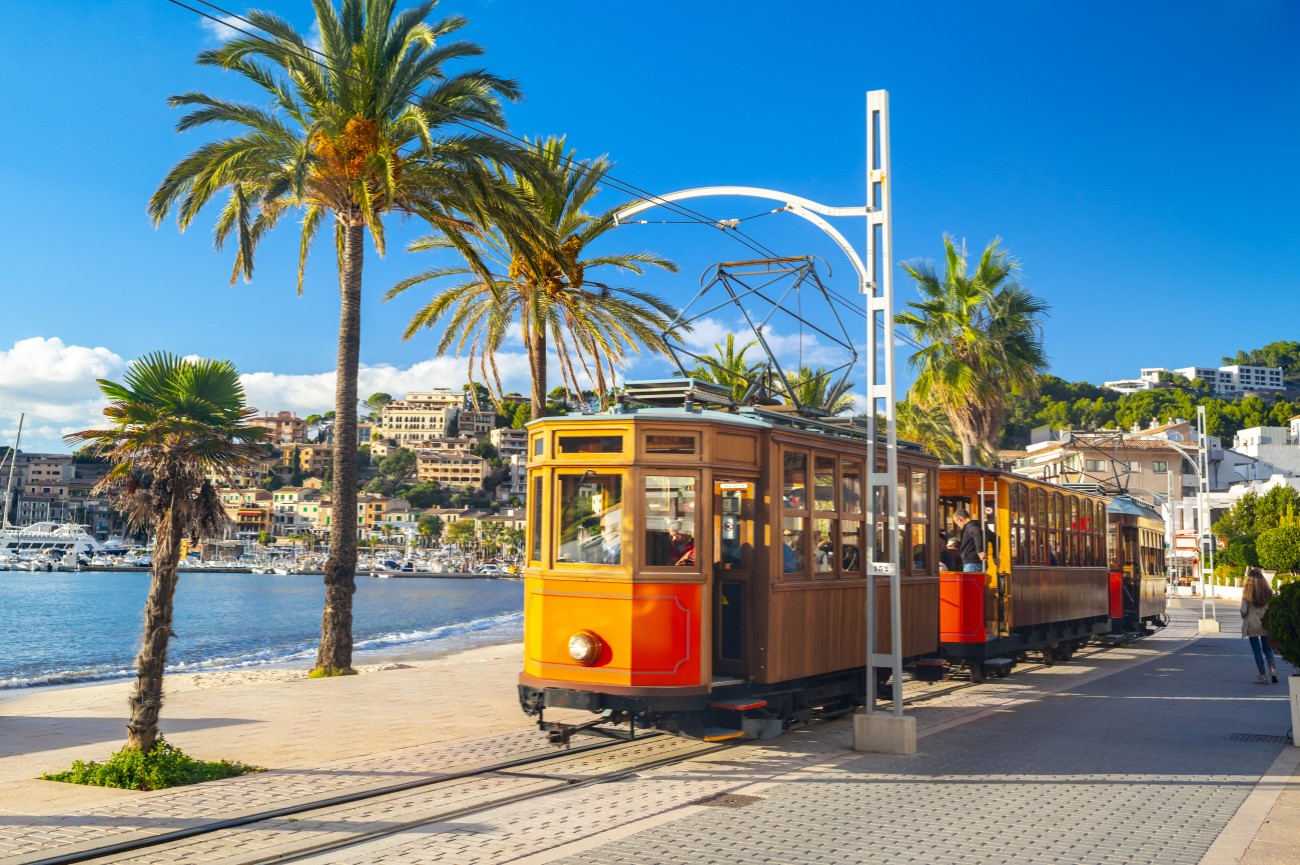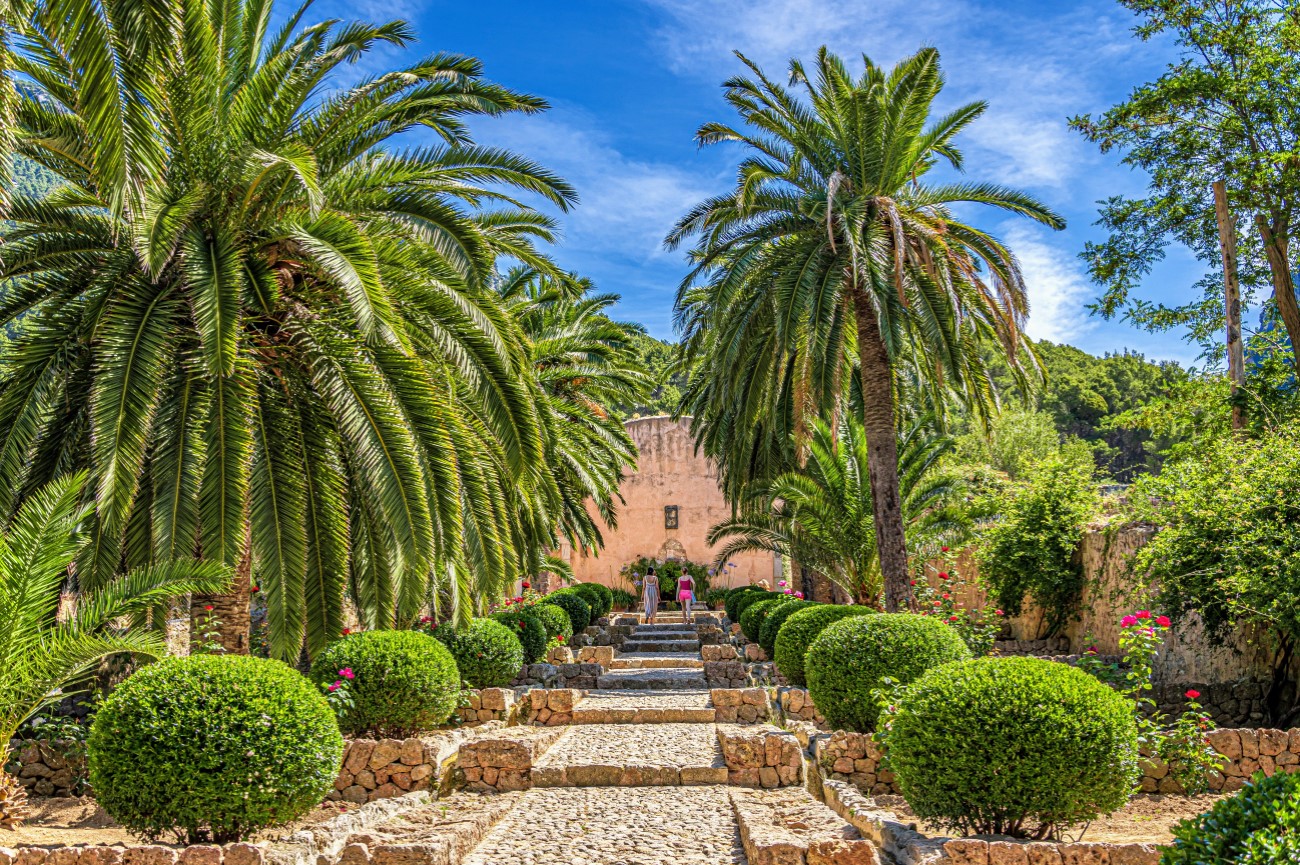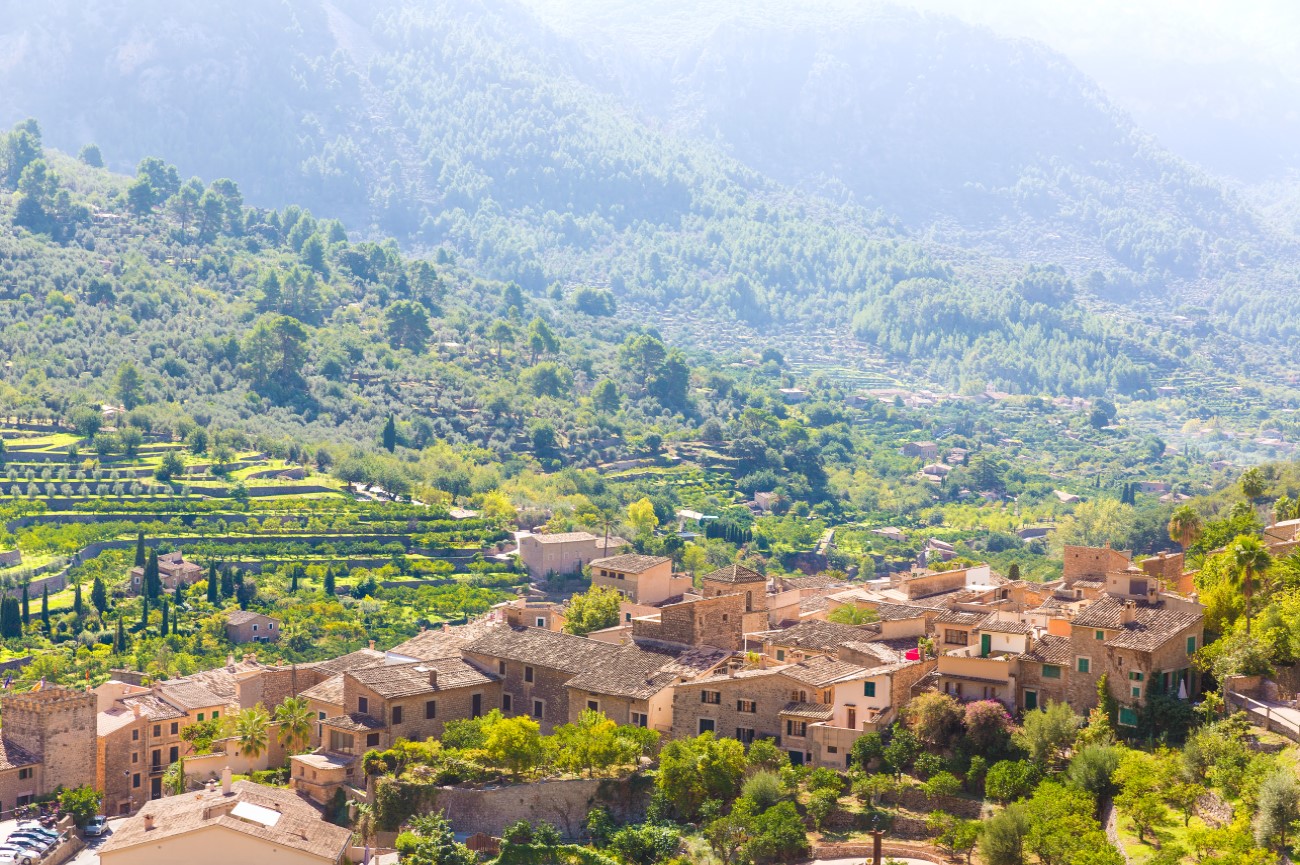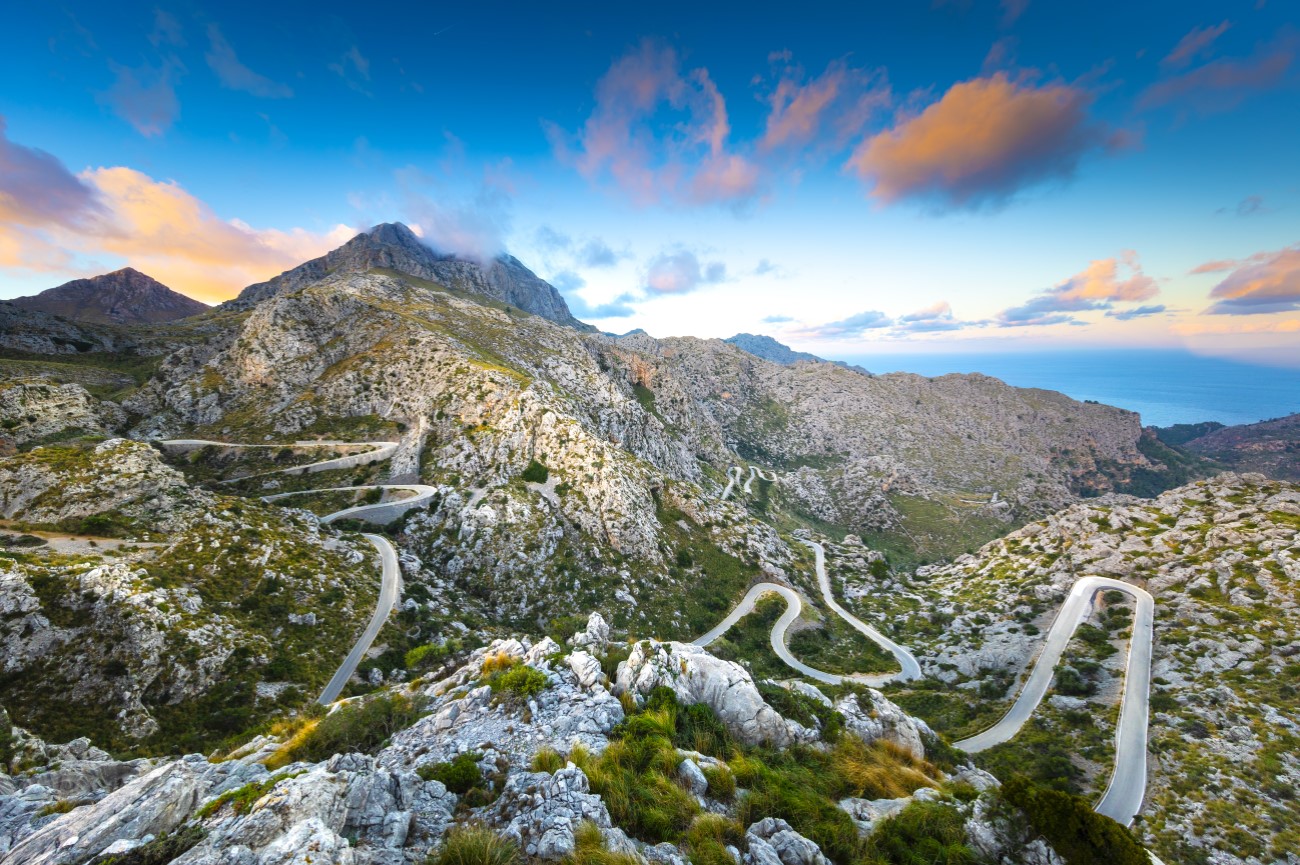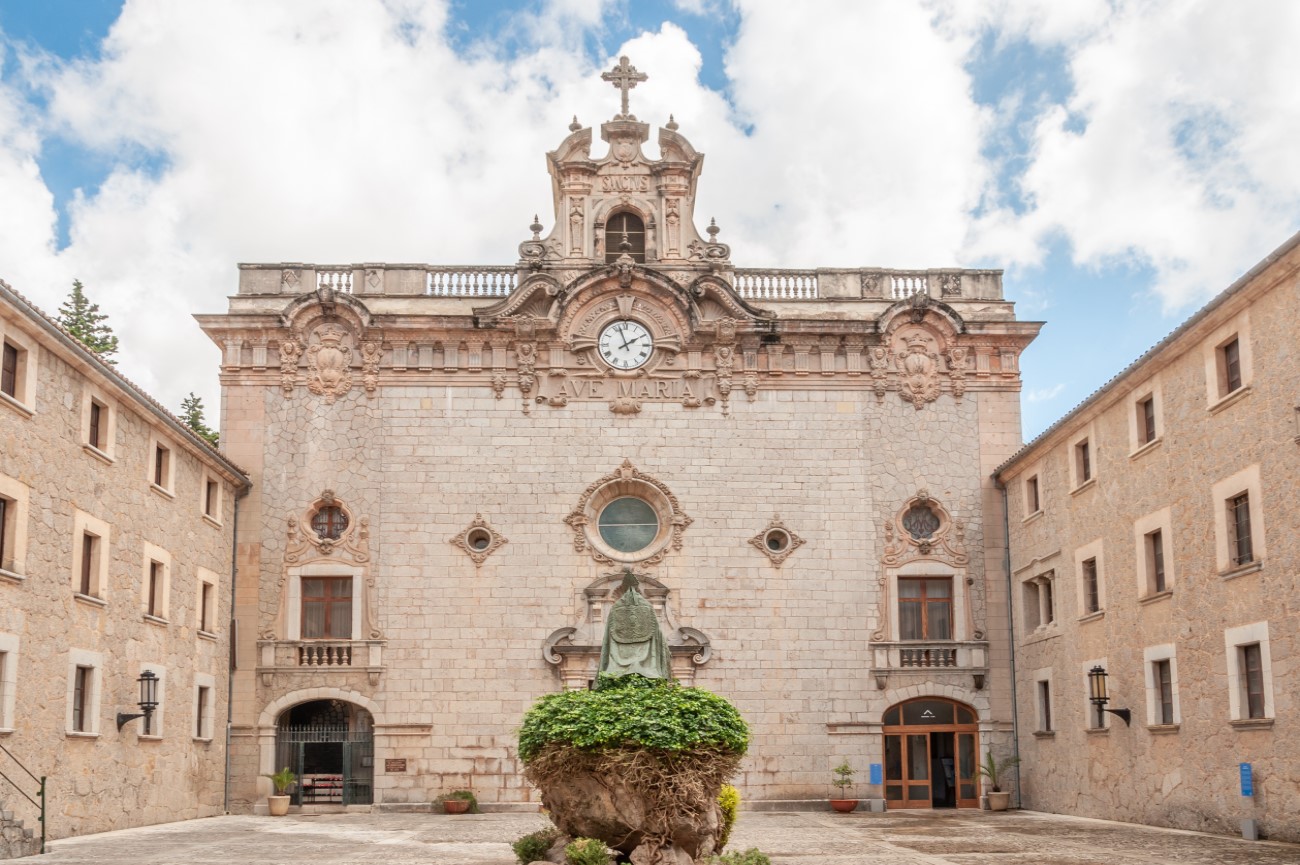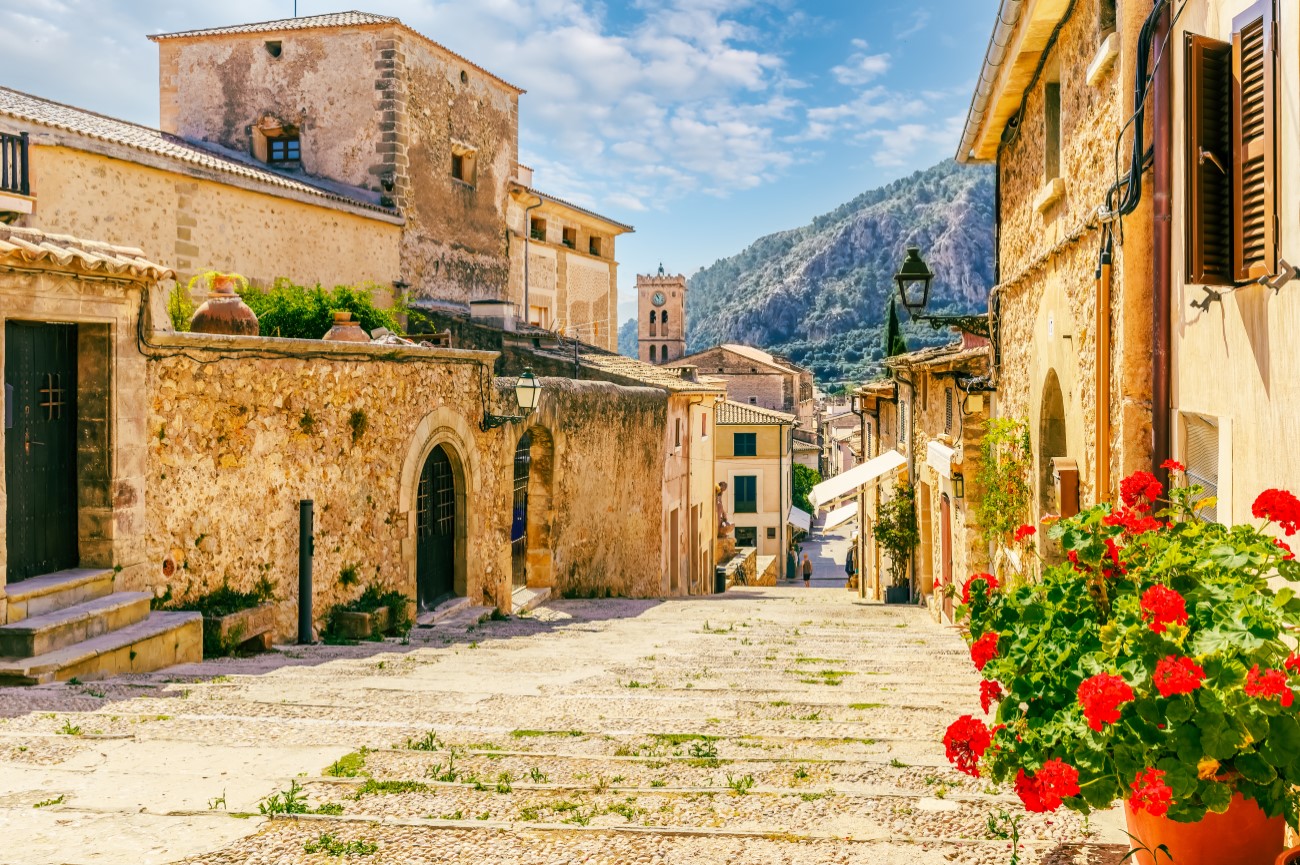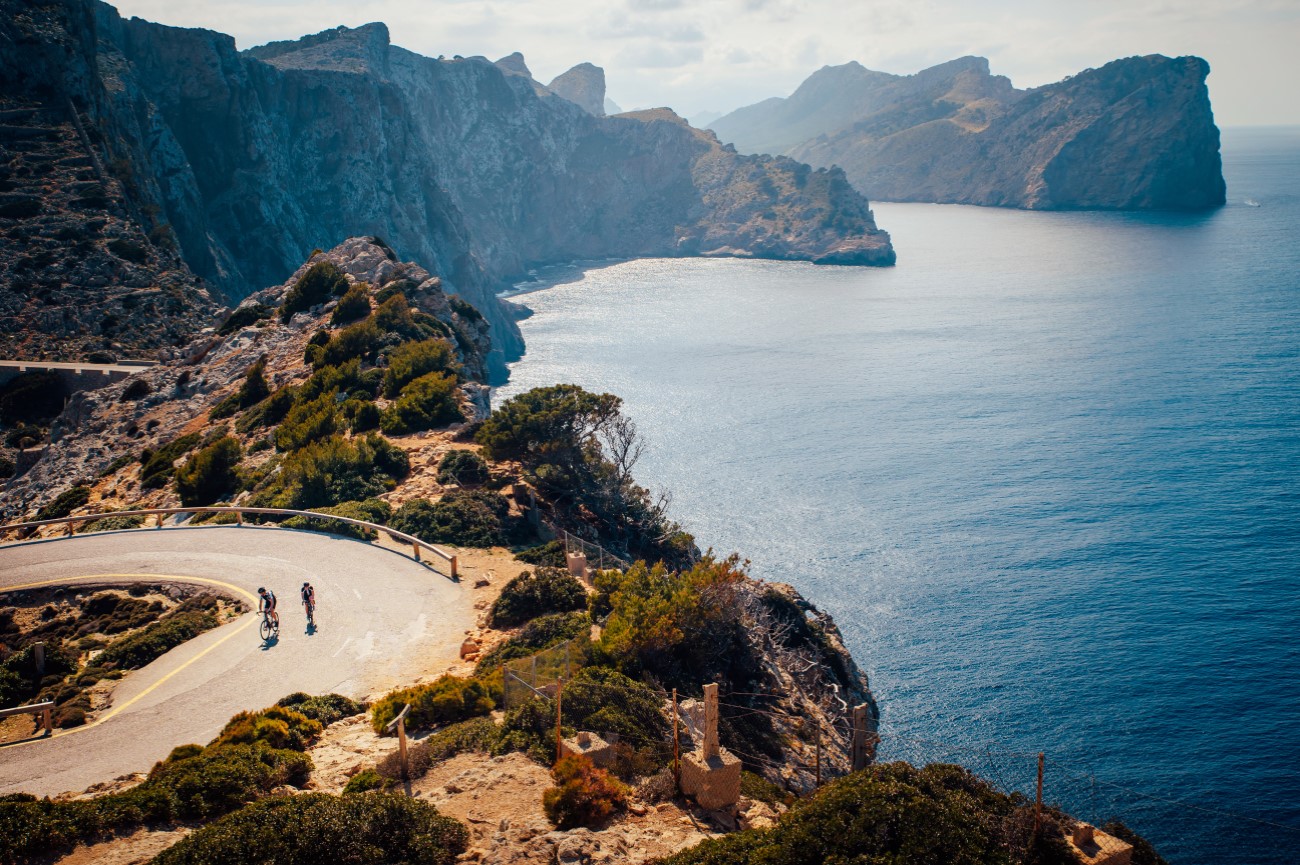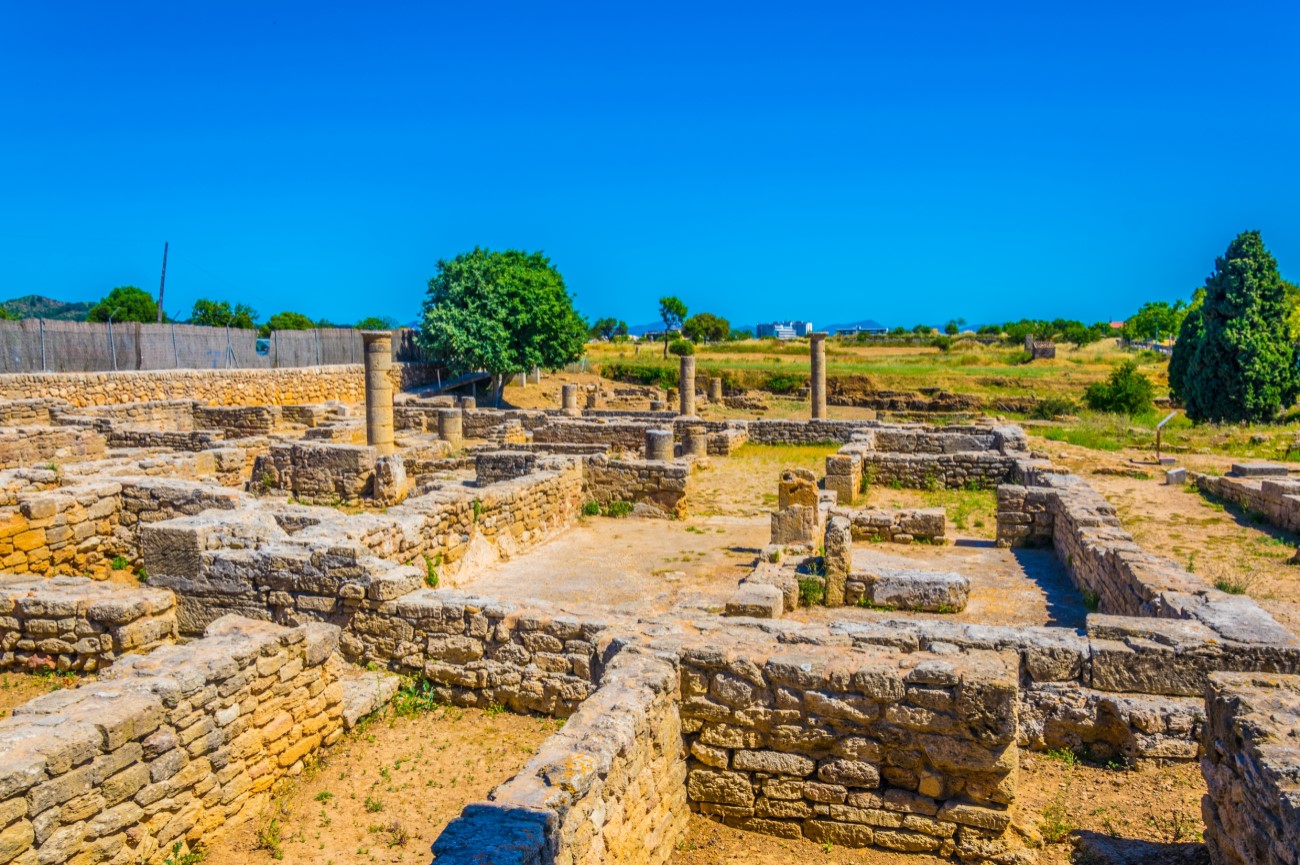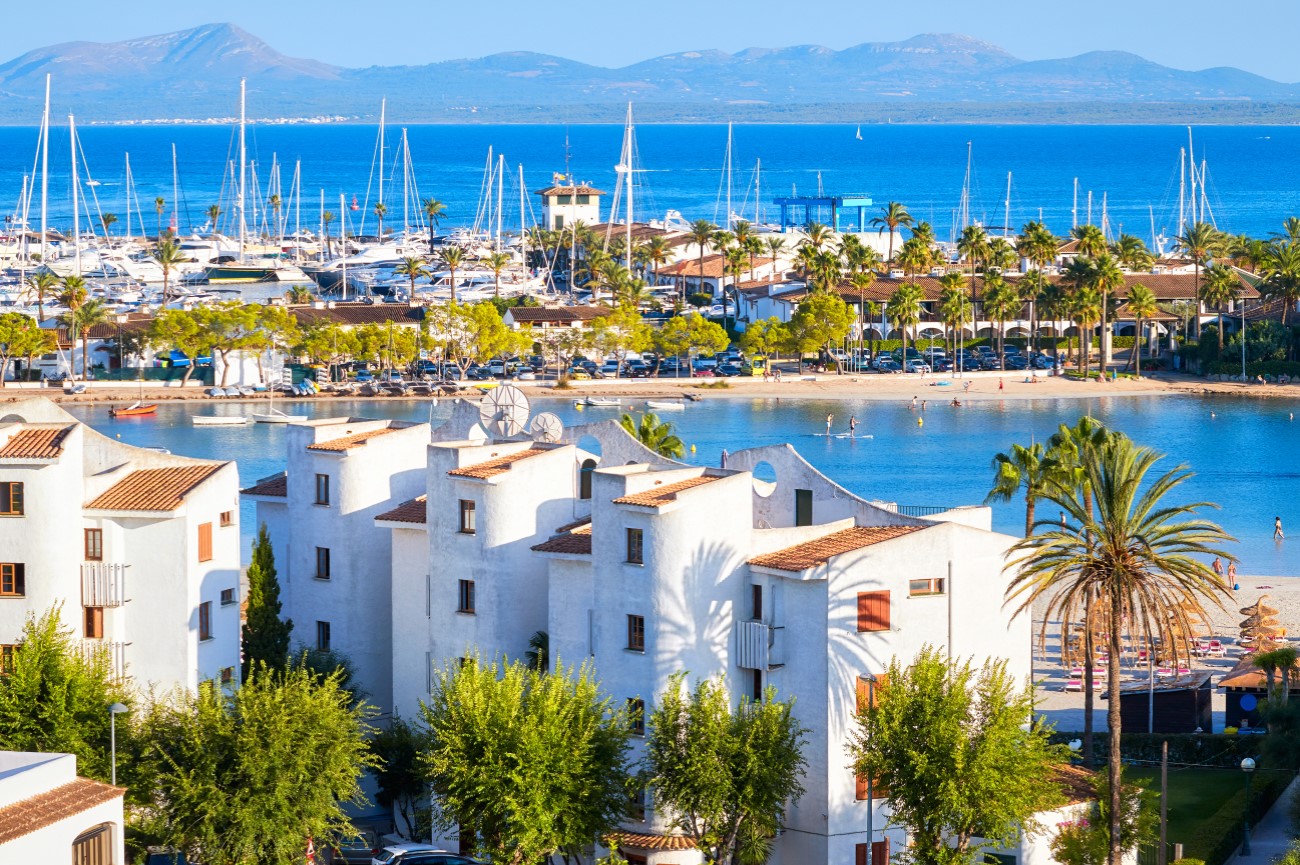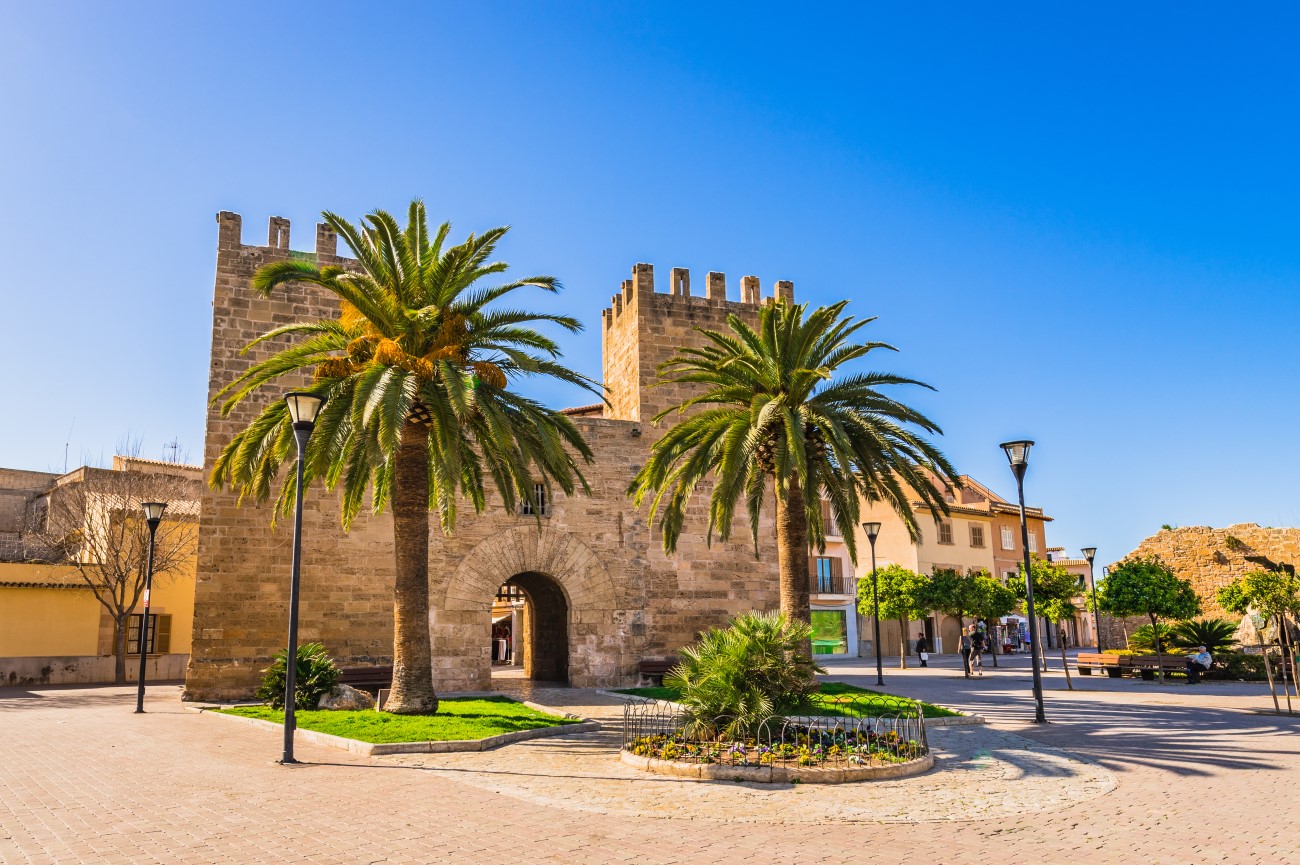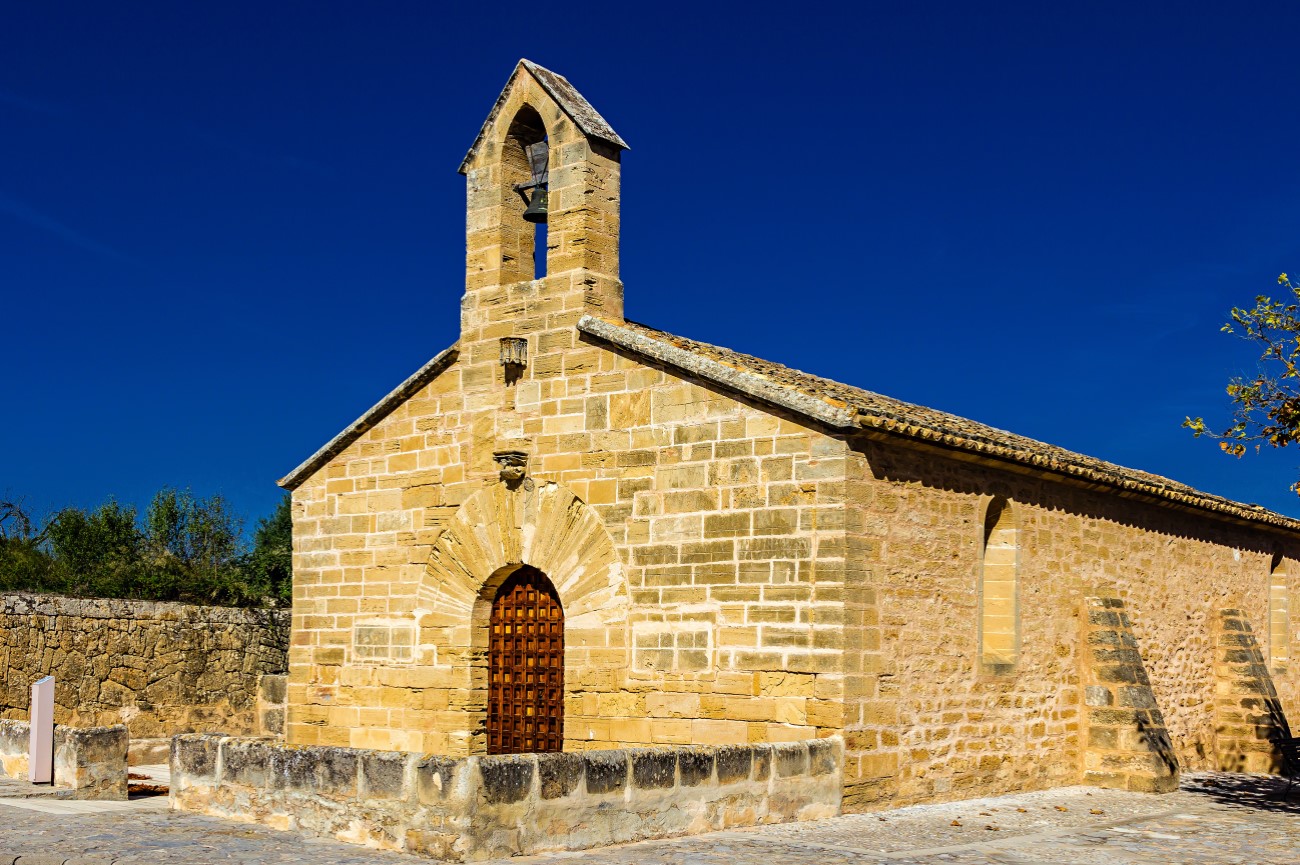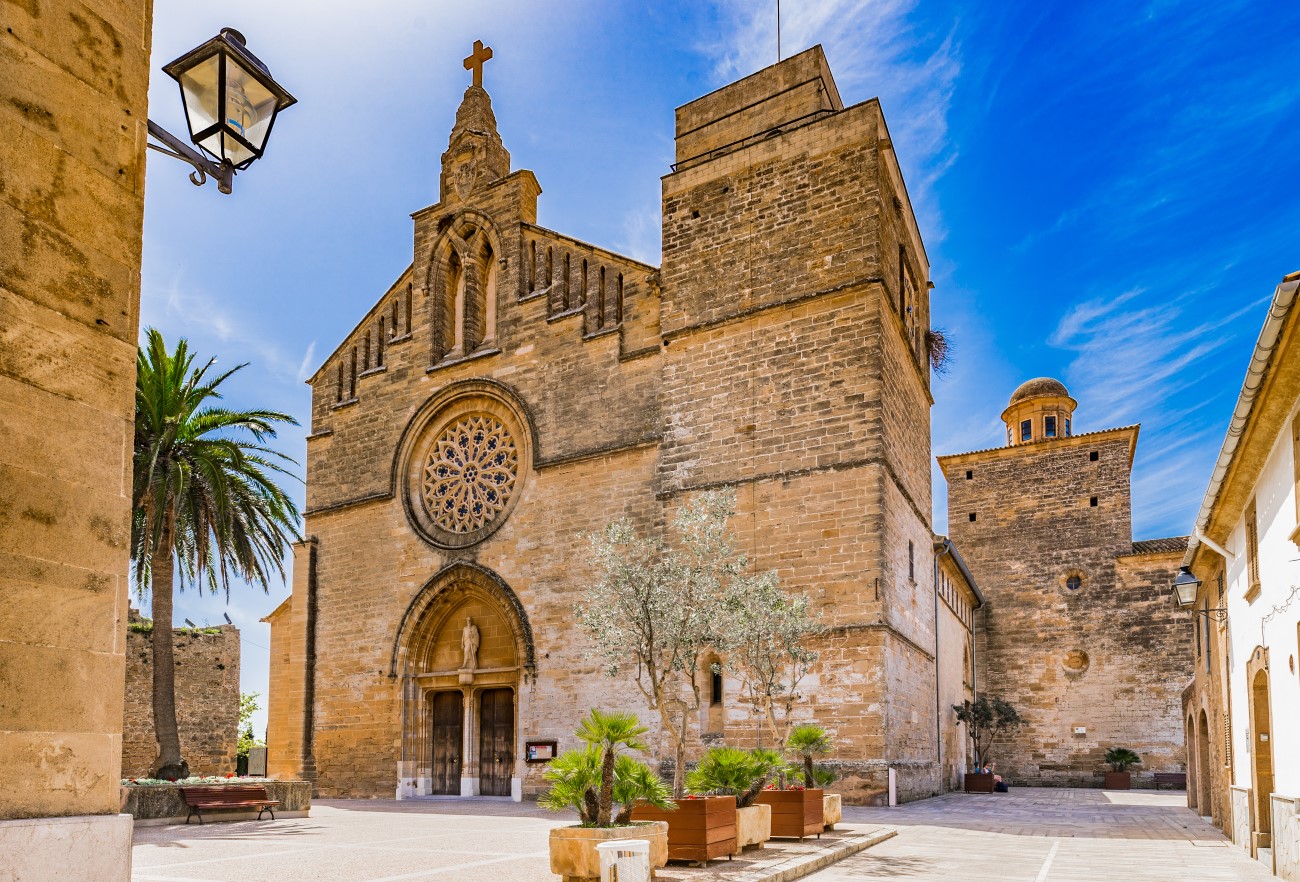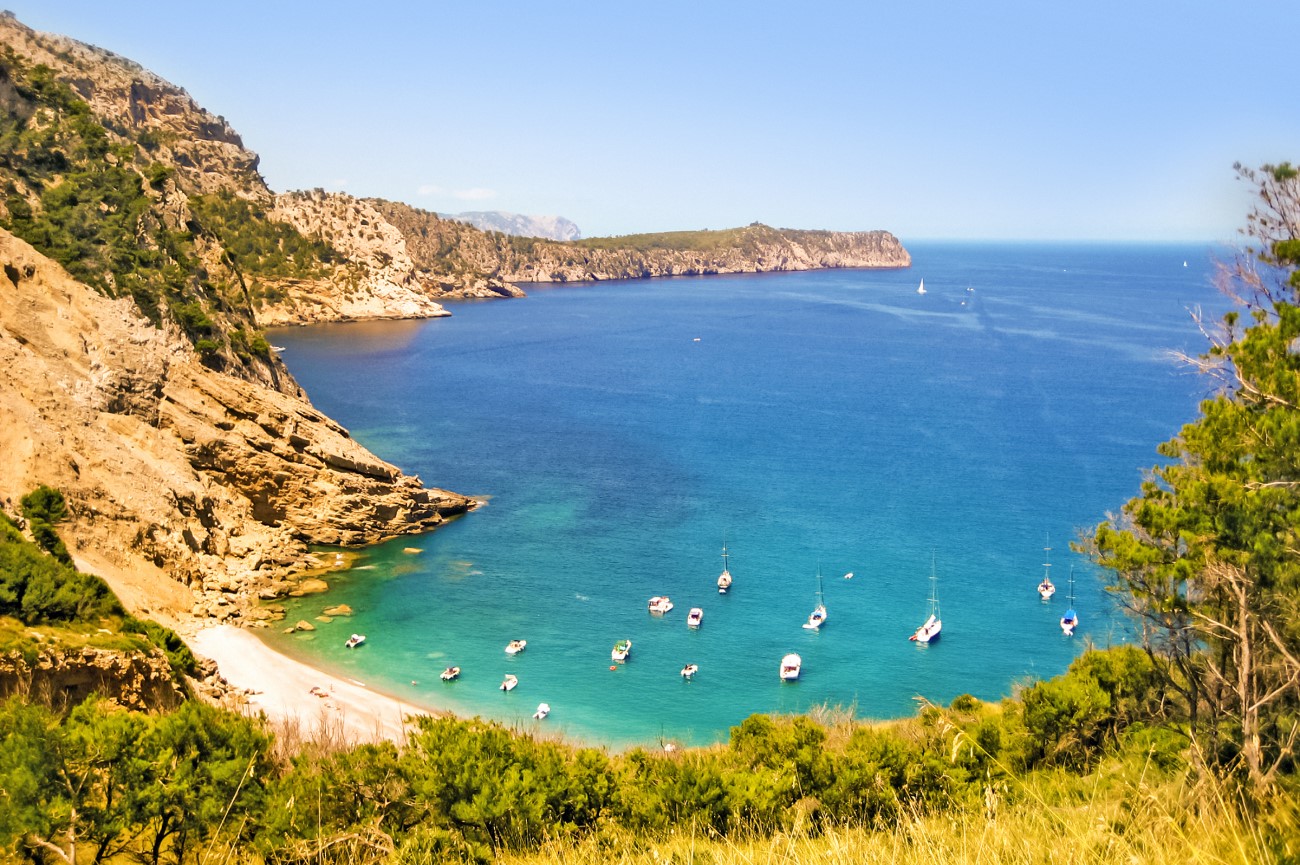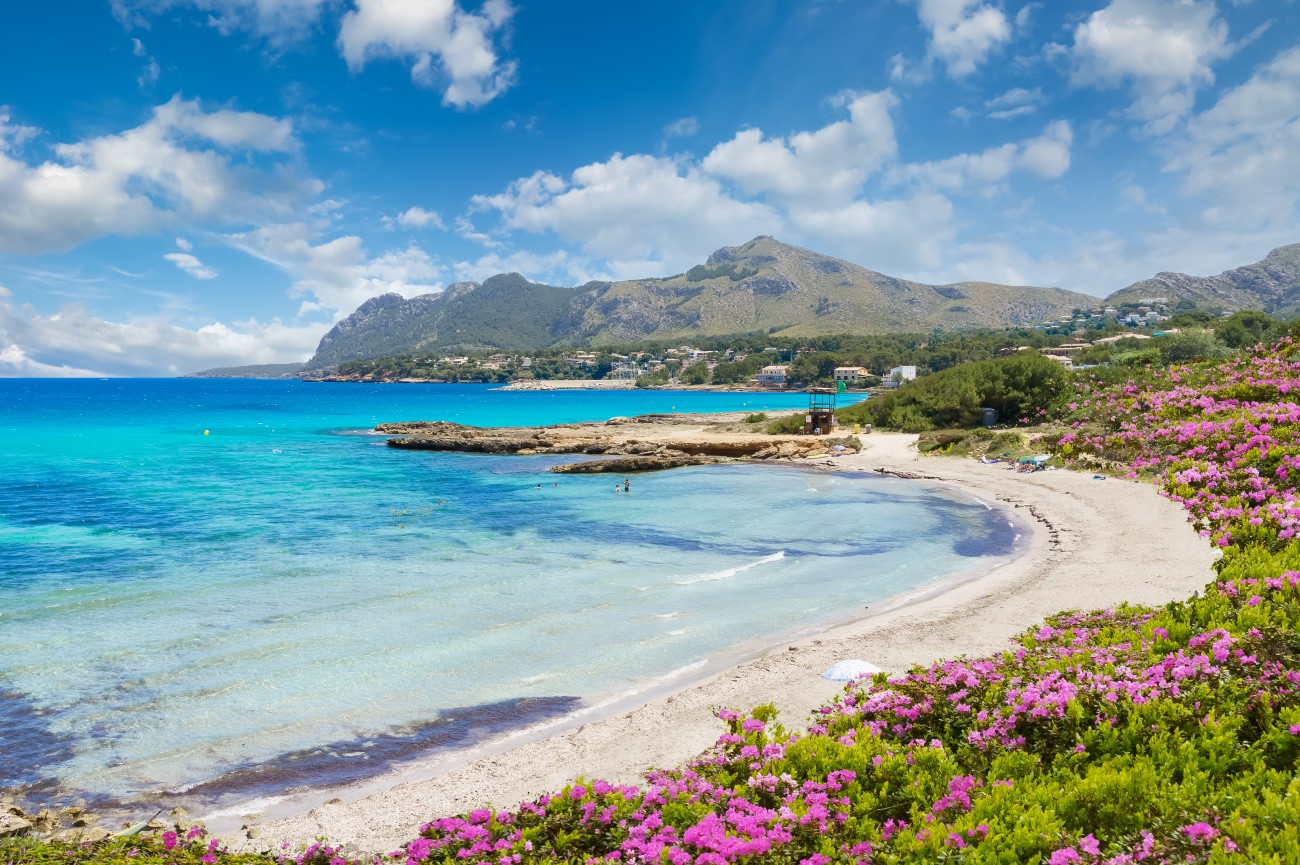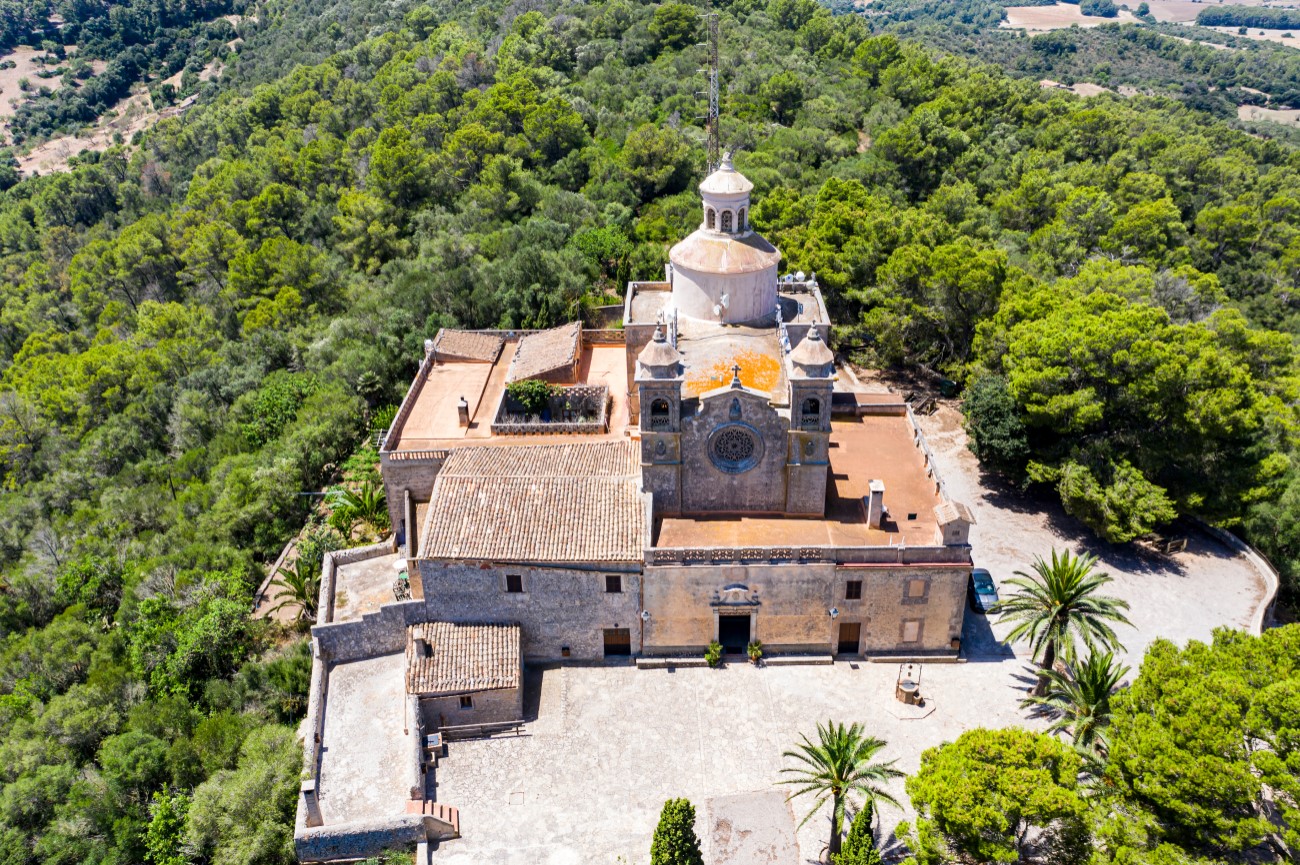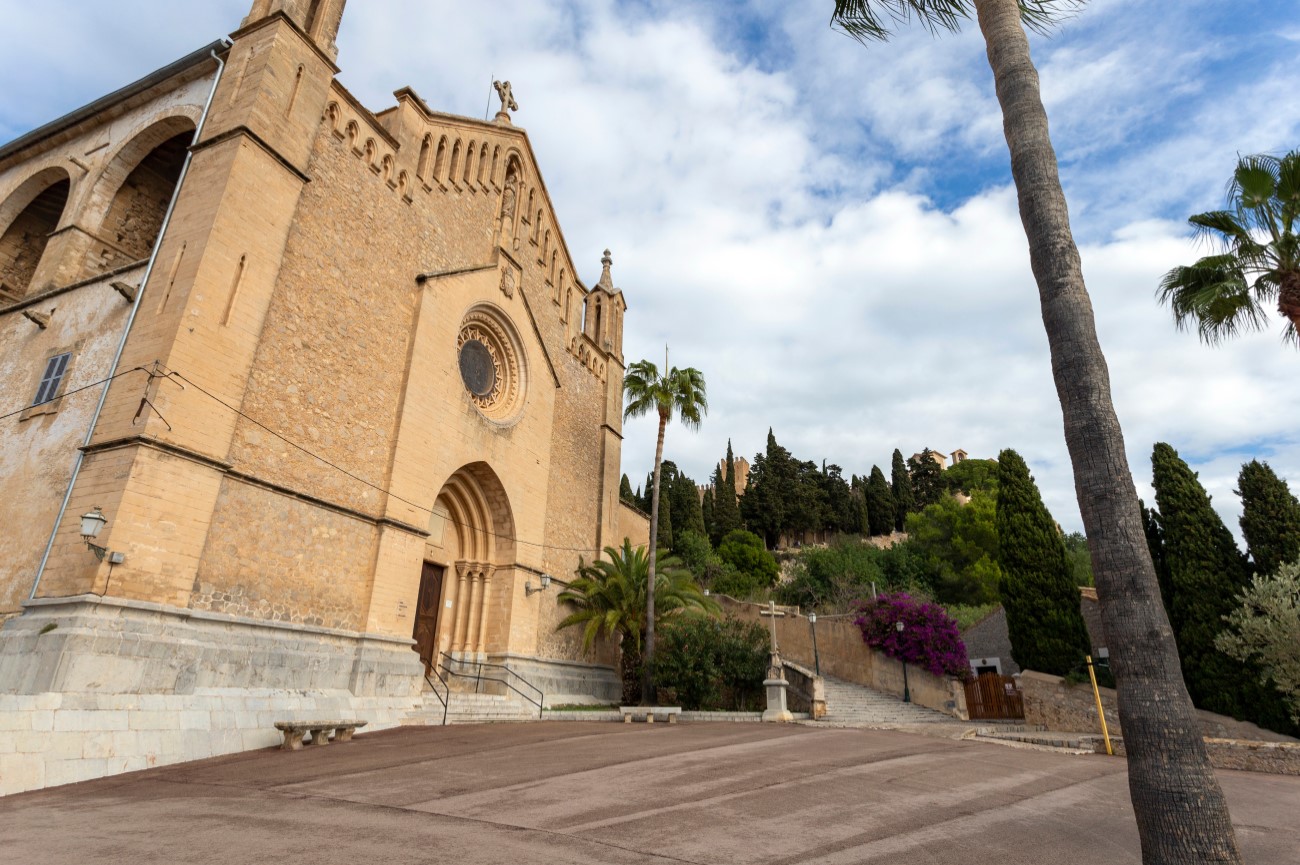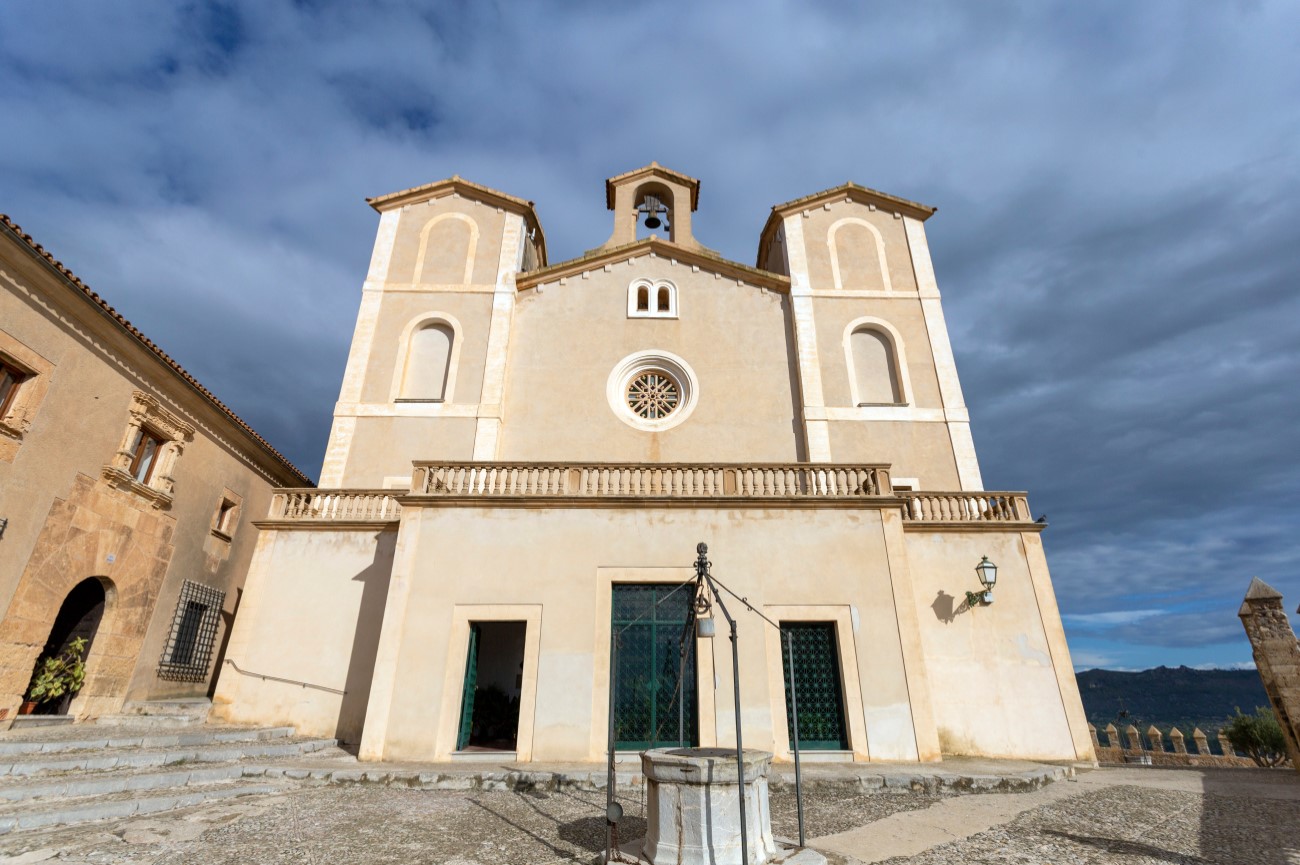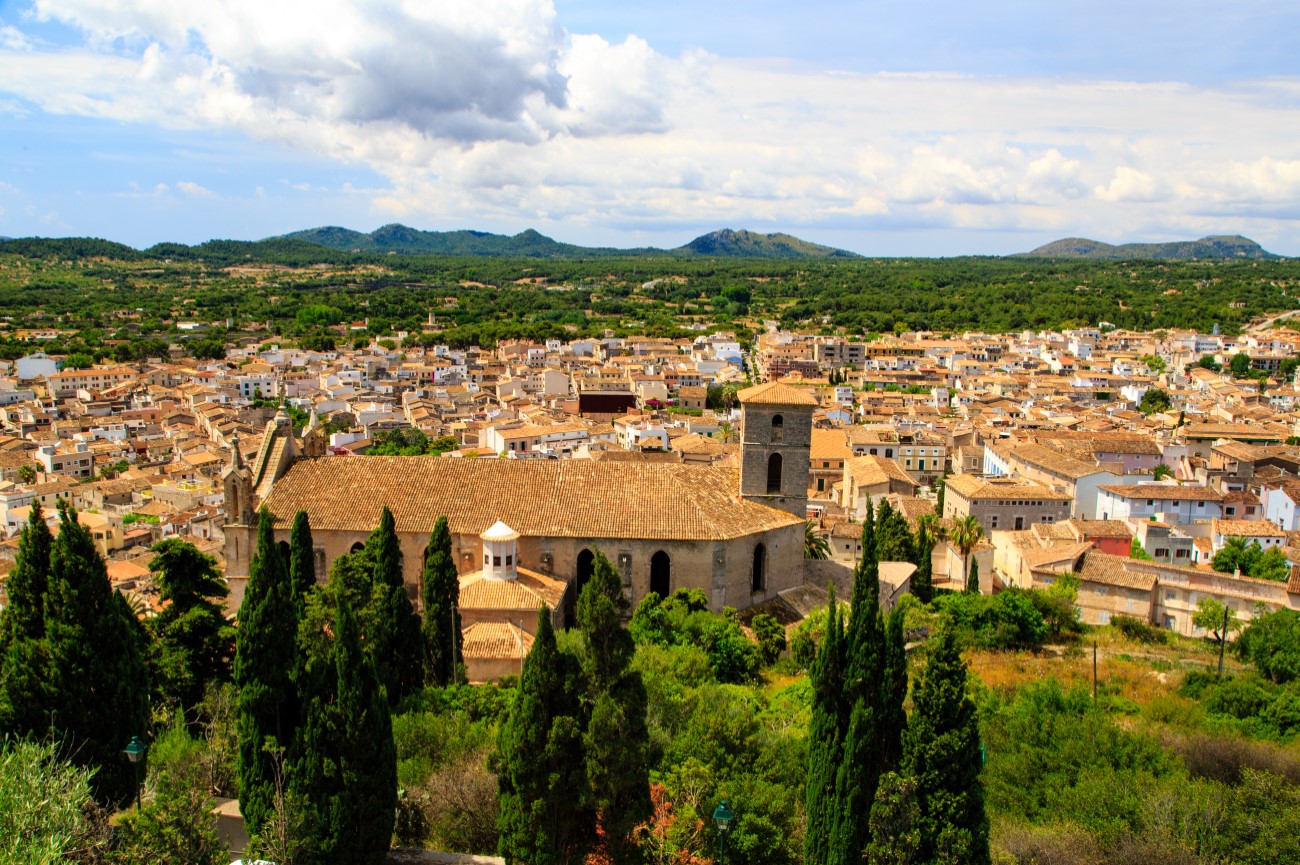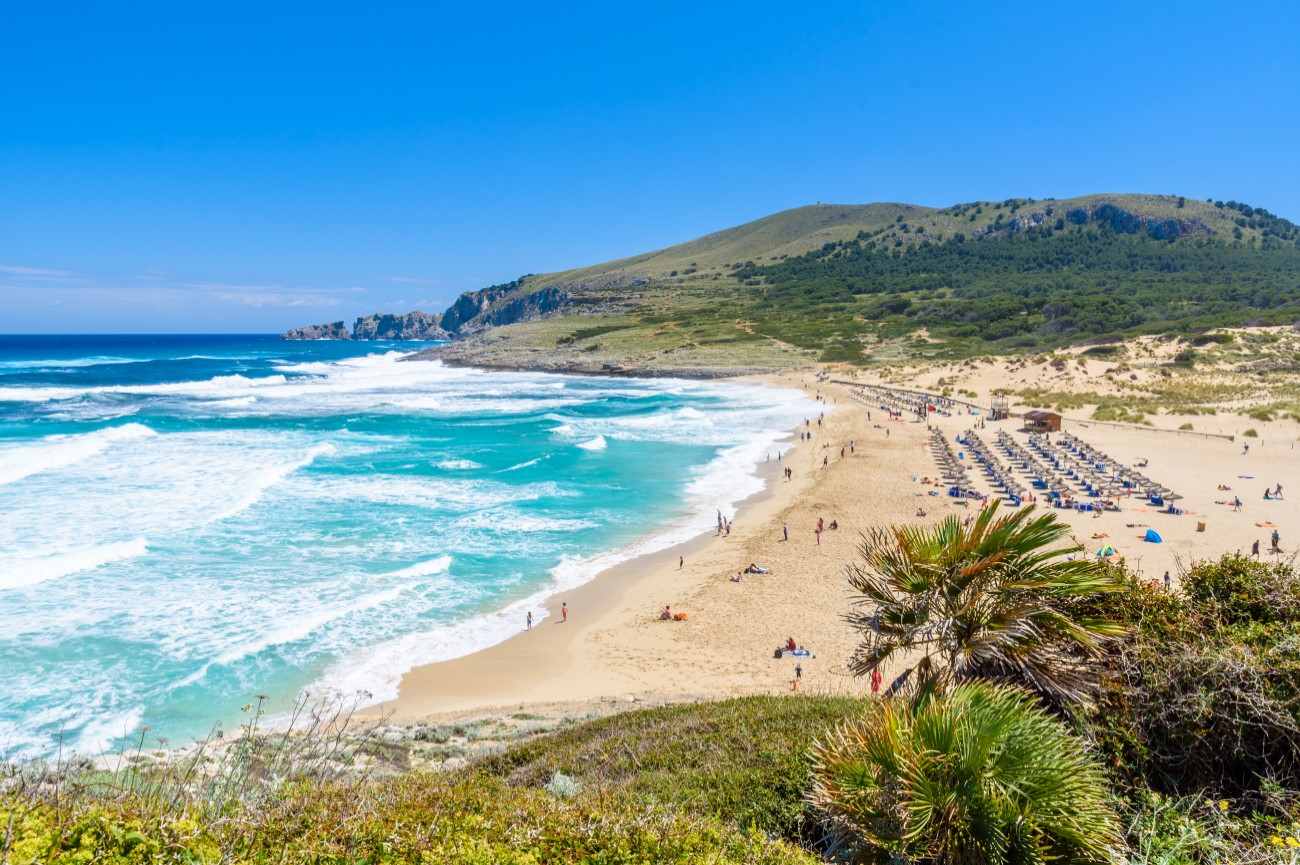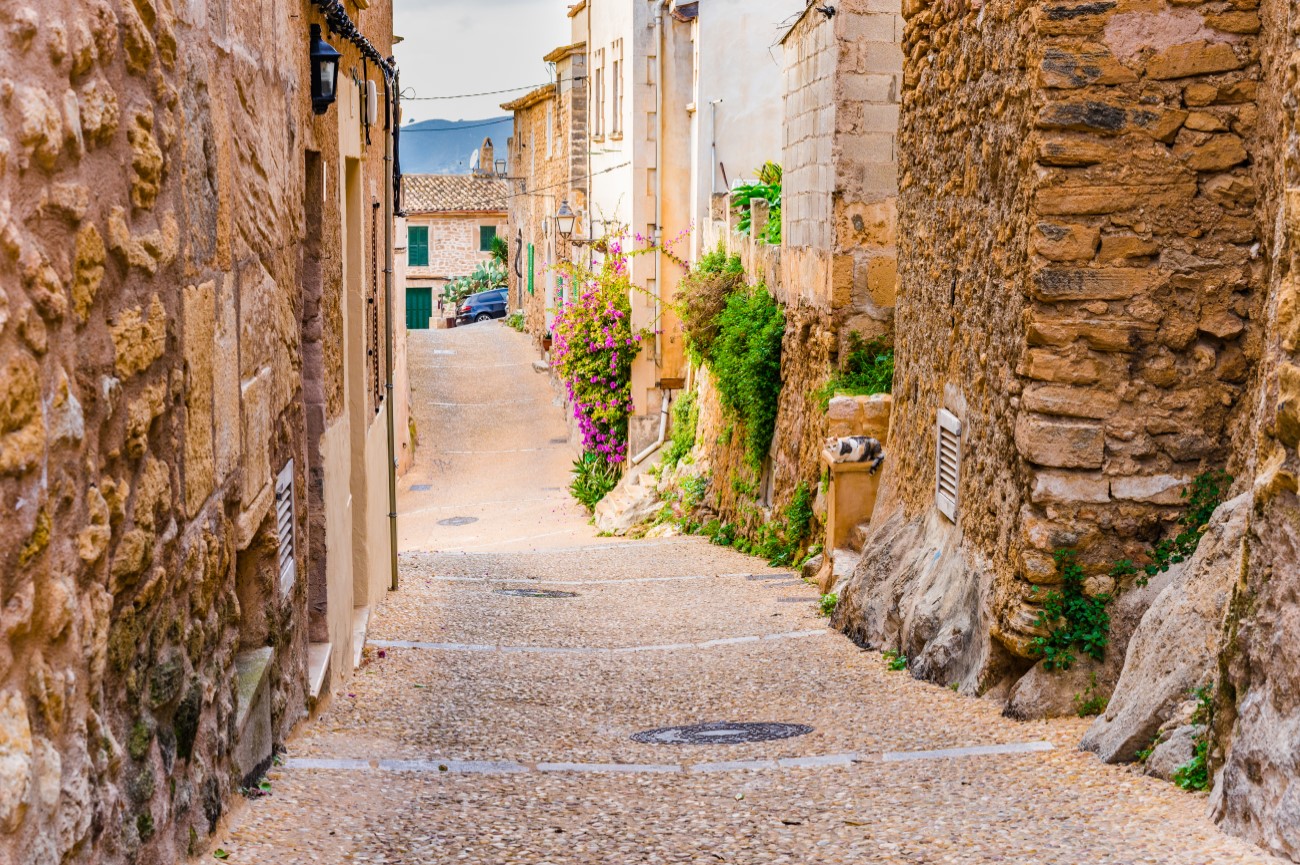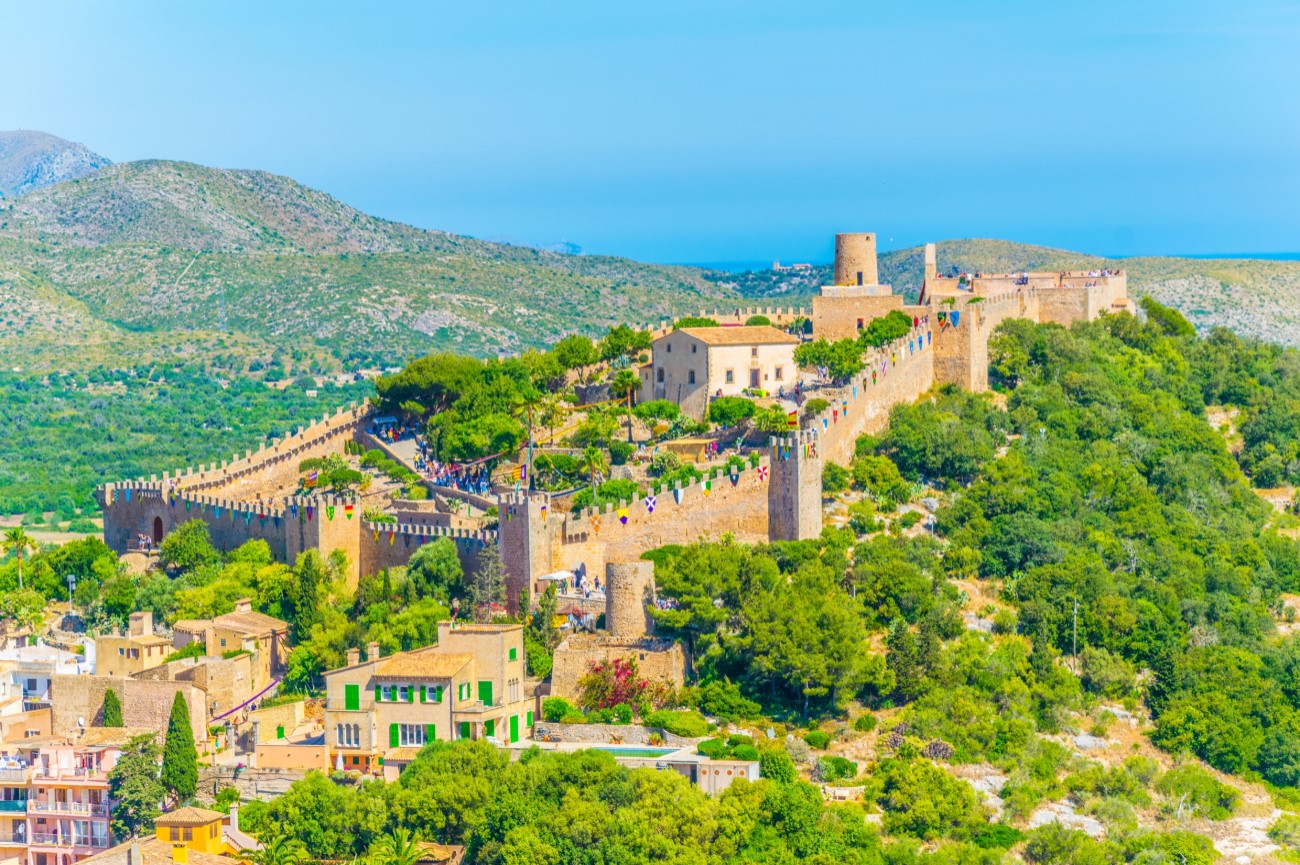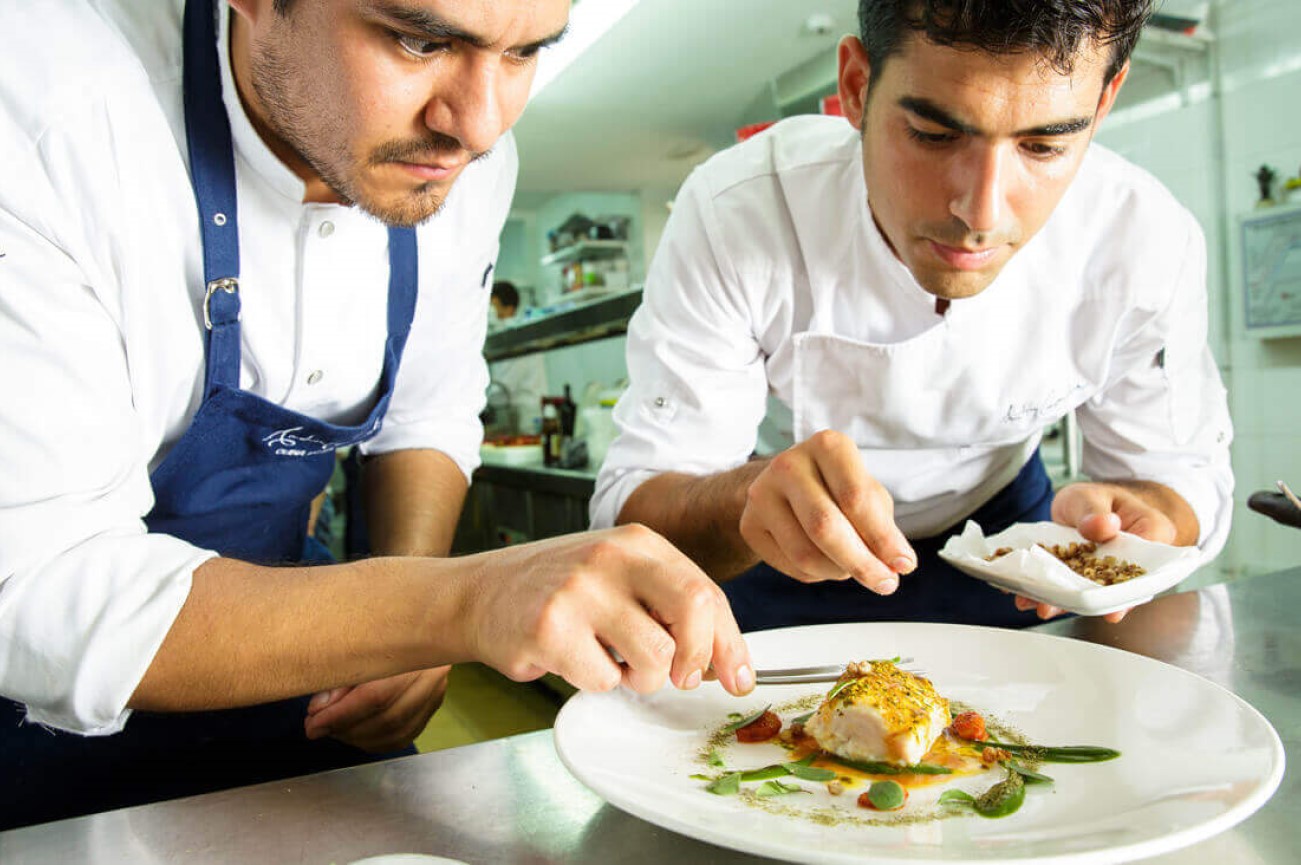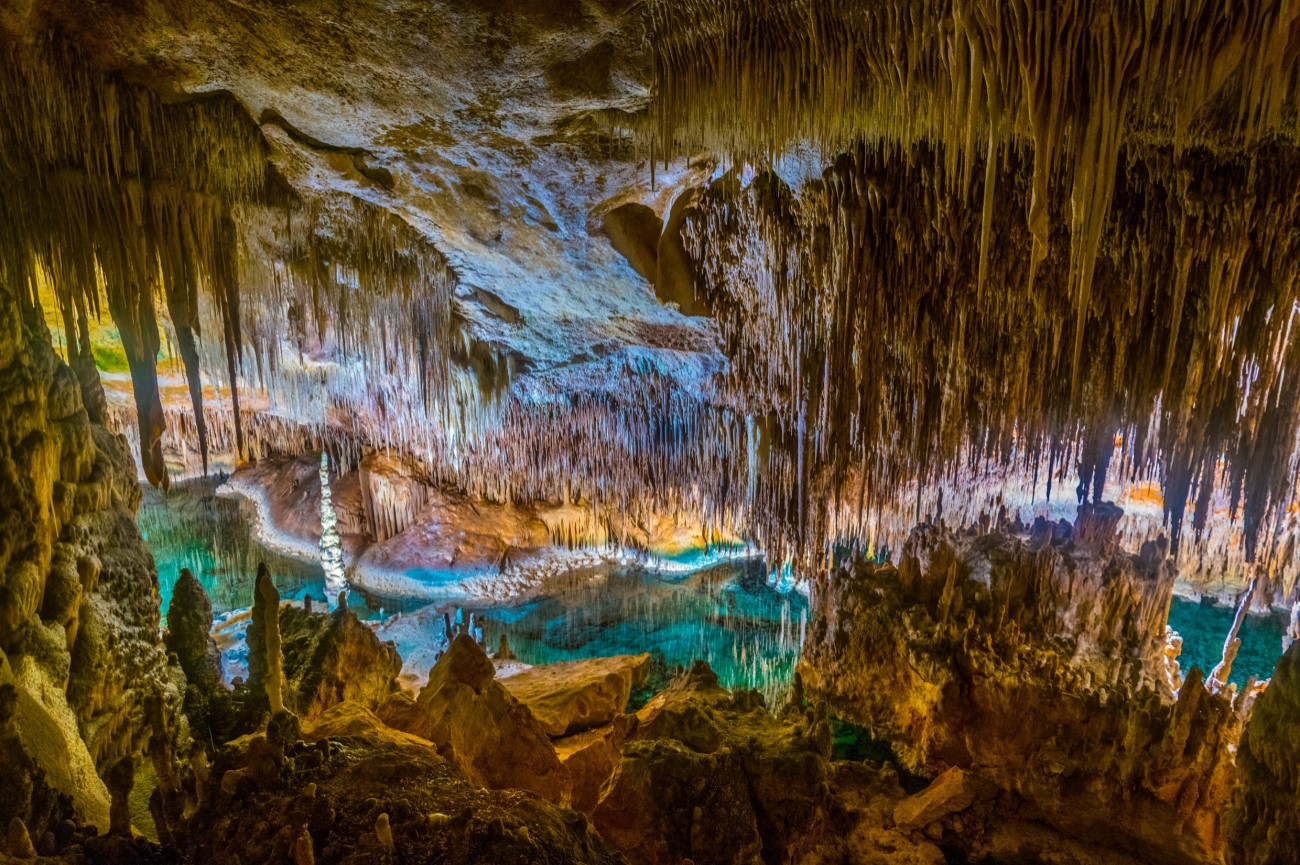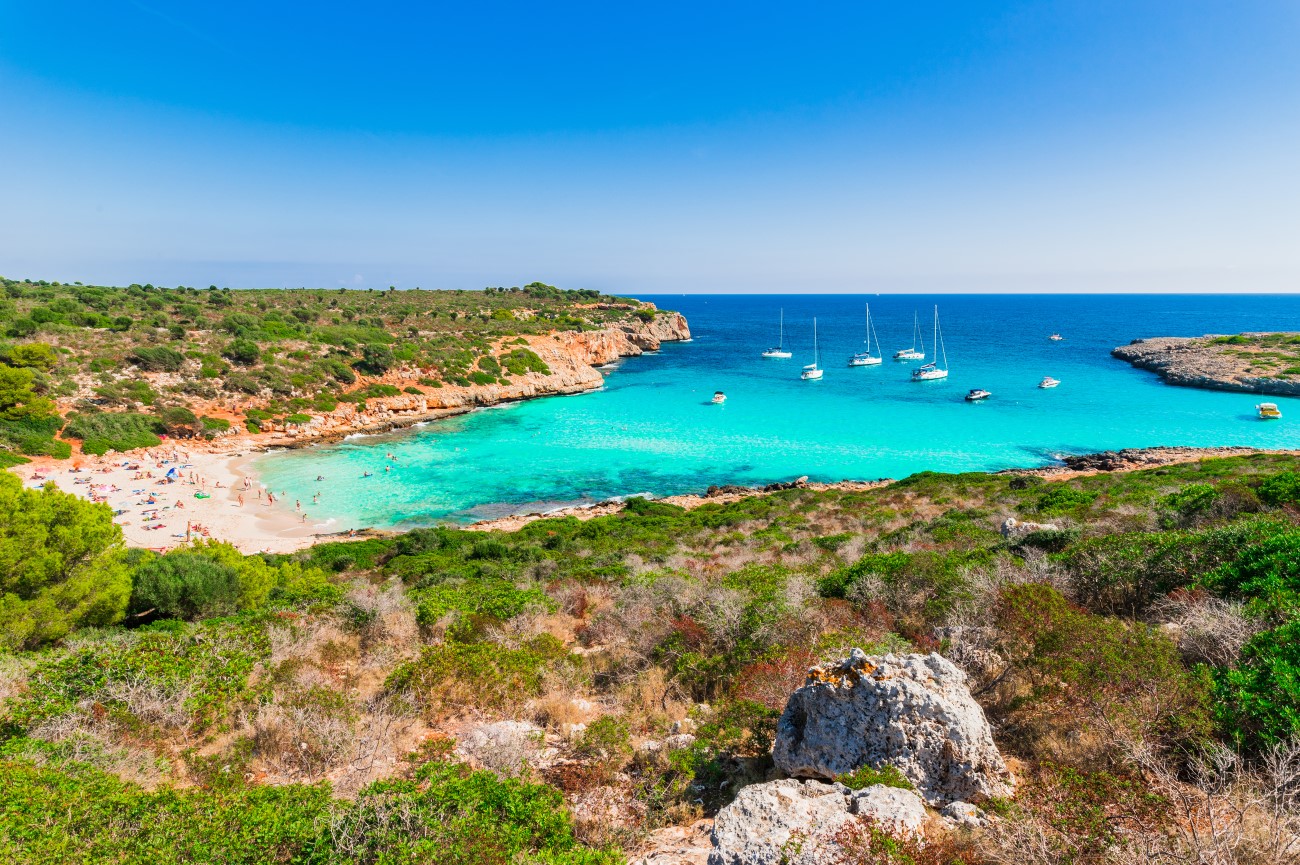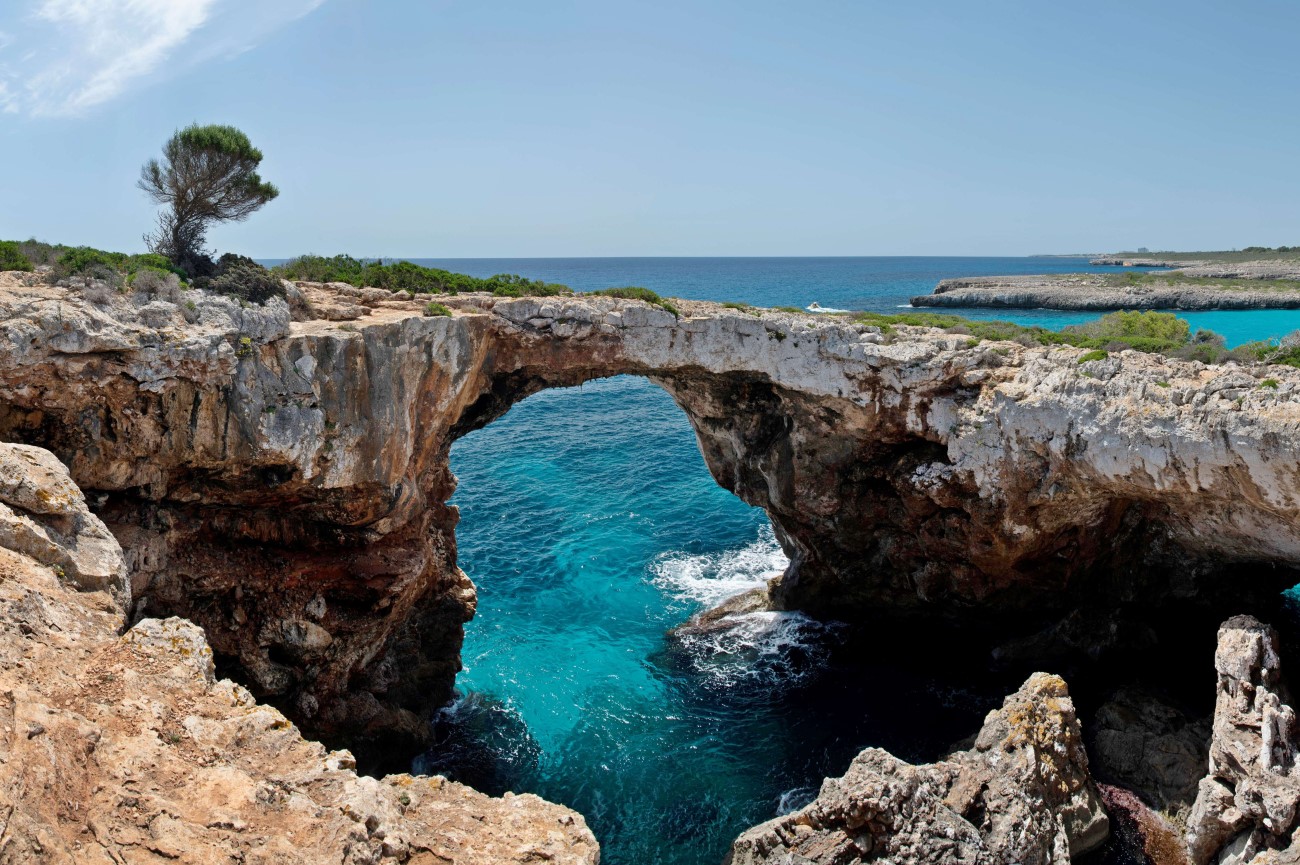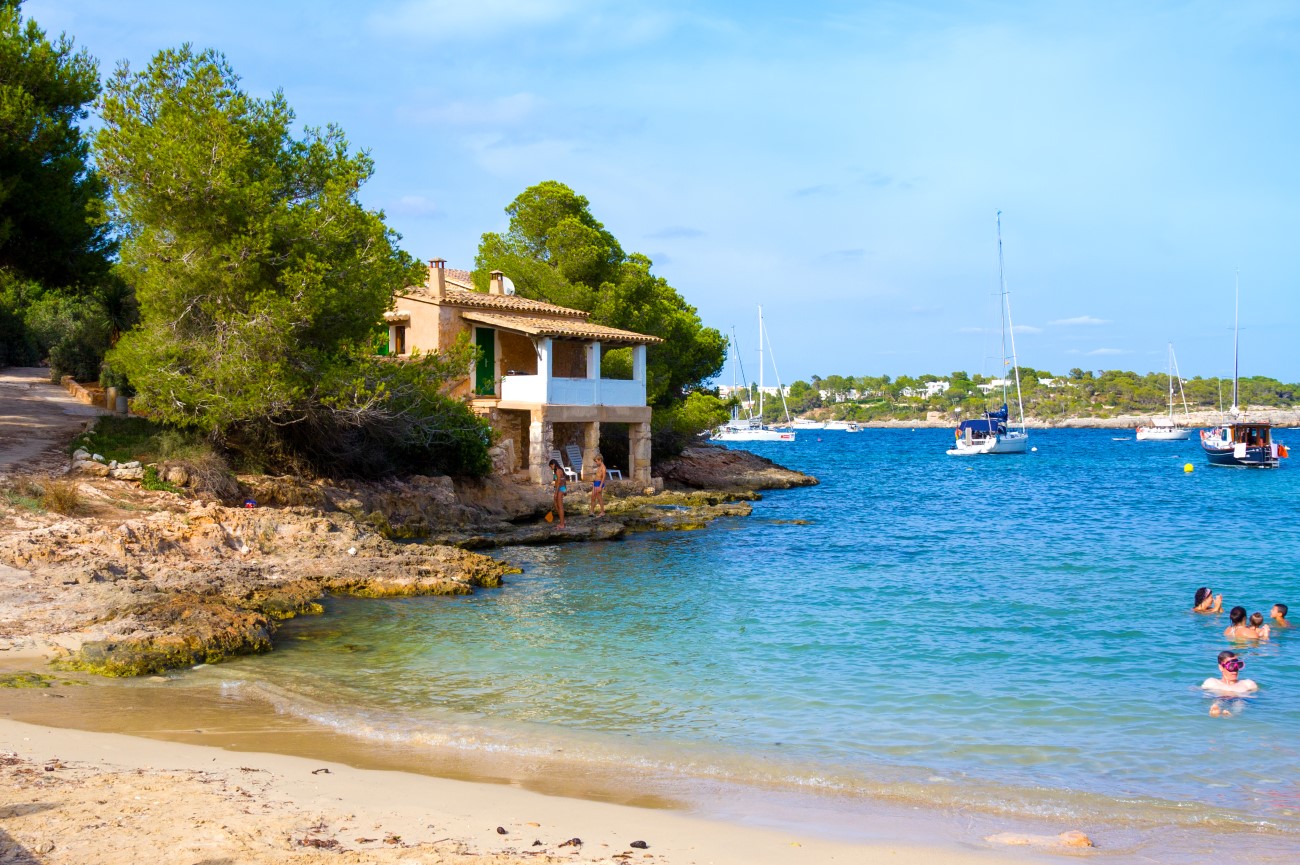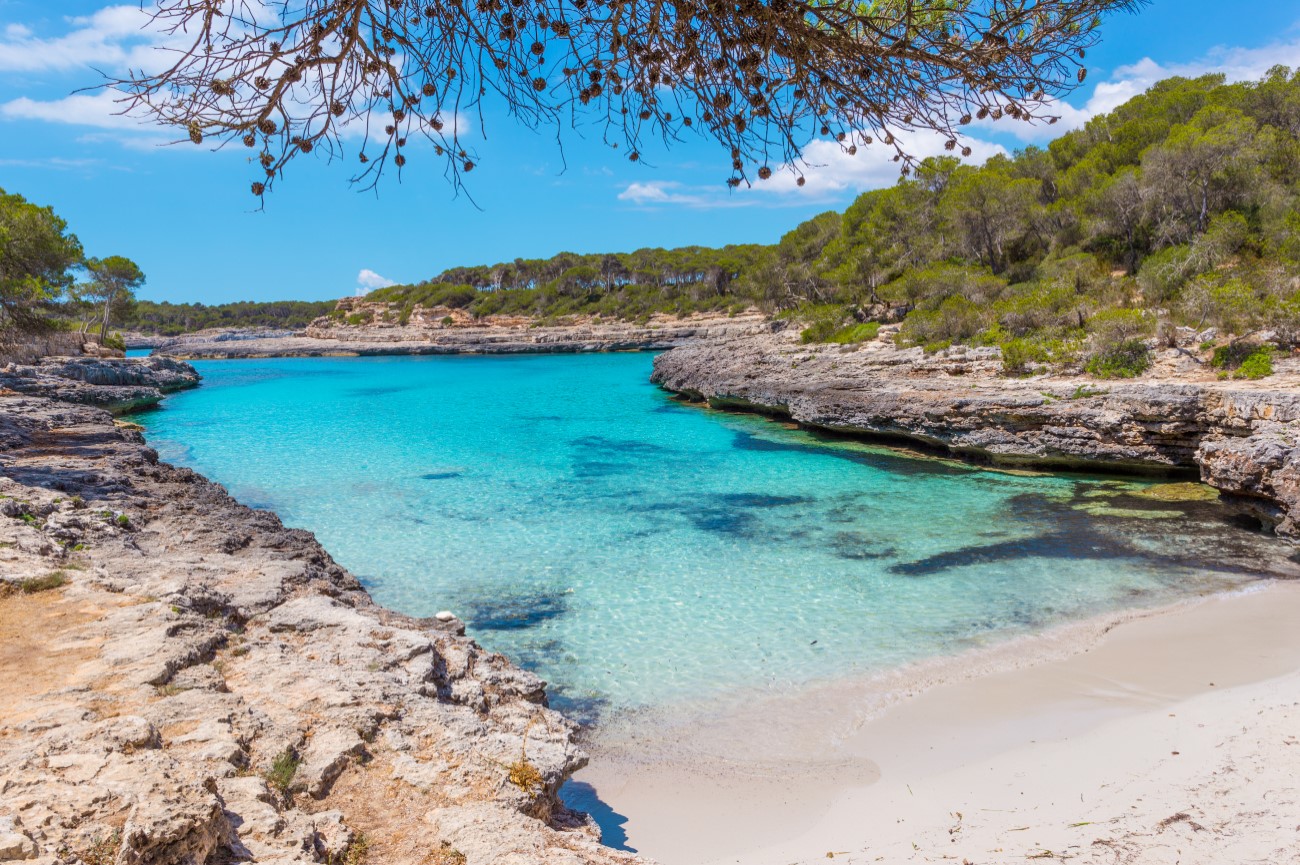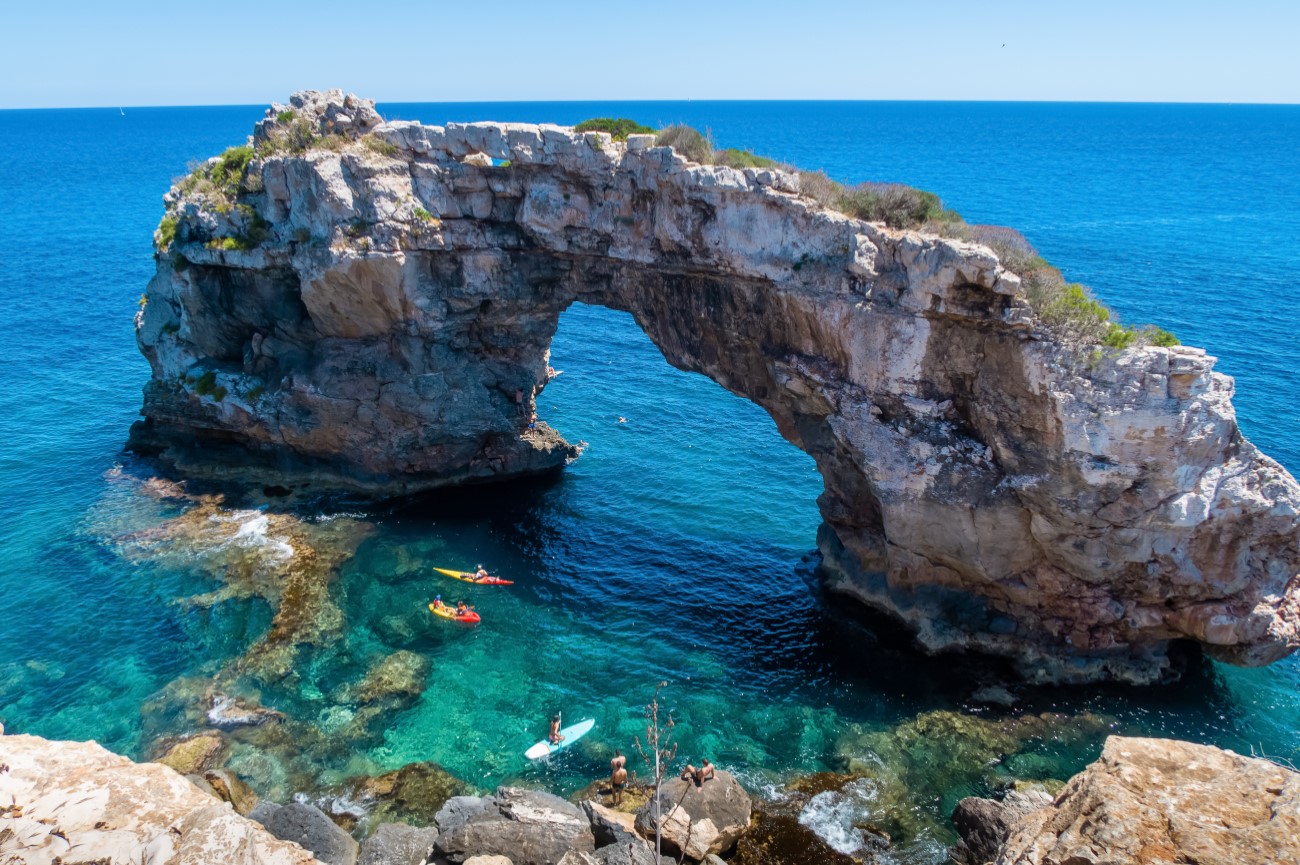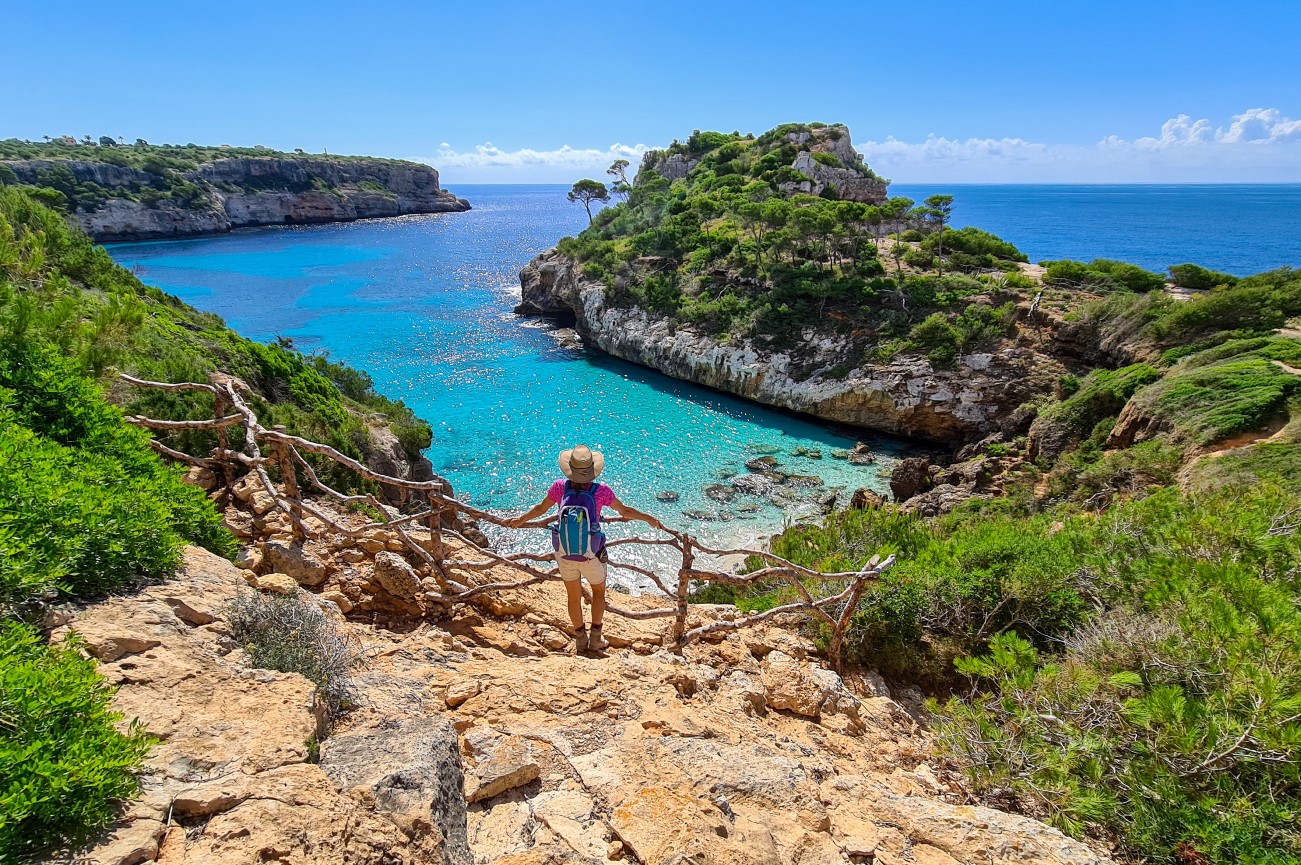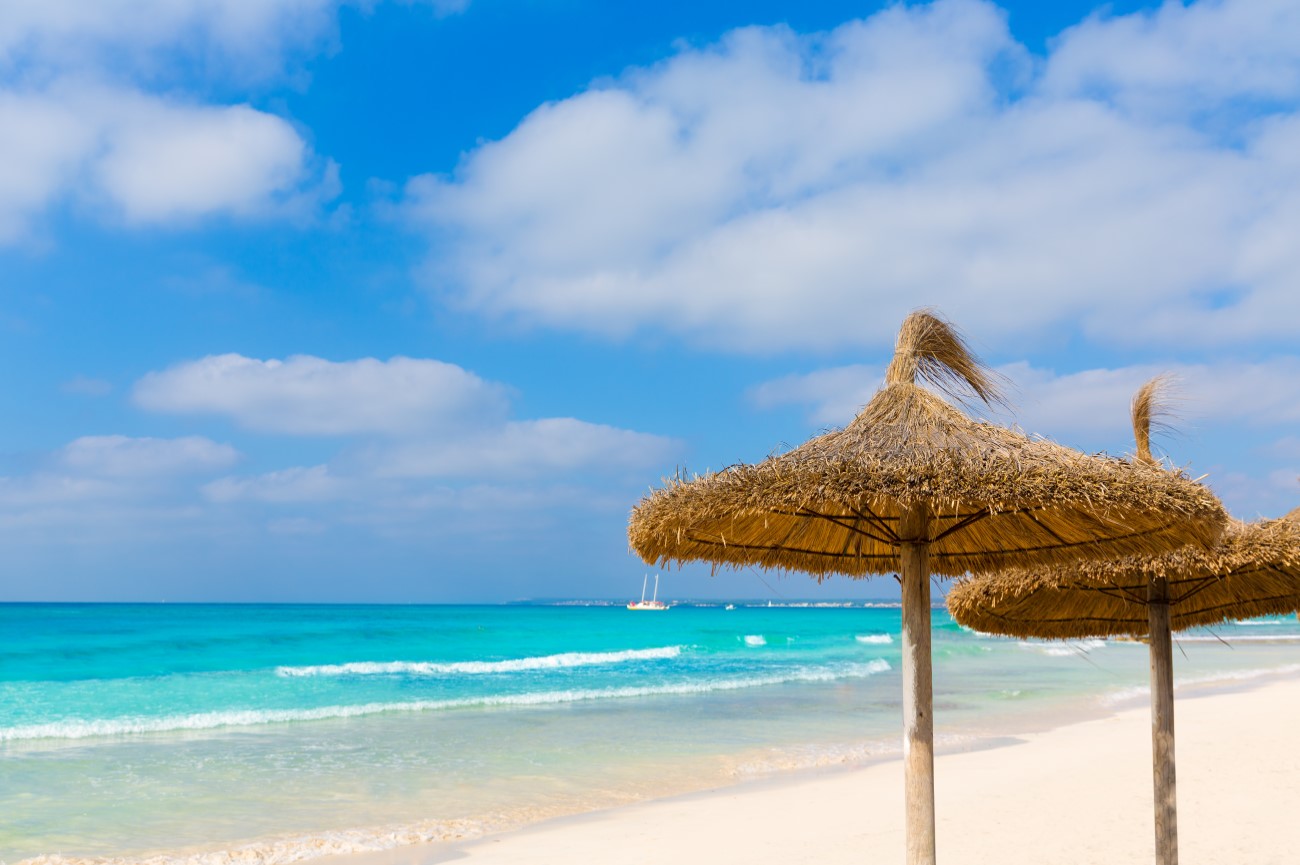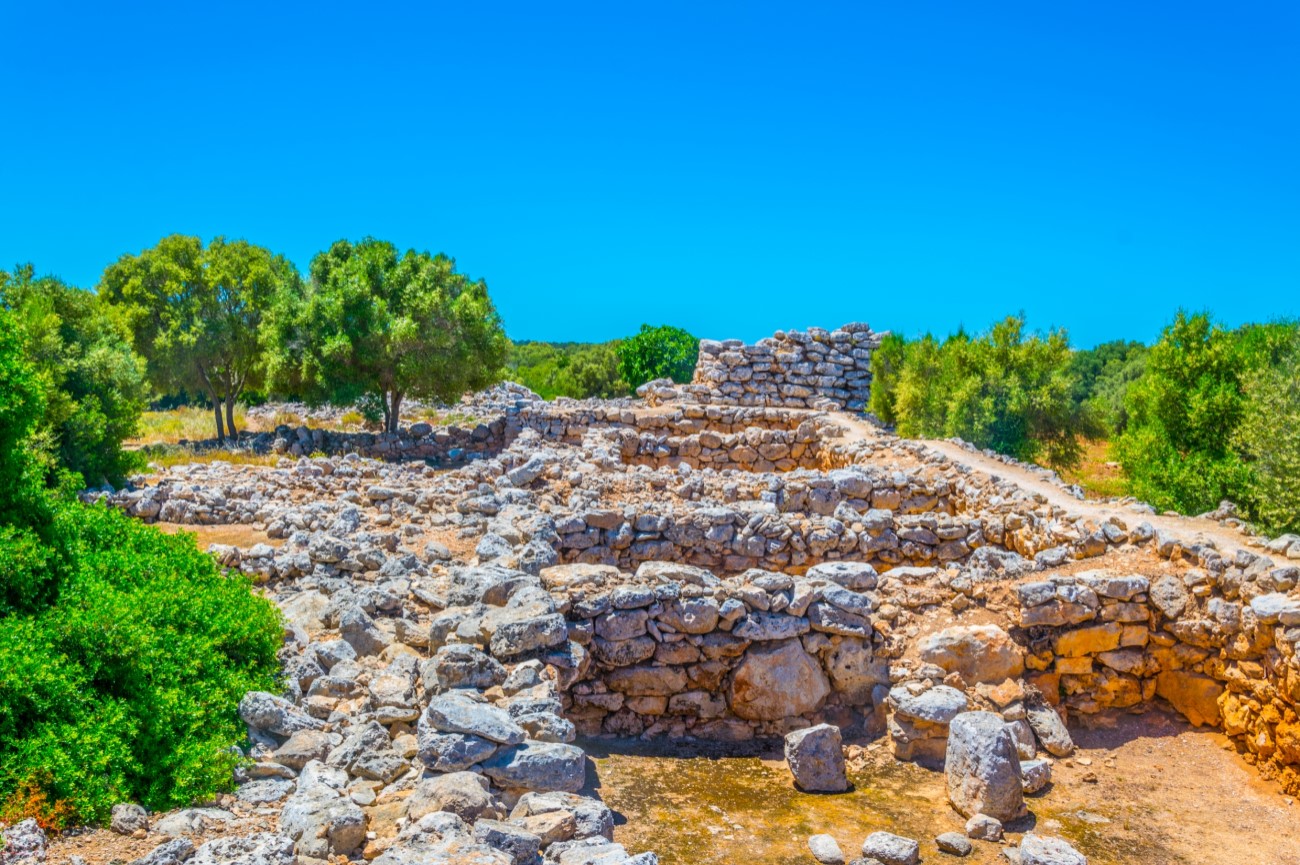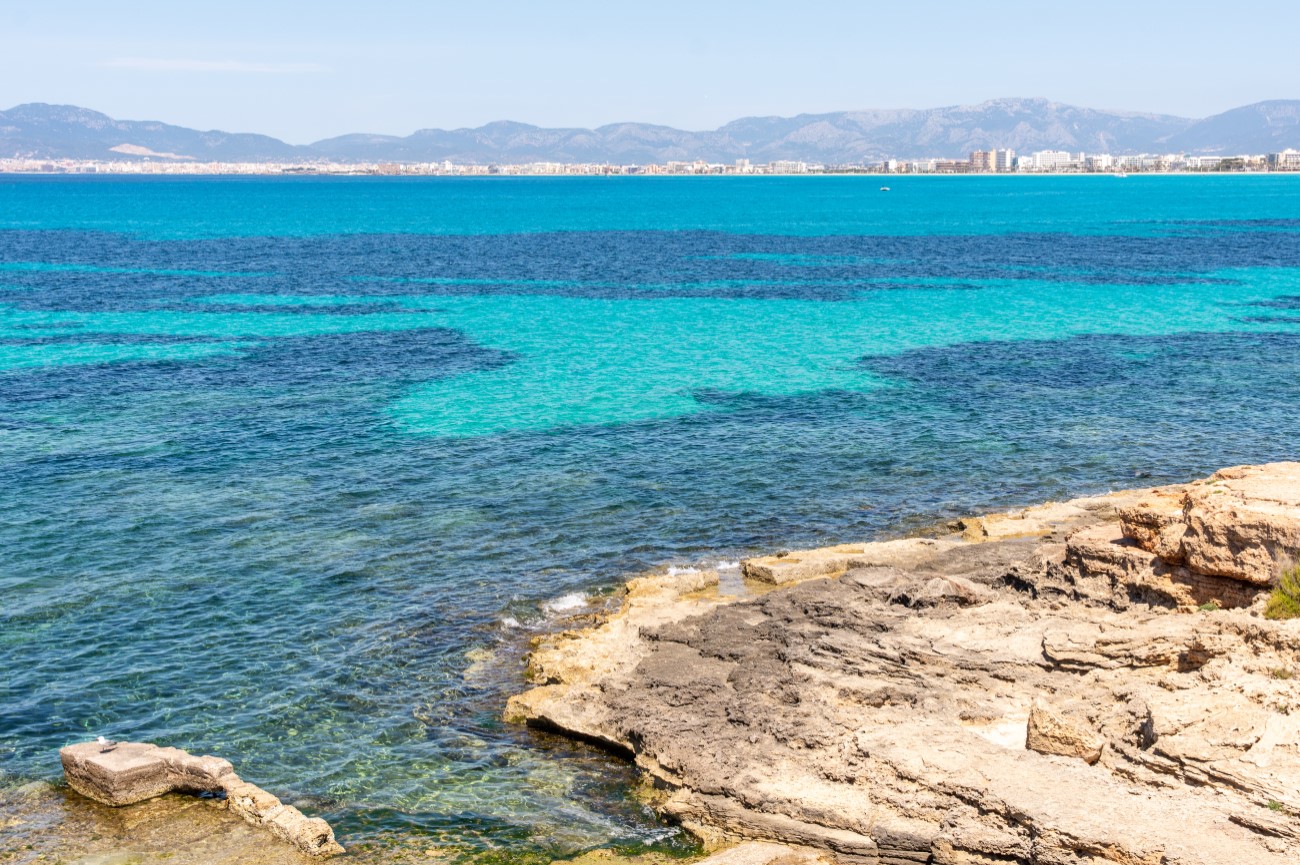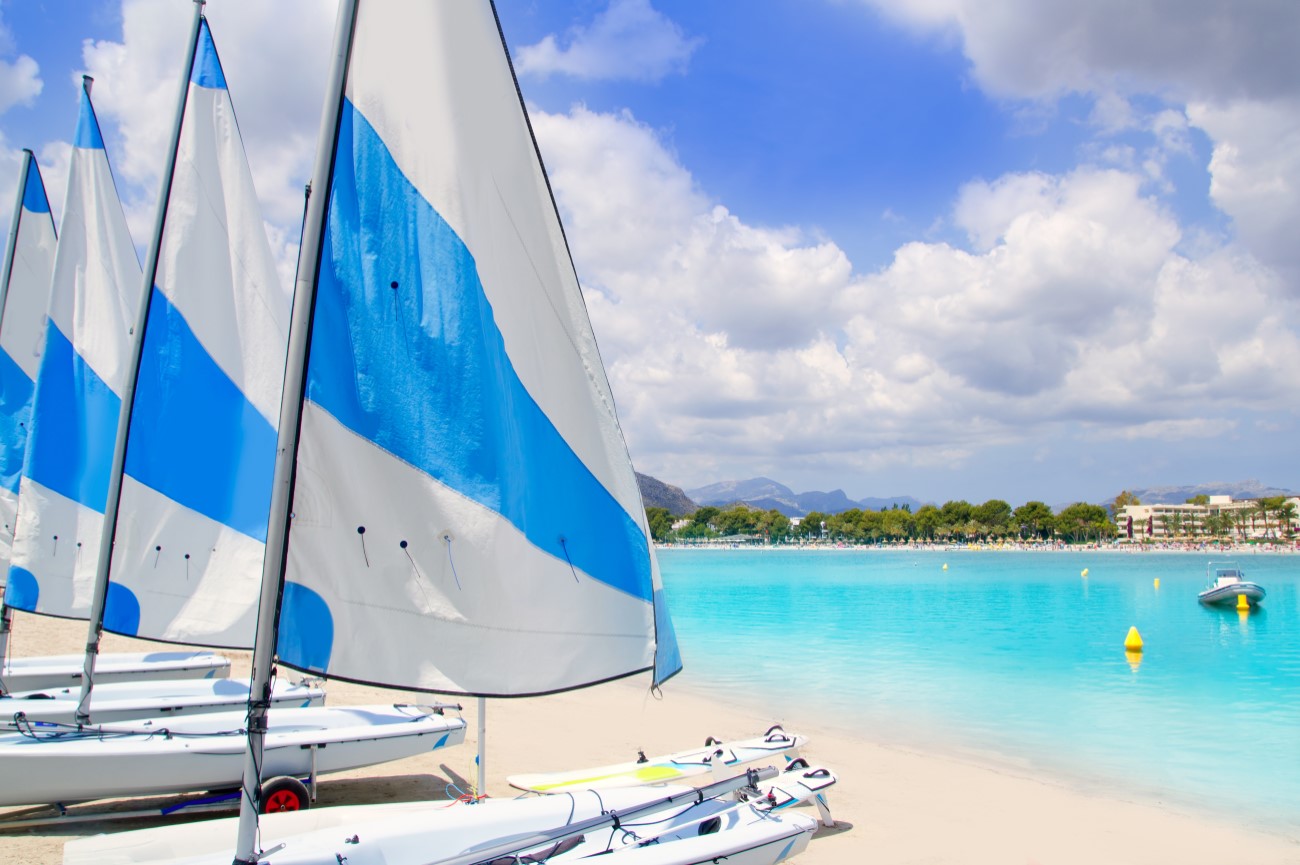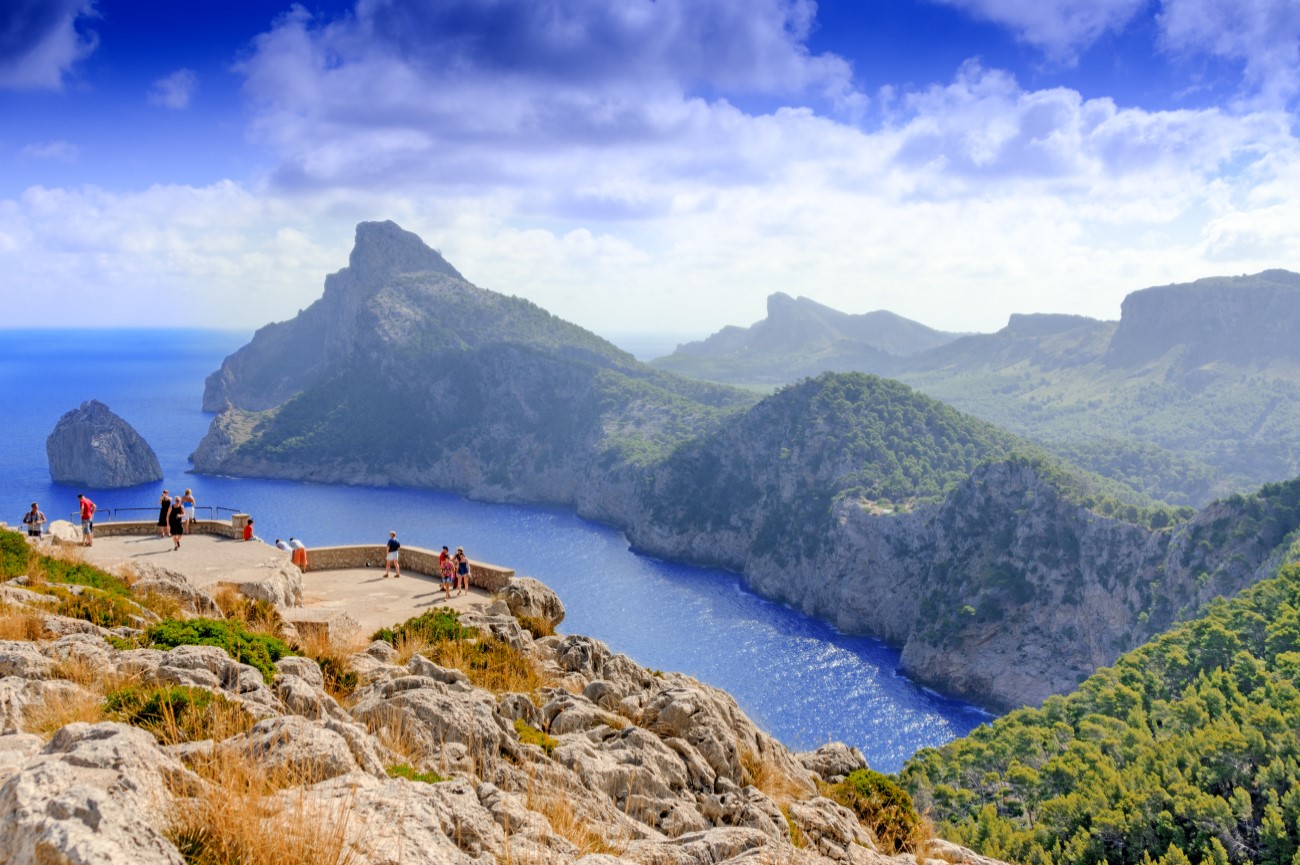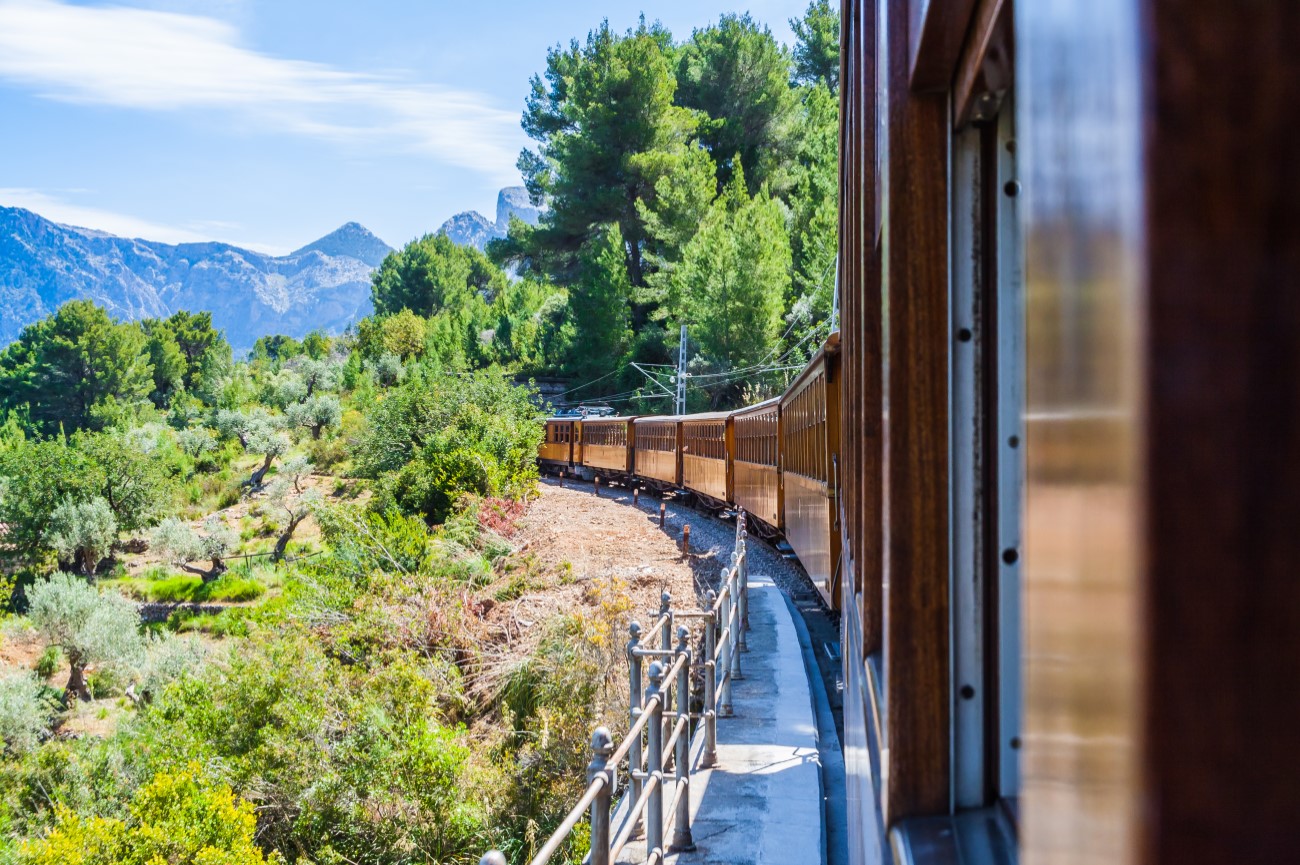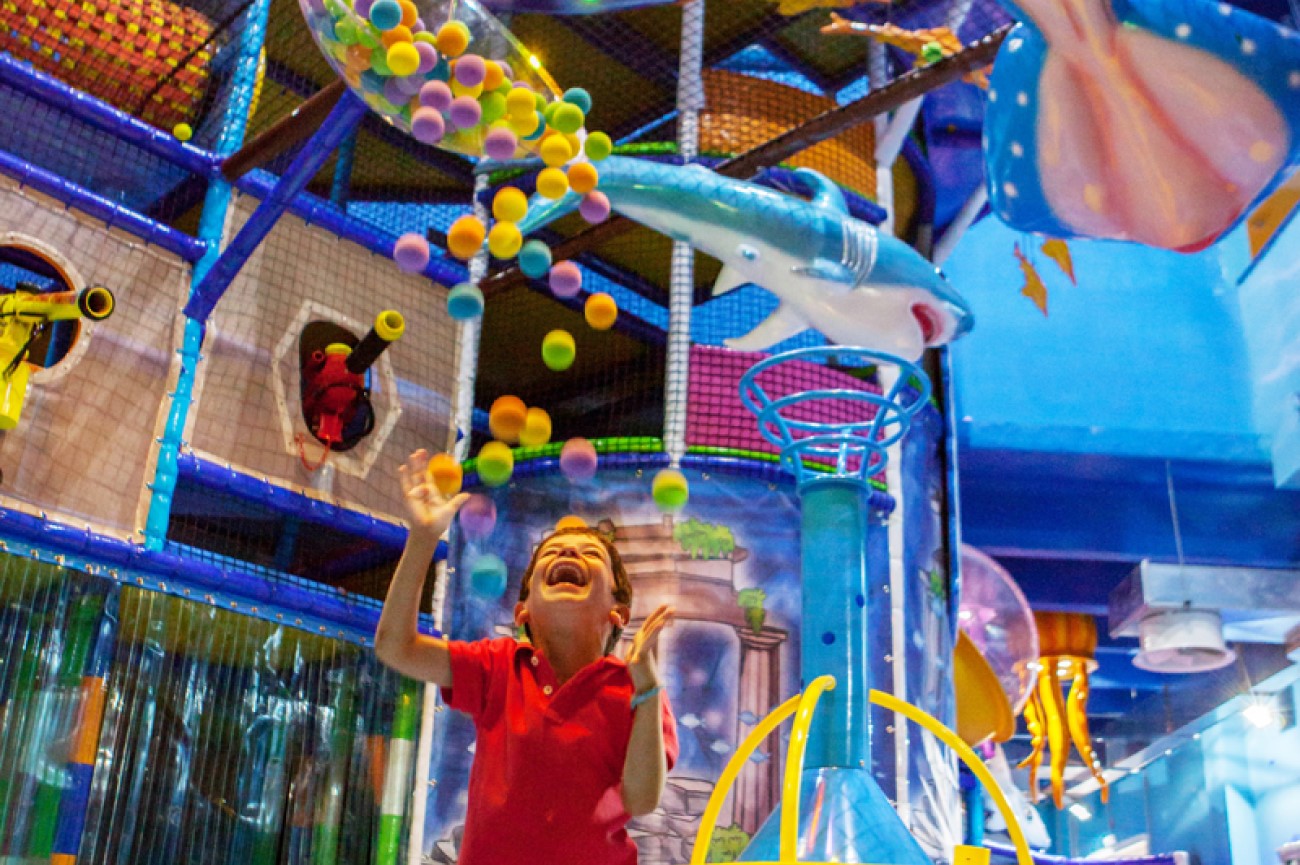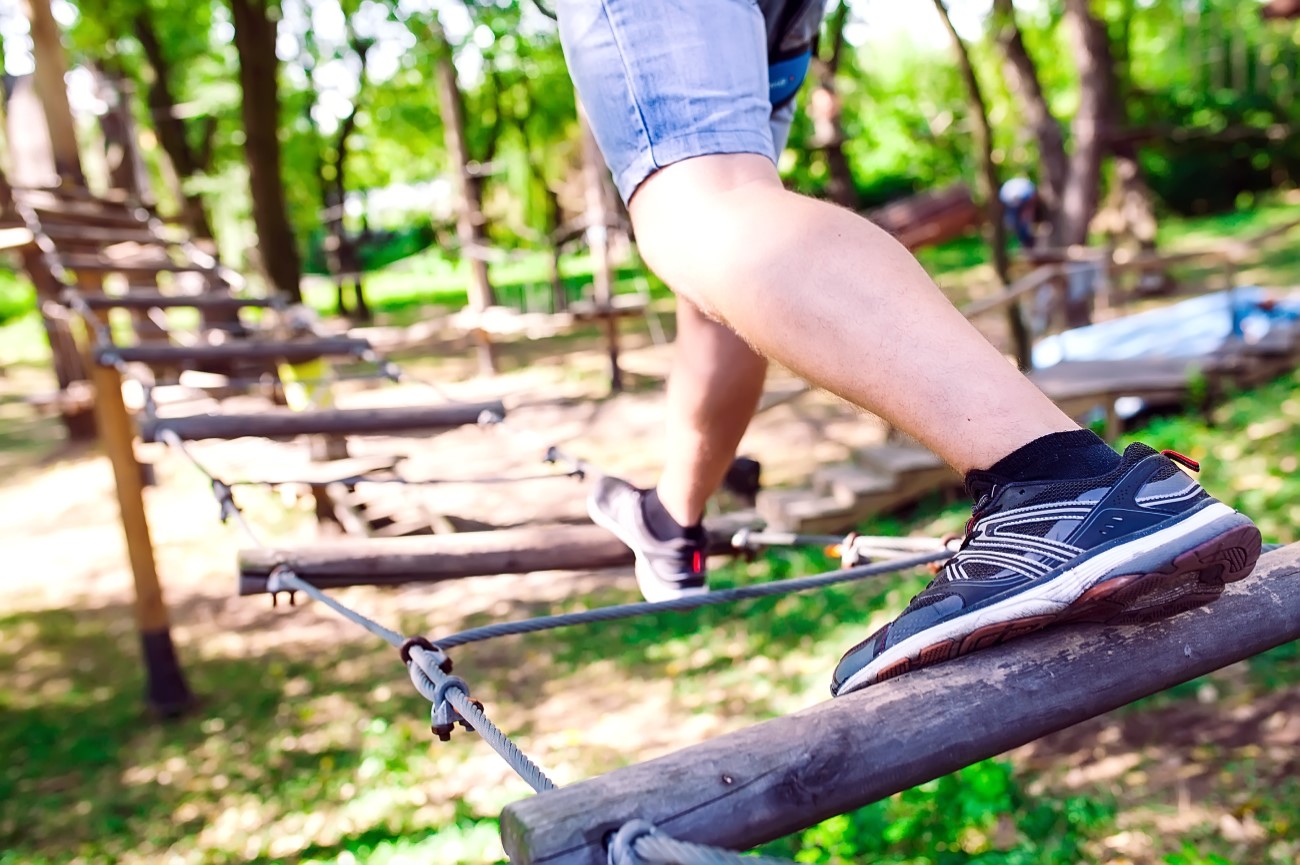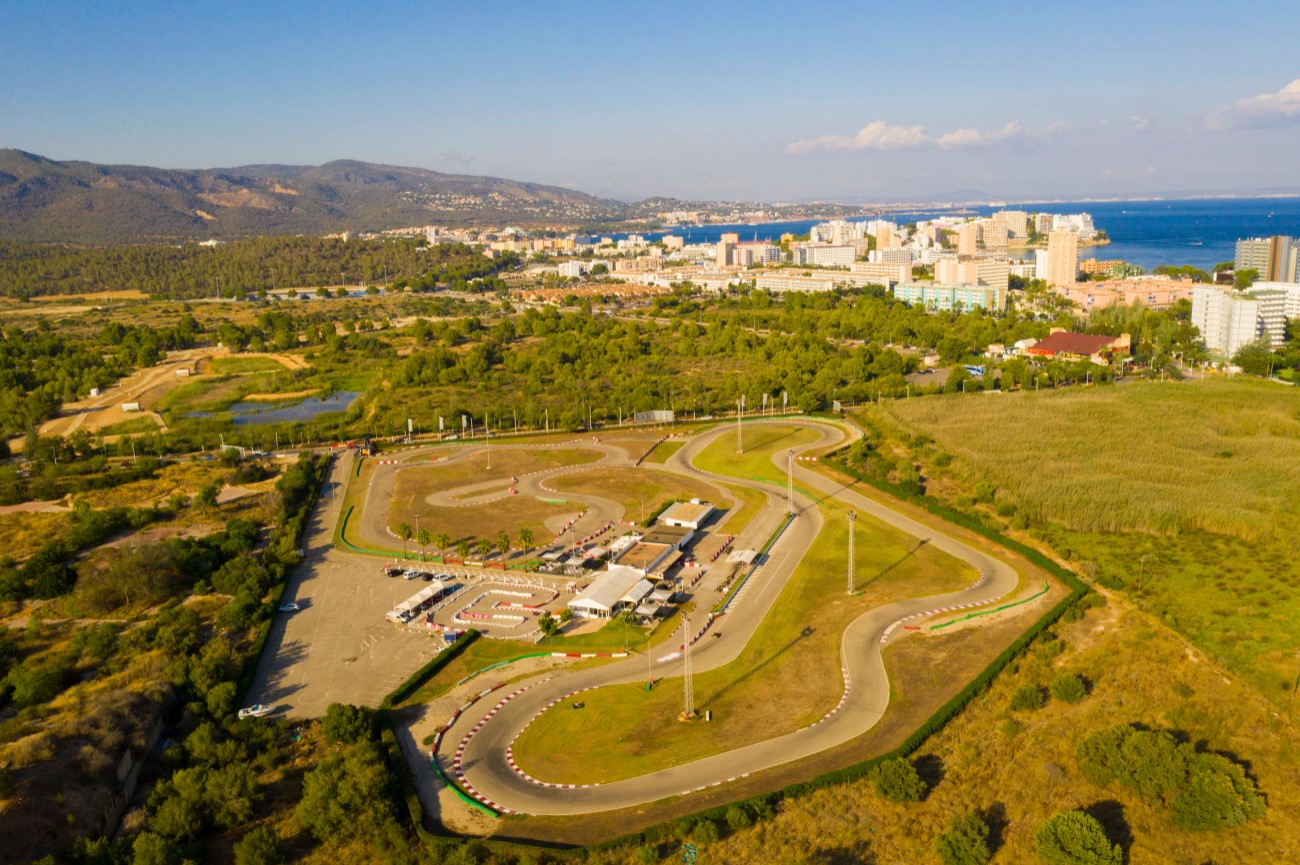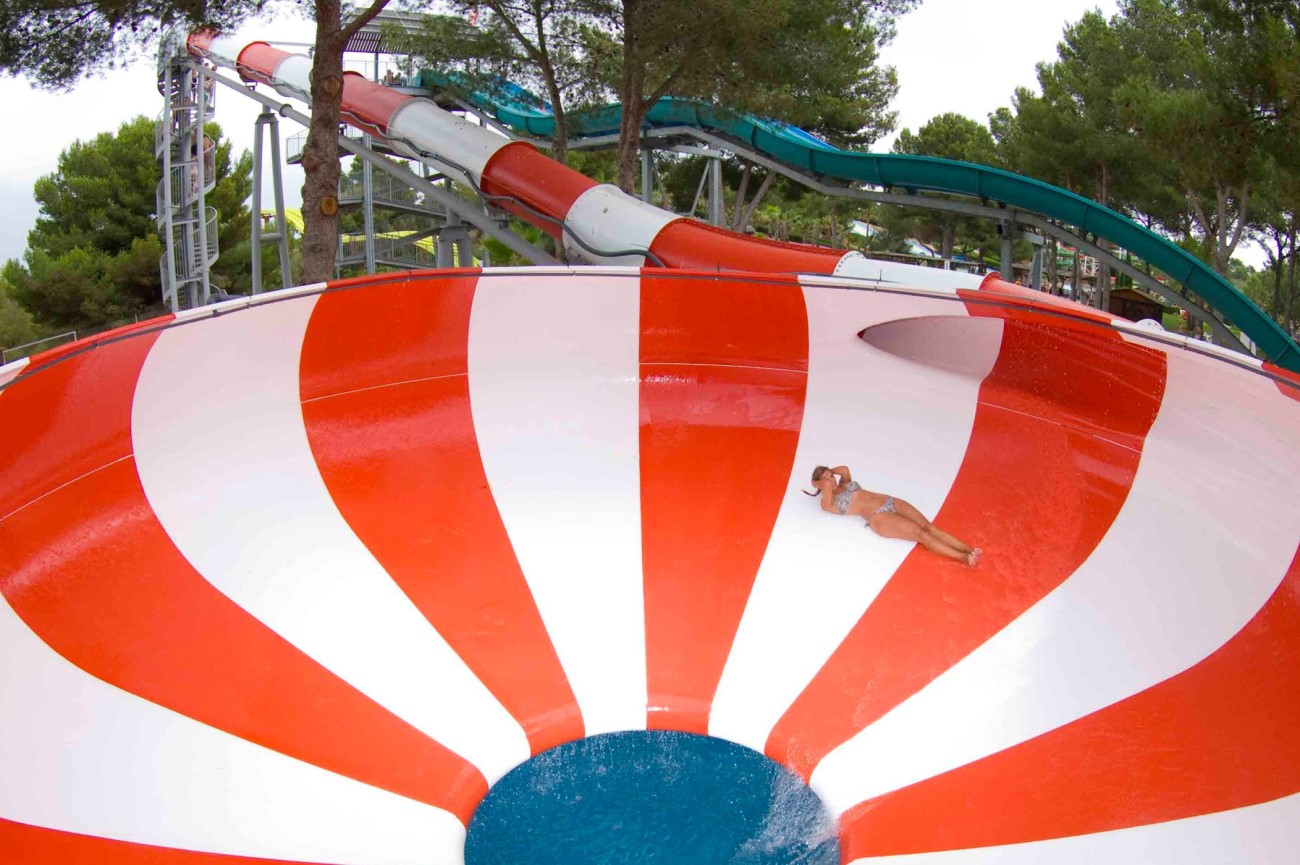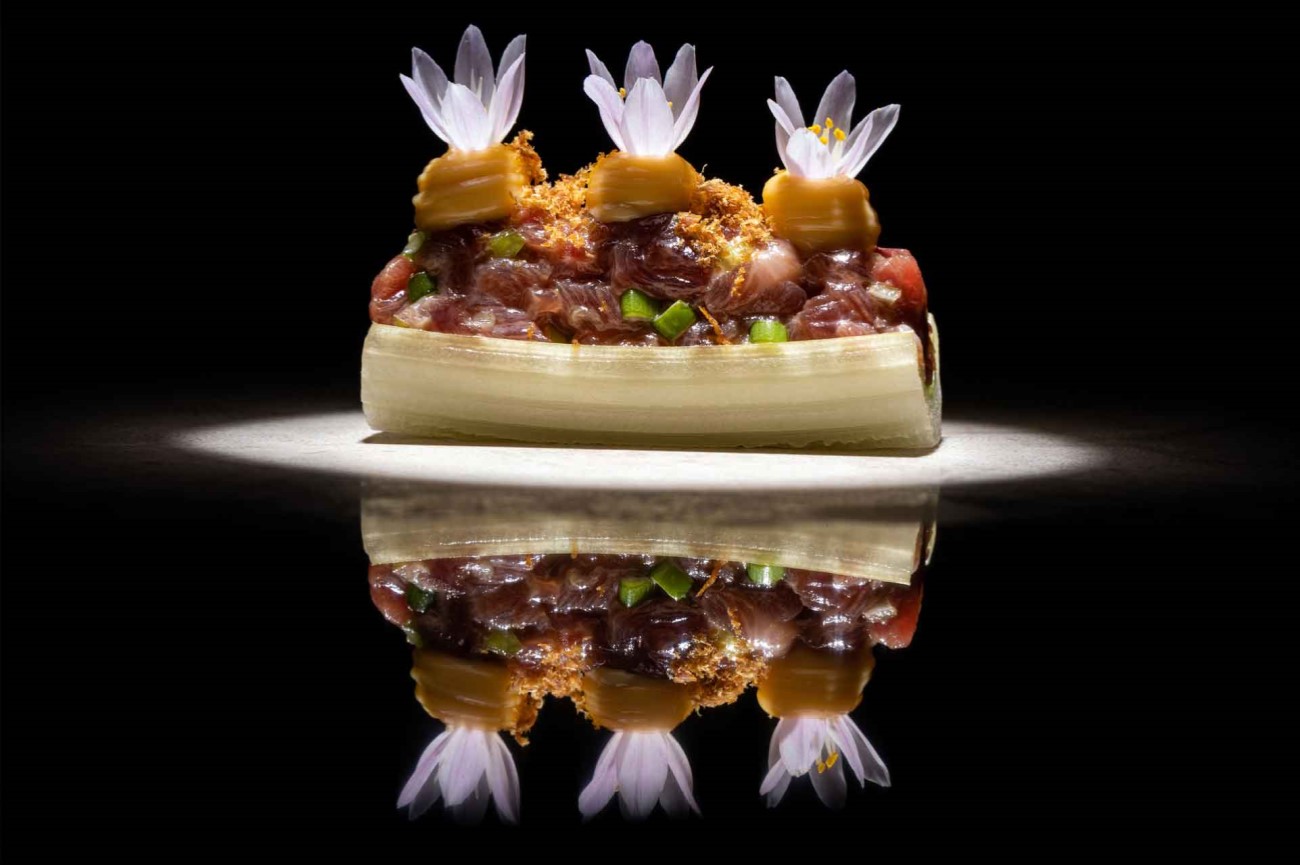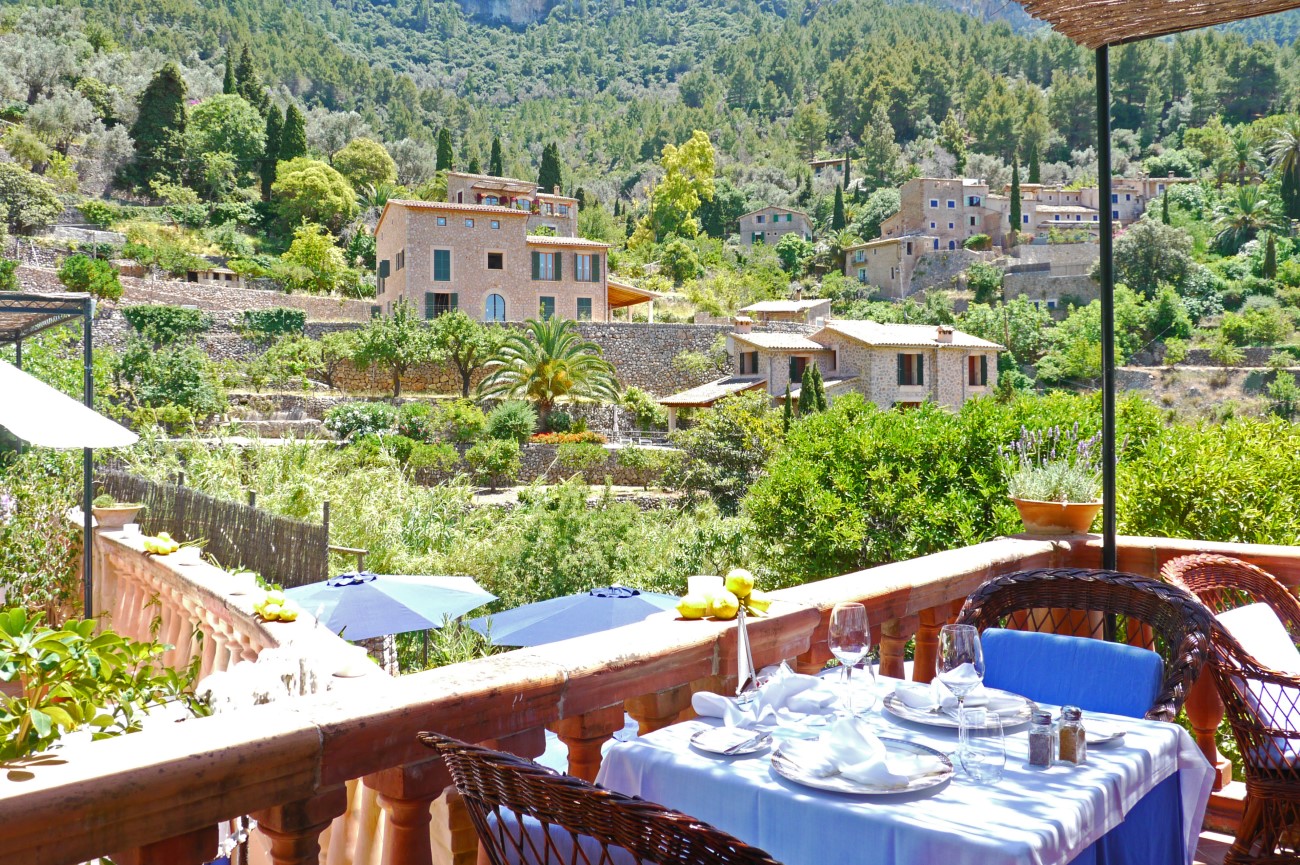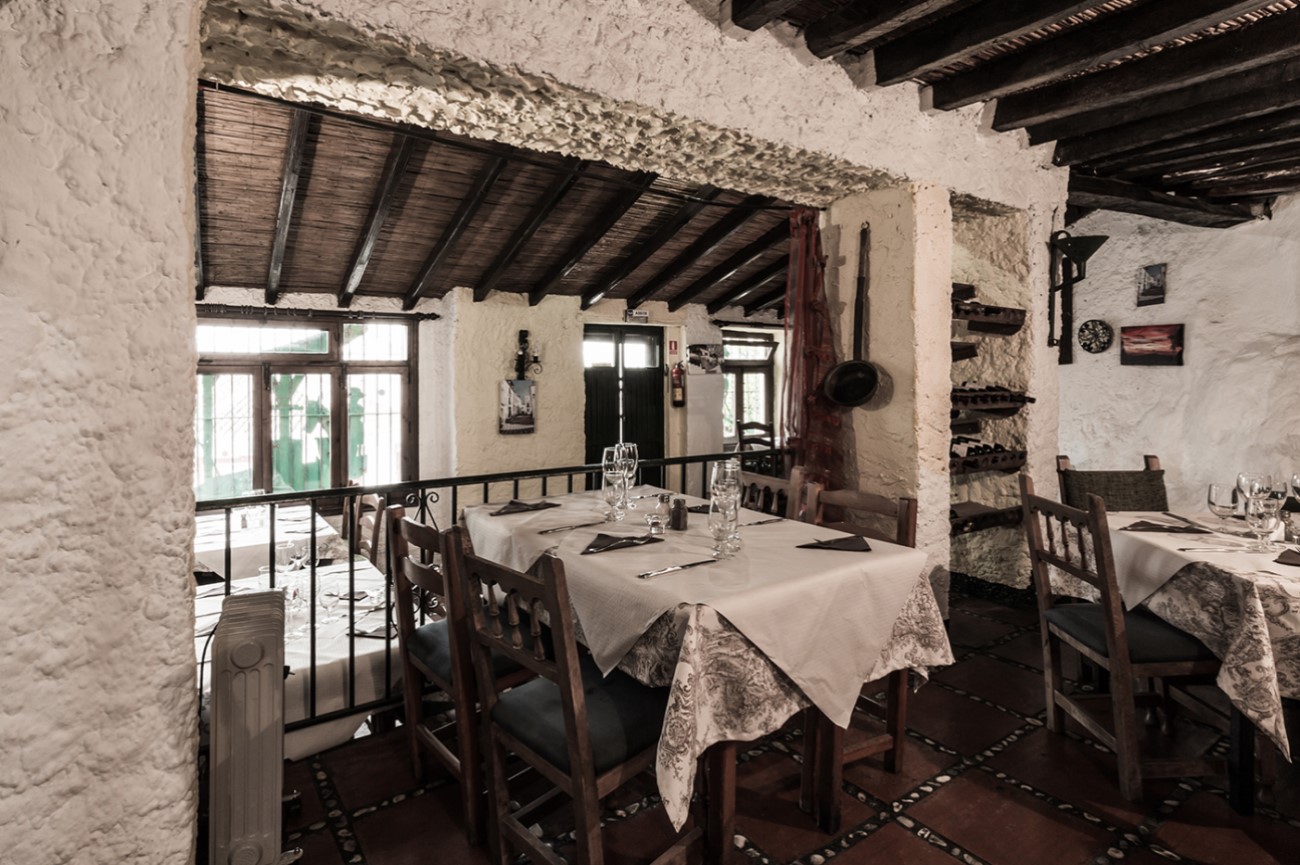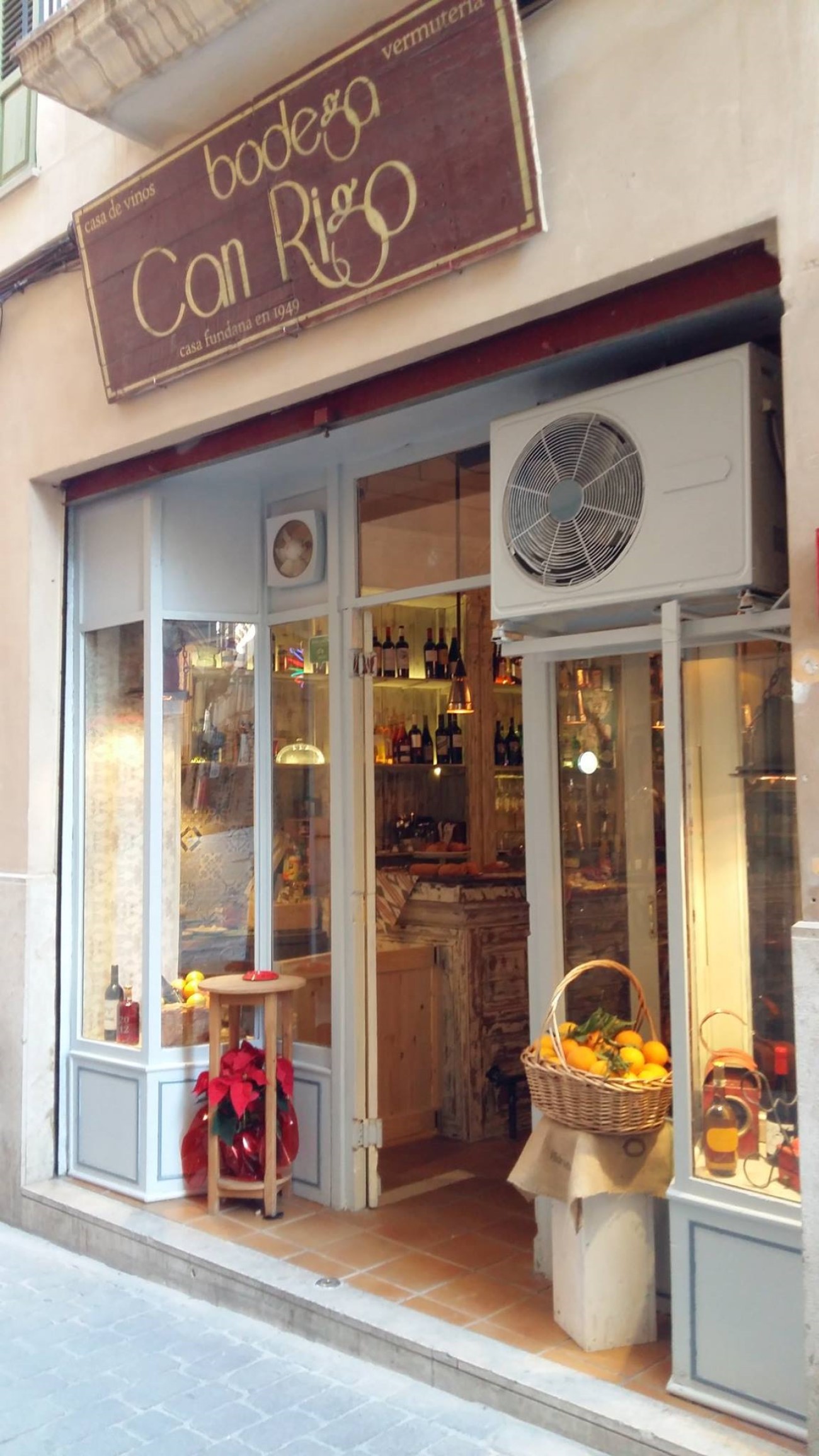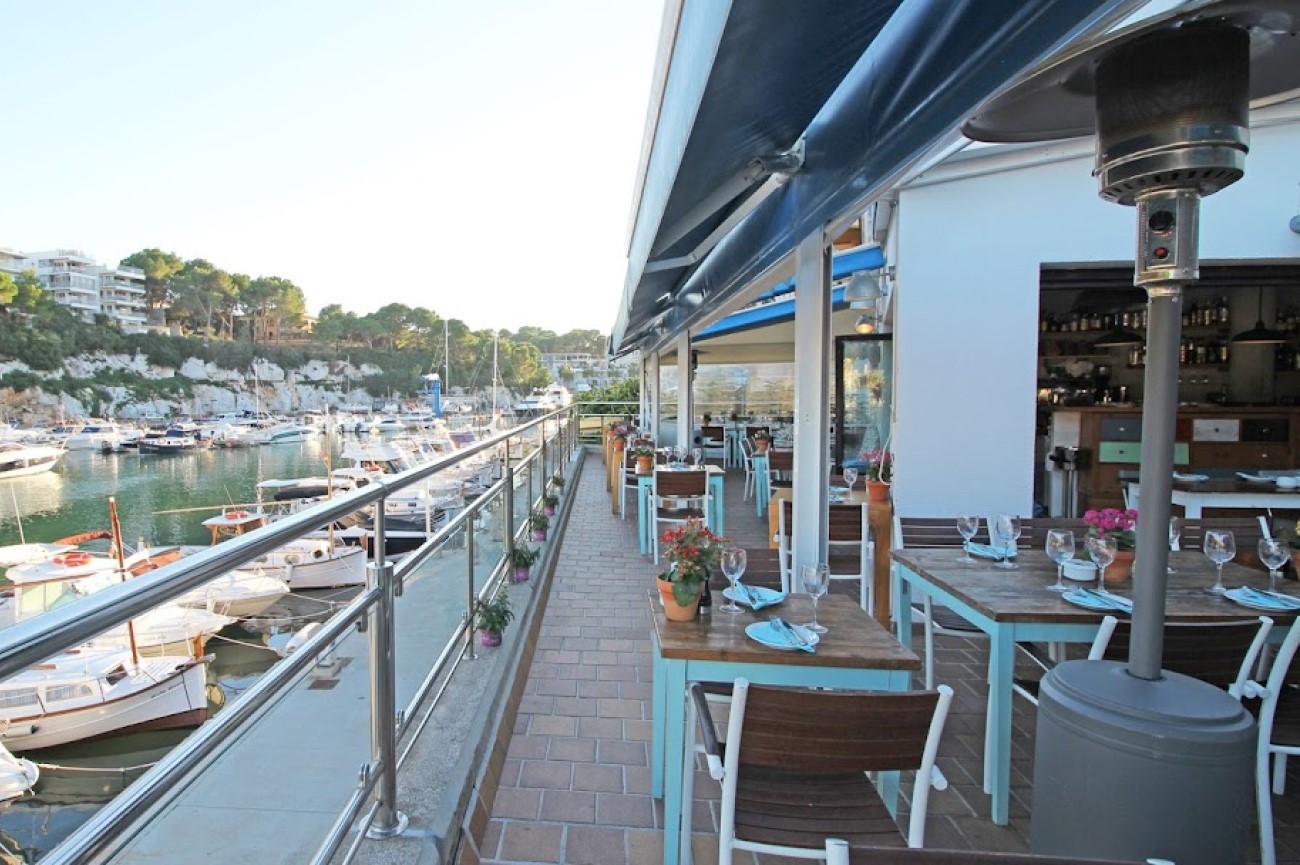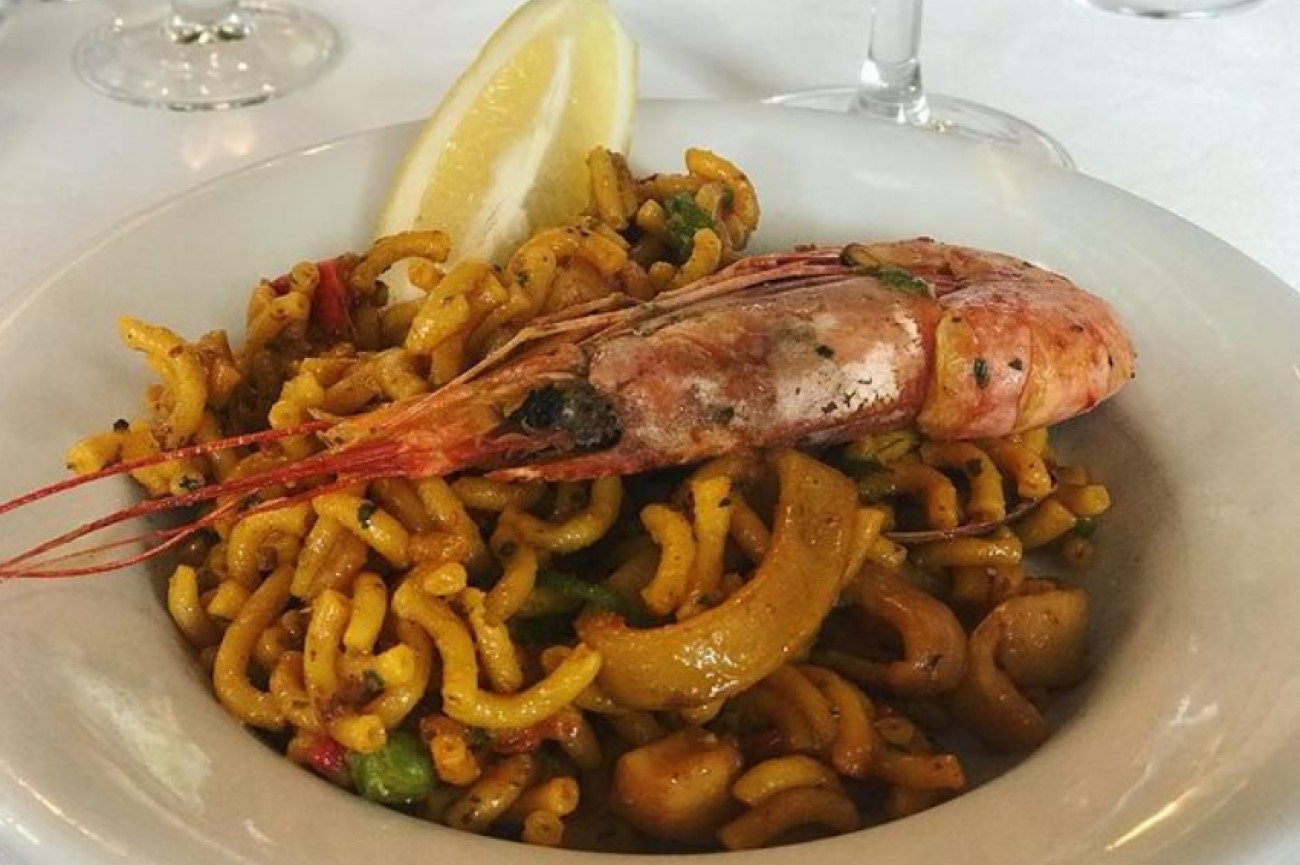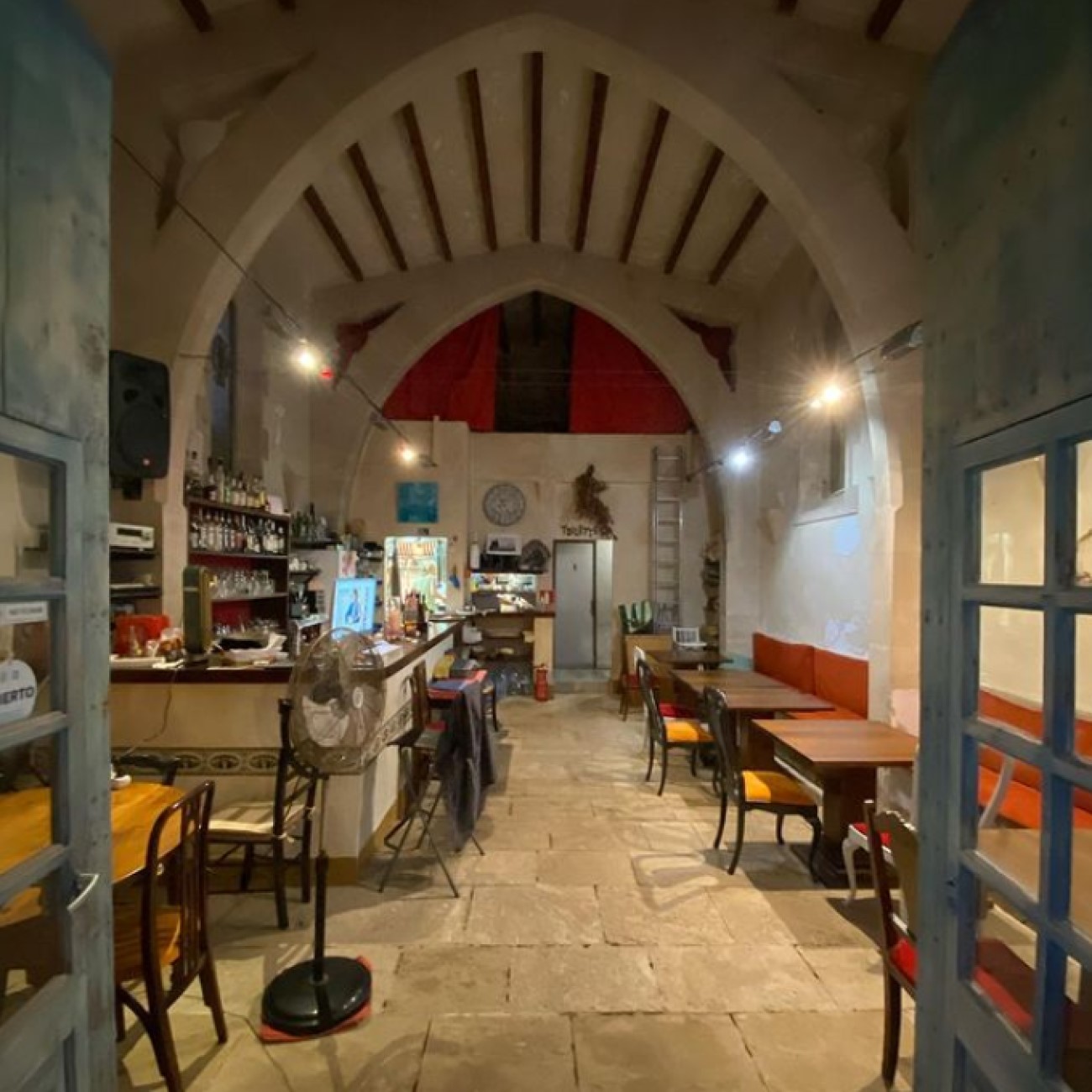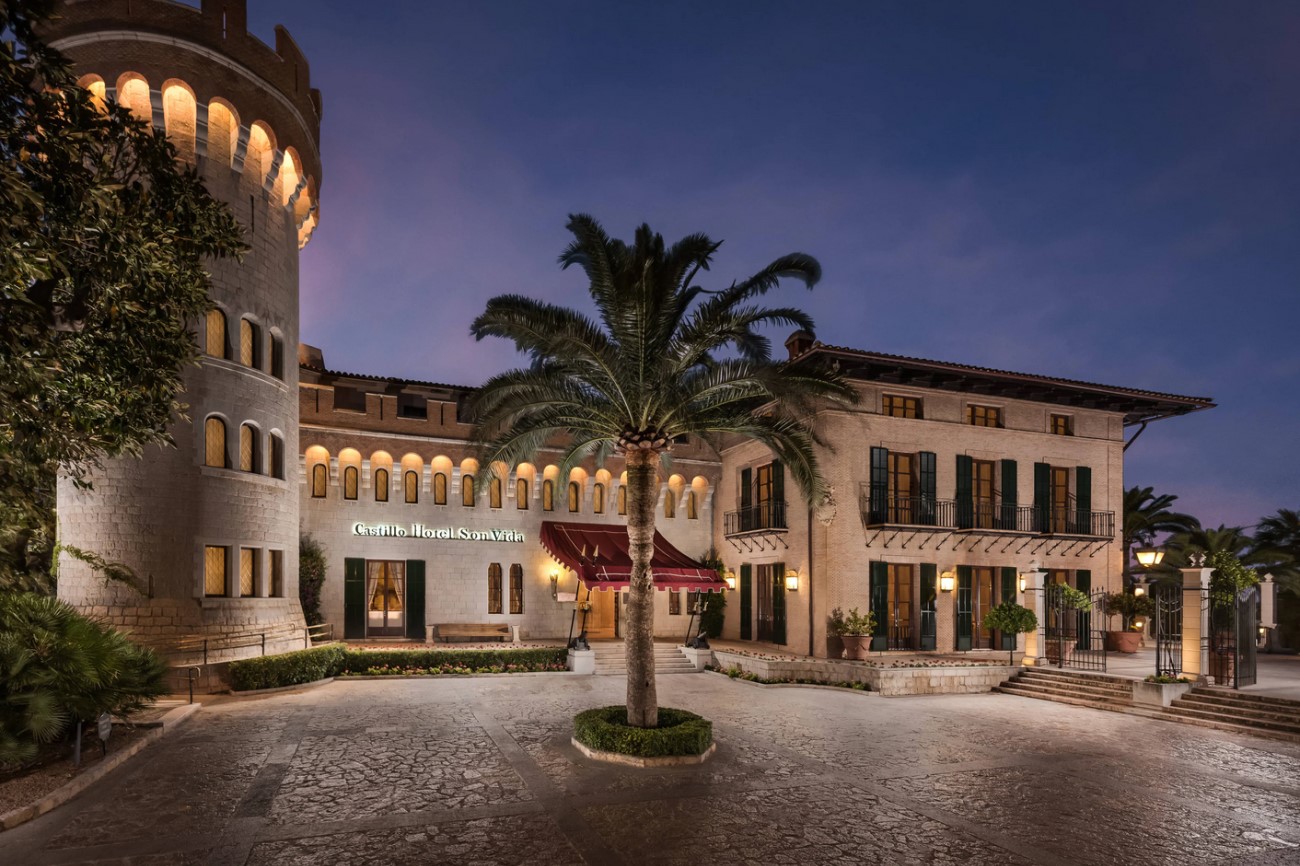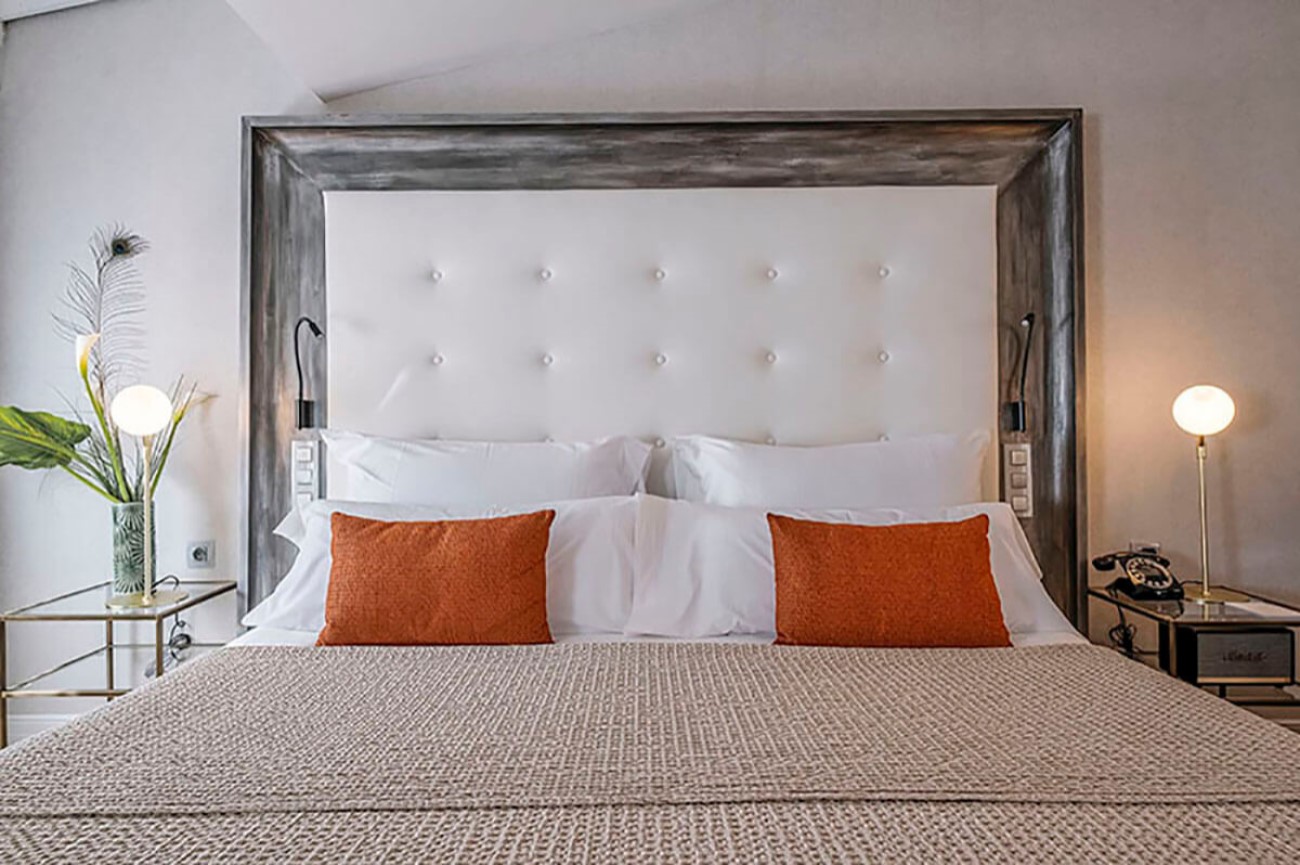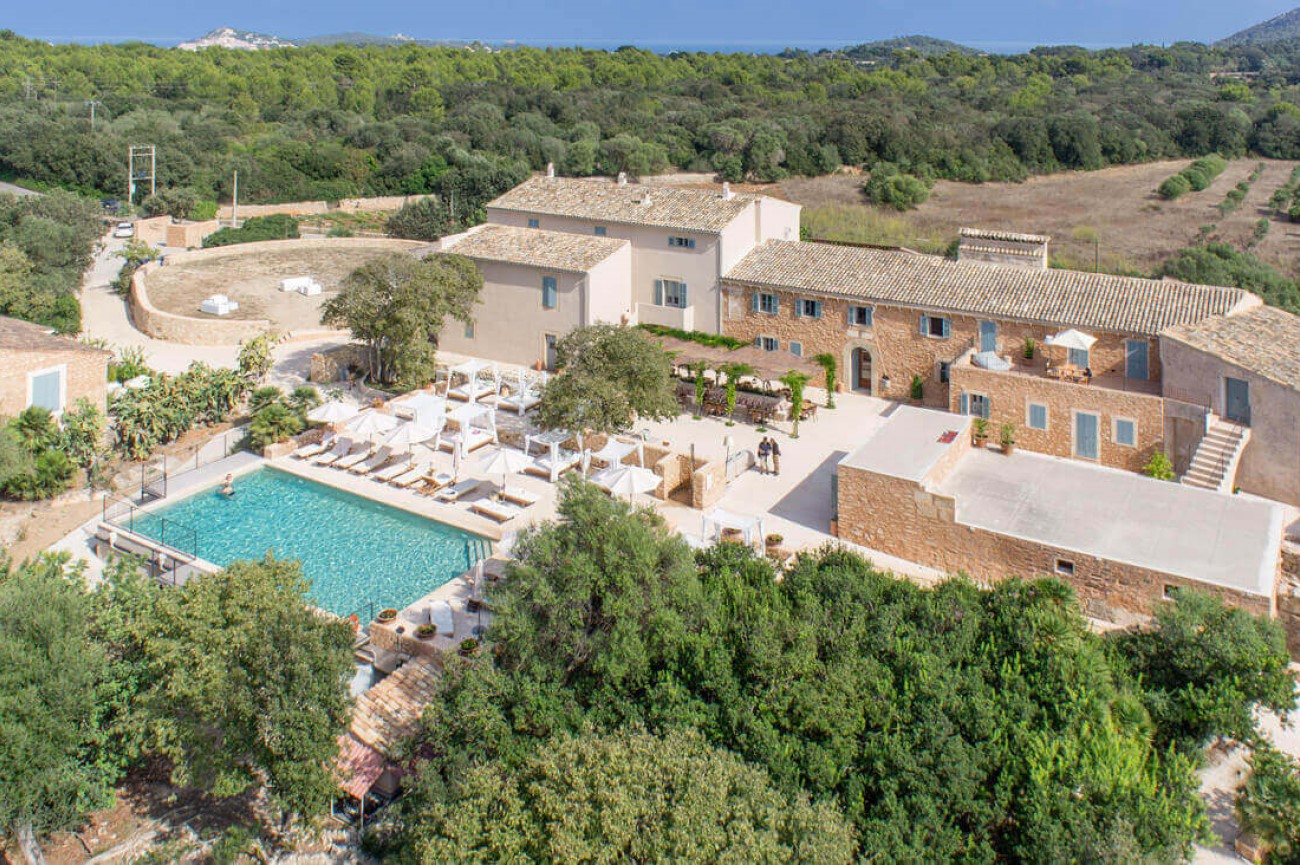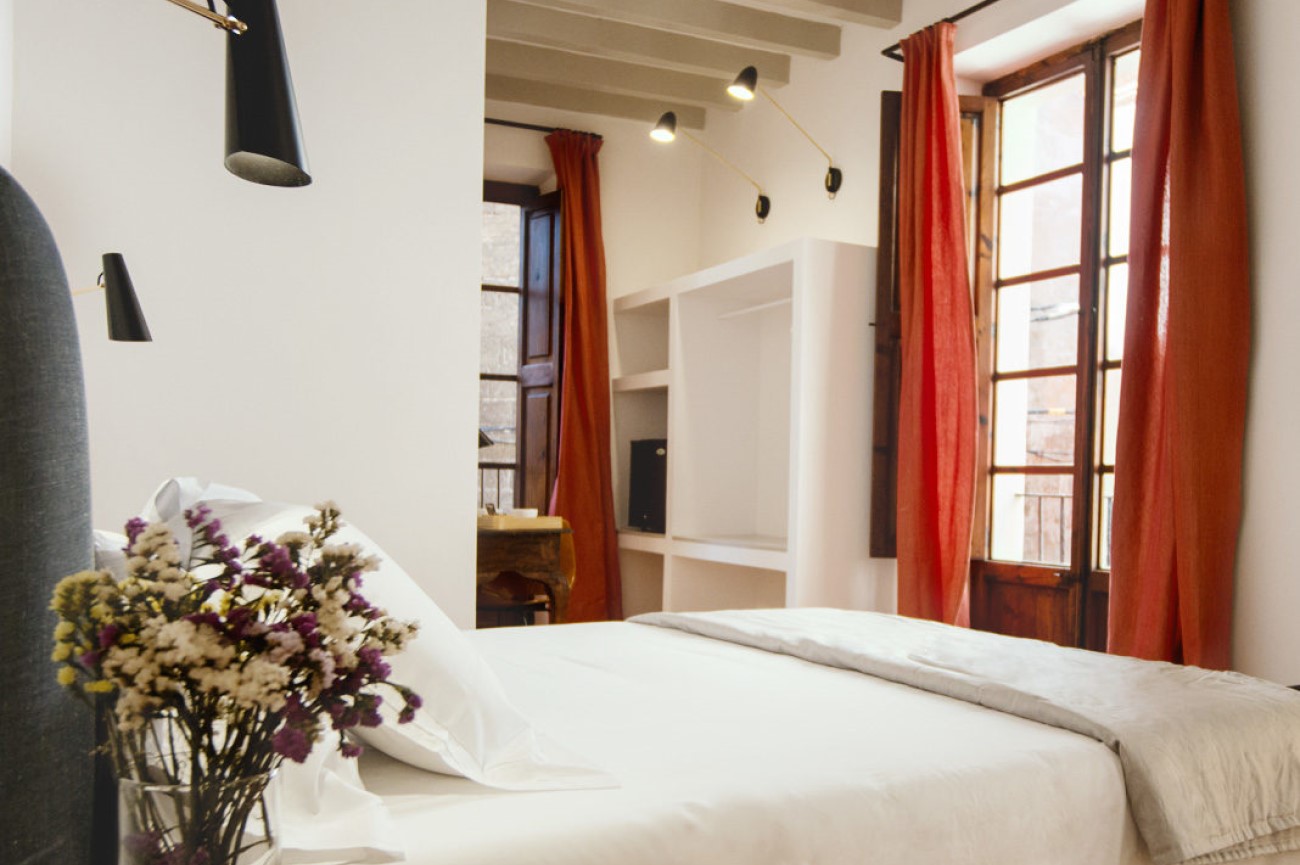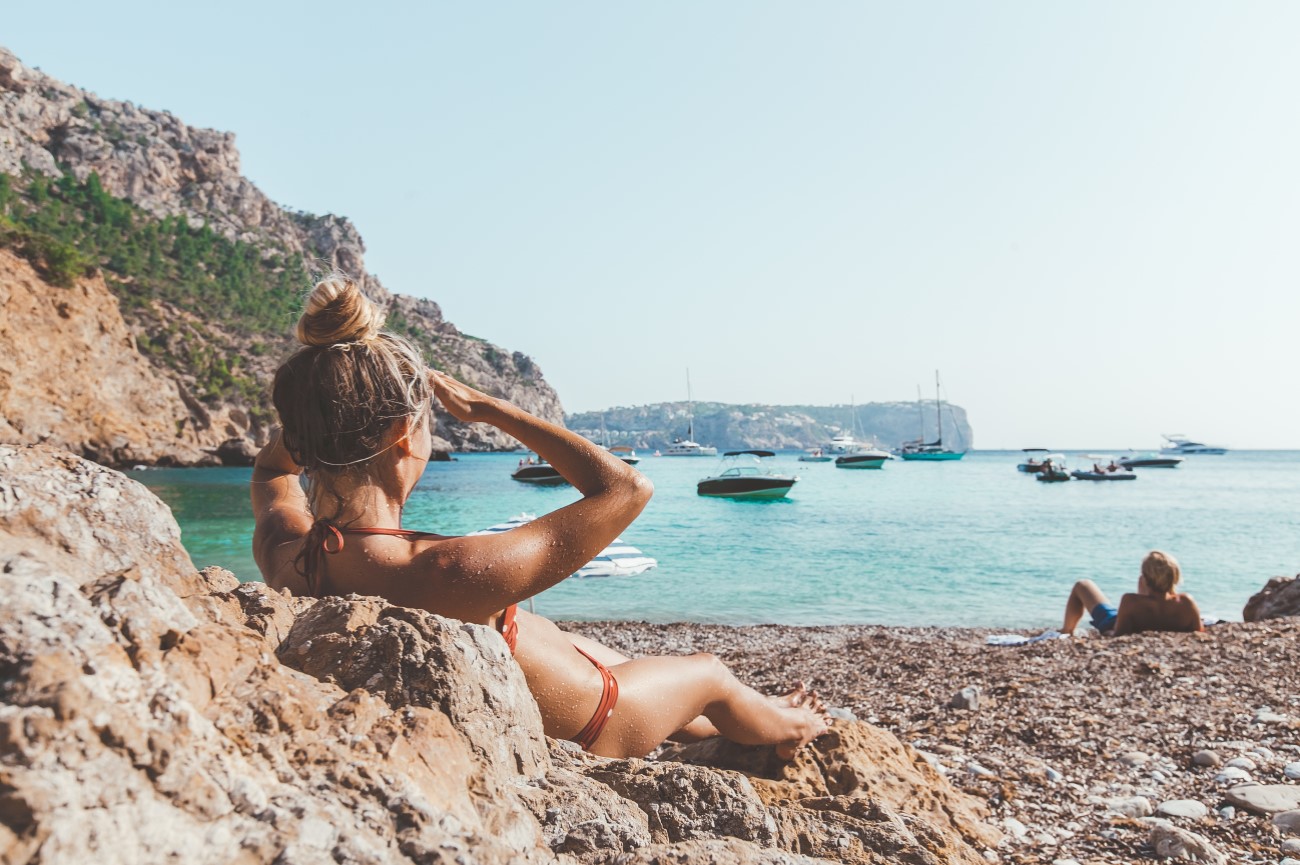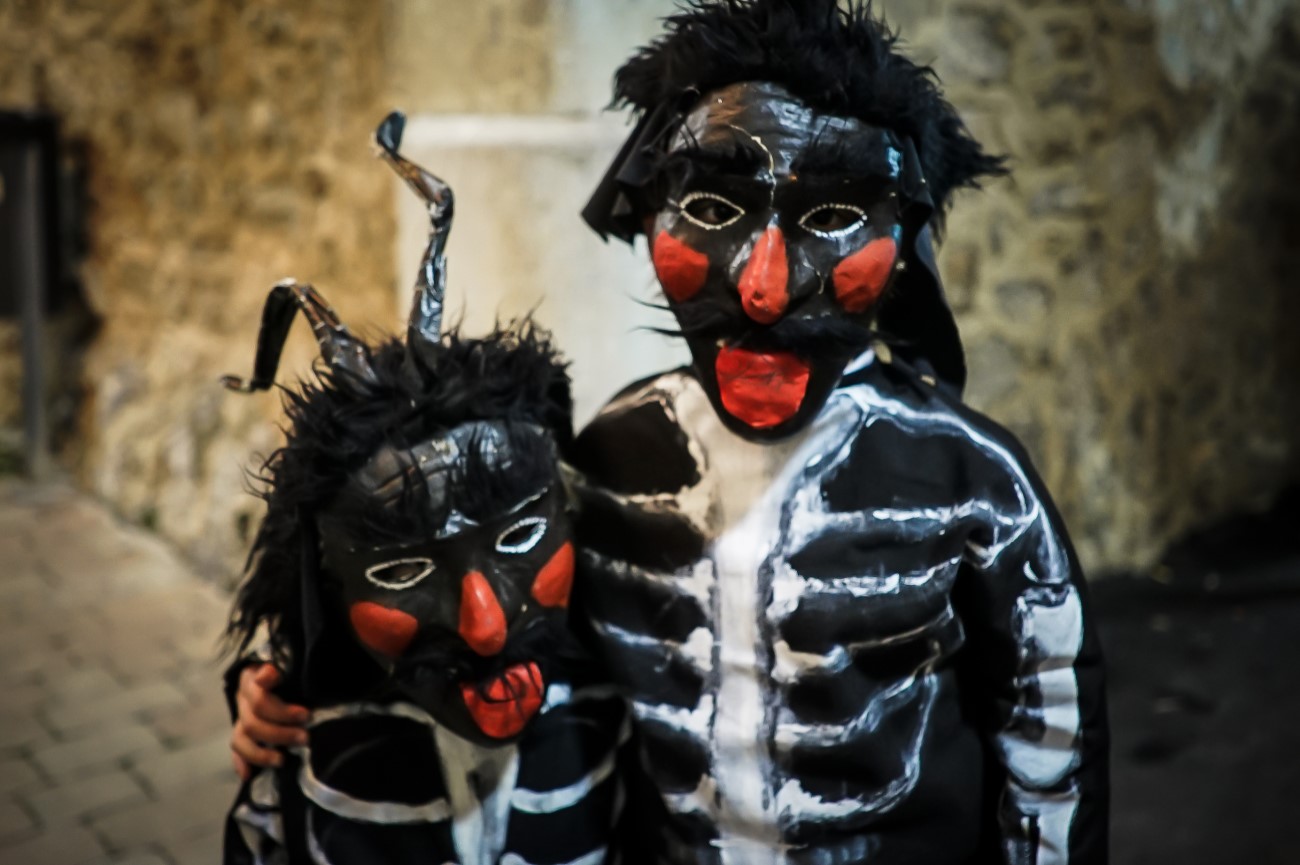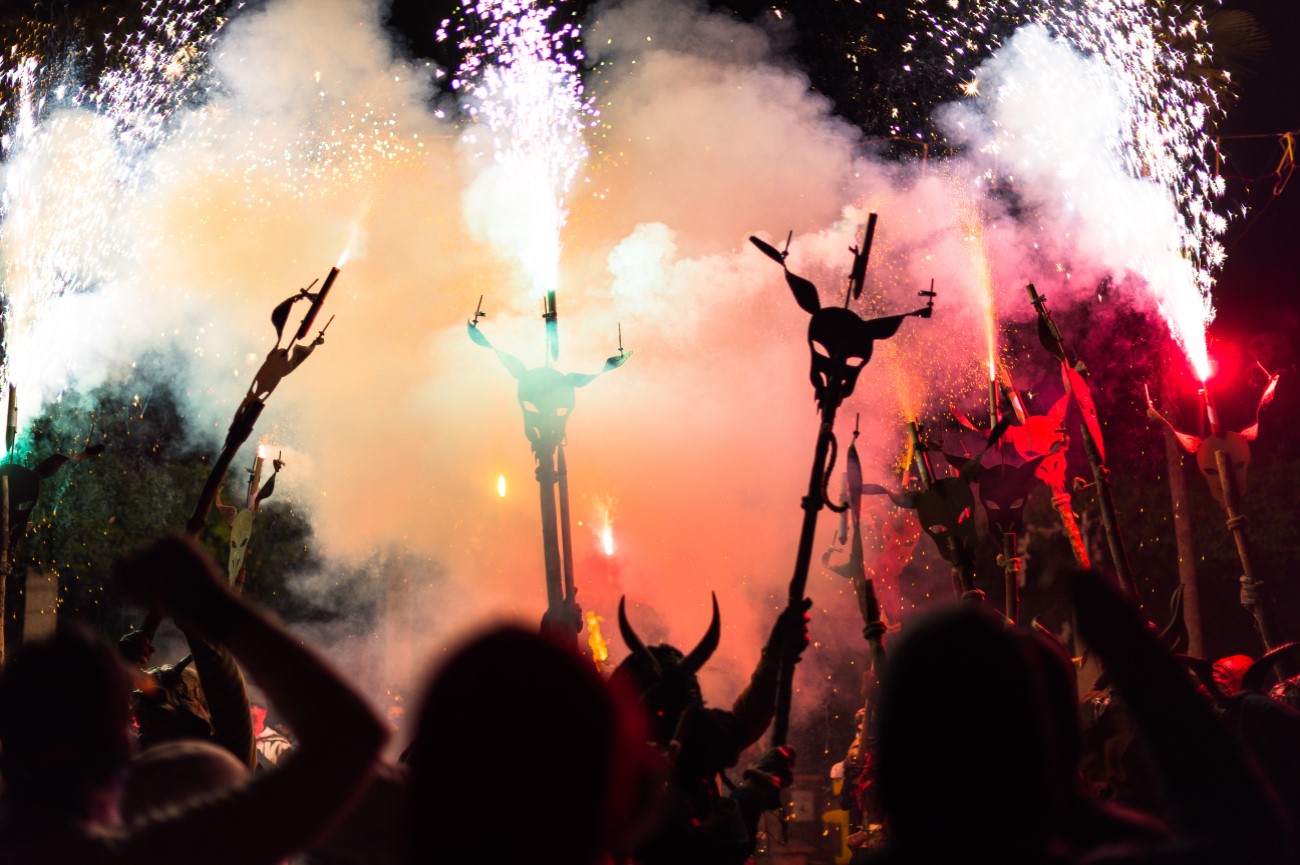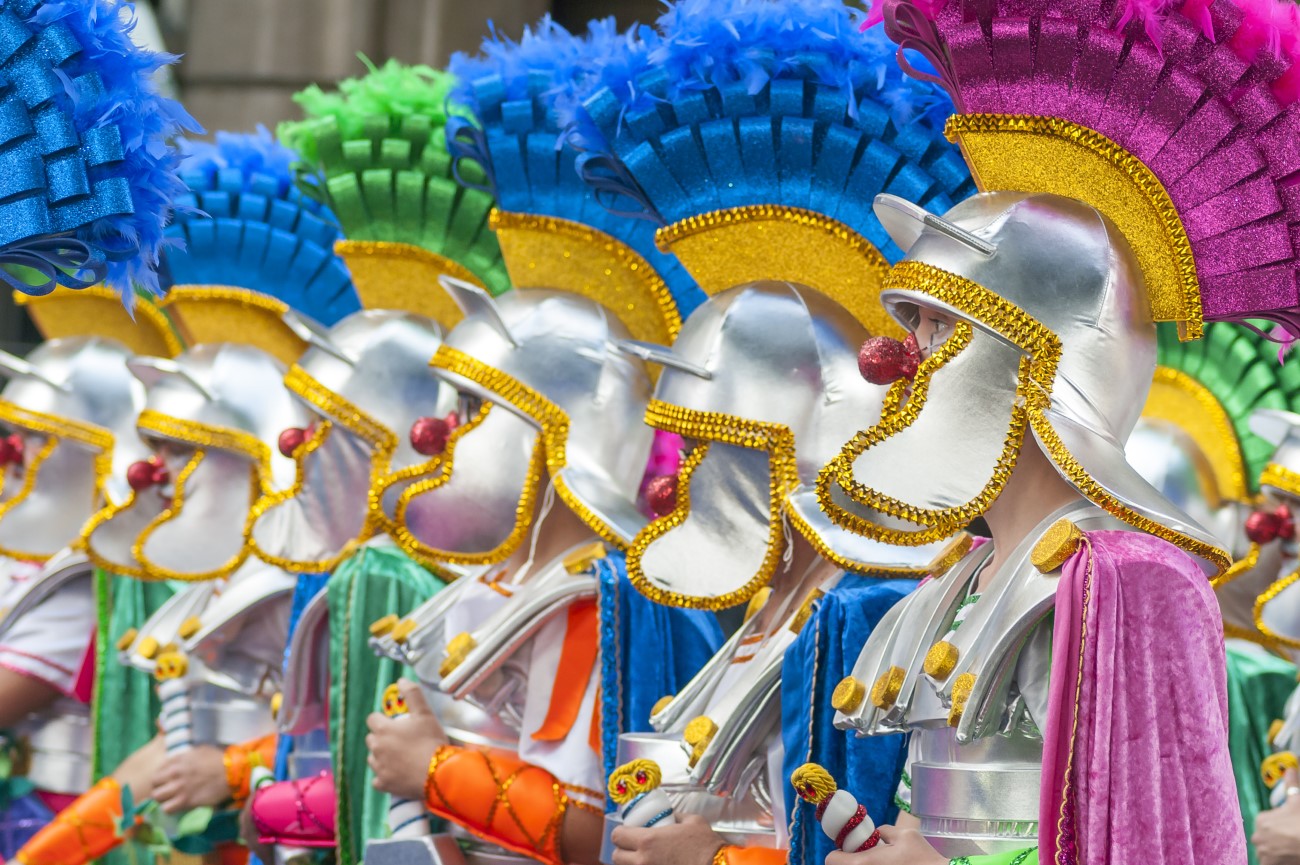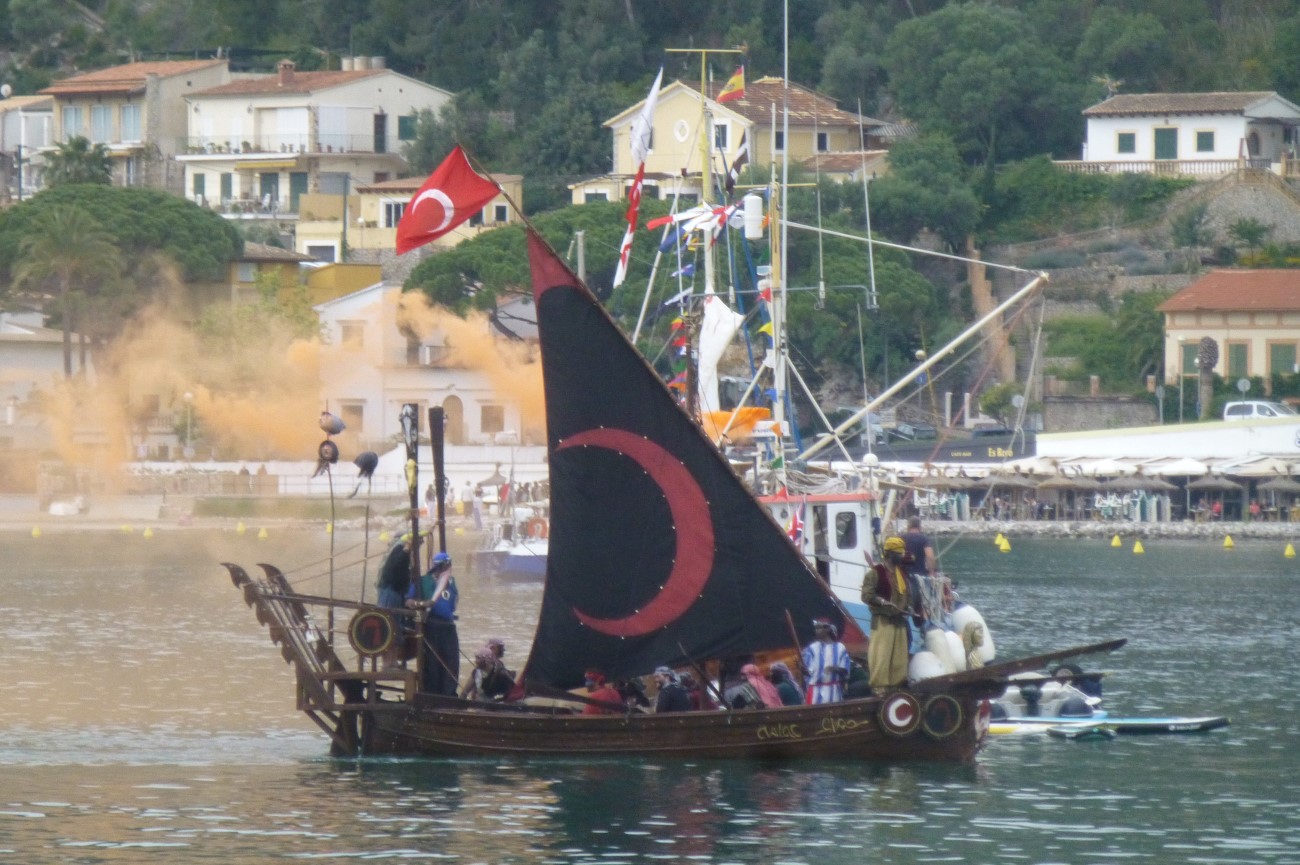Things to do in Majorca, Spain: 5-day itinerary
Mountain peaks, ancient castles, pristine beaches and hidden lakes — you’ll find it all in Majorca (the Spanish spelling is “Mallorca”), the largest of the Balearic islands.
You could spend days relaxing by the waterfront or touring cultural landmarks like Palma’s Gothic cathedral or the striking Bellver Castle. But there’s much more to see here, from hilltop villages like Fornalutx and Valdemossa to contemporary art museums and fruitful vineyards.
Join us as we discover the best things to do in Majorca in this 5-day itinerary. We’ve covered all the main attractions, from the best beaches to the top places to eat and stay.
Day 1 - Palma

Morning: Parc de la Mar
If you’ve just arrived in Majorca, the capital city of Palma is the best place to settle down for the first couple of days. After dropping your bags, you can enjoy a relaxing walk along the seafront in the area of Parc de la Mar. Here you’ll encounter a large artificial lake reflecting the city’s cathedral. The park is often the backdrop for several annual festivals, such as the Sant Joan or the Fiesta Flexas. For the best views, make sure to follow the old wall at the Passeig Dalt Murada.
La Seu Cathedral
It’s hard not to notice Majorca’s Cathedral. Also known as La Seu, it dominates the capital’s skyline standing out from a distance with its imposing spires. Construction began in 1229, but it took more than 400 years to finish this masterpiece which combines Gothic and Renaissance elements like the doorway. Antoni Gaudí and Miquel Barceló designed the marvellous interior, and you can see their mark on the altar and the Chapel of the Holy Sacrament. Make sure to visit the roof terraces to admire the bell tower, the buttresses and walk between the main towers, all while enjoying magnificent views of the city. It's also the best way to capture the cathedral’s stunning rose window up close.
Royal Palace of La Almudaina
From the cathedral, make your way to the Royal Palace. Originally an Islamic fortress, it was converted into a residence for the royal family in the 13th century. The monarchs have since moved to Palau Marivent, but they still come down for special celebrations. Inside the palace is a fantastic art collection, including paintings, furniture and tapestries. Other highlights include the Mudéjar ceilings, the Patio de Armas with its lion fountain and the Gothic chapel, Capella de Sant’Anna.
S'Hort del Rei
These charming gardens were created in the 14th century as part of the Royal Palace. Once used for growing vegetables, fruit trees and flowers, it was restored in the 1960s by architect Gabriel Alomar, who added other elements, such as the pergola and the Moorish-style water fountains. These days S’Hort del Rei is a public garden where visitors can stop and rest under the shady trees.
Afternoon: Llotja de Palma
Close to the garden, you’ll find the Llotja de Palma. Constructed in 1426, it’s one of the most beautiful civil buildings in Majorca. It used to be the headquarters for the city’s exchange, but now it works as a cultural centre welcoming temporary exhibits. While the purpose has changed, its Gothic structure remains pretty much the same, with its spiralling columns and vaulted ceilings.
Santa Catalina Market
Spain is famous for its lively food markets, and Majorca is no exception. While in Palma, you should visit the Santa Catalina Market. Inside you'll find a variety of stalls selling fresh produce, alongside tapas bars like the Can Frau, where you can sample delicious local delicacies. After visiting the market, you can wander around the Santa Catalina neighbourhood, famous for its colourful fishermen houses and trendy design stores.
Plaça de Cort
Take a stroll towards the Plaça de Cort. It’s in this charming square that you’ll spot Palma’s town hall with its ornate 17th-century façade. Locals gather here on New Year's Eve to watch the clock strike midnight. Another sight worth capturing is the 600-year-old Olivera de Cort, an ancient olive tree. It may look like it grew here, but the tree was only moved to the square in 1989. It came from a Pollença estate, and today it’s seen as a peace symbol.
Museu Fundación Juan March
Continue your tour at the Museu Fundación Juan March. Housed in a beautiful 17th-century mansion, this art museum features a small collection of paintings and sculptures. Amongst the most famous artists on display are Picasso, Miró, Dalí, Julio González, Juan Gris and Eduardo Chillida. The exhibition covers several periods, with a special focus on Spanish art produced in the 20th century.
Day 1 - Majorca Tour Map
Day 2

Morning: Es Baluard Contemporary Arts Centre
Start your morning with a visit to the Es Baluard Contemporary Arts Centre. Erected in the 21st-century, the gallery combines a concrete complex with the ancient Renaissance fortifications already in place. It's one of the finest art galleries on the island. Alongside the temporary exhibitions is a remarkable permanent collection with works by noteworthy artists such as Barceló, Picasso and Miró. After admiring the artwork, you can walk along the ancient walls and take in the views.
Fundació Miró Mallorca
If you want to learn more about Miró, you should visit this foundation on the outskirts of Palma. This is where the Catalan artist lived and worked for more than 30 years. Set on a hill, it features three buildings and surrounding gardens offering unique views over the coast. The studio inside was designed by the architect Josep Lluís Sert, one of Miró’s friends. While the exhibition space, Sala Estrella, was designed by Rafael Moneo. Inside you’ll find more than 2500 works by Miró, from charcoal sketches to paintings and colourful sculptures, which you can also admire outside.
Afternoon: Puerto Portals
The next stop is Puerto Portals. Set about 9km from Palma, this lively port is full of luxury yachts and flashy cars. In the summer, you’ll often spot famous figures around here like Paris Hilton, Brad Pitt or Bill Gates. Enjoy a walk along the docks, passing through designer boutique shops, luxury restaurants and impressive mansions.
Magaluf
Magaluf is widely known for its nightlife, with many tourists (especially British) gathering here to party. But this town also has its share of daytime entertainment, from marvellous beaches such as Playa de Magaluf to water parks and golf courses.
Calvià
Magaluf is only a small part of the Calvià coastline, which extends for 50km. If you prefer calmer beaches, you can visit Cala Vinyes to the south or head north towards the Playa de Palmanova. This last one is lined with snack bars and cafés where you can stop for a drink. You can also practise many watersports here, such as scuba diving. Other popular beaches include Playas de Paguera and Cala de Santa Ponça. When you’re done exploring the seaside, you can venture to the town of Vila Calvià, where you’ll find the stunning church of Sant Joan Baptista.
Day 2 - Majorca Tour Map
Day 3

Morning: Wine tasting in Binissalem
It’s time to try the local wine, and there’s no better place to do it than the country town of Binissalem. This is one of the top wine-producing areas on the island (with its own D.O., meaning: “denominació d’origen”). Take your time exploring the town and then head to one of the local bodegas for a wine tasting. Among the best are Bodegas Oliver, Vins Nadal, Tiana Negre and ANA Vins.
Marivent Palace
This is where the royal family escapes in the summer. Sitting next to the Cala Major cliff, Marivent stands for “sea and wind” in Majorcan, the perfect expression to describe this place. Even though you can’t enter the palace, you can wander through the gardens when the royals aren’t there – enjoying the Joan Miró’s sculptures dotted around.
Bellver Castle
Close to the palace is the Bellver Castle, one of the most iconic sights on the island. You can easily hike there or take a bus if you prefer. The stunning circular building dates back to 1300, and it’s one of the few of its kind in Spain. Through the centuries, it’s worked as a royal residence, a military prison and a currency factory. While you’re here, you can visit the Museu d’Història de la Ciutat on the ground floor, which documents Majorca’s history. Then head up to witness the impressive views of the surrounding woods and the coast further down.
Afternoon: Montuiri
Spend your afternoon exploring the traditional village of Montuiri. If you’re driving there from Palma, keep your eyes peeled for the old stone windmills. As you approach the town, you’ll see a mix of medieval houses and grand mansions, all surrounded by the countryside. It’s this serene setting that makes it the perfect place to escape the crowds.
Manacor
Continue east towards Manacor, the second-largest city in Majorca. Make sure to visit the church of Nostra Senyora dels Dolors and don’t leave without checking the Majorca pearls at one of the local shops. You can also stop by the Rafa Nadal Museum Xperience and try the fun sports simulators.
Day 3 - Majorca Tour Map
Day 4

Morning: Torre del Verger
Hit the road and head towards the Torre del Verger. This talayot (watchtower), built in 1579, is the image you see in many of the town’s postcards. It’s on the edge of the coast, making it the perfect place to stop and capture the ocean views. You can combine your visit with a trip to the peaceful town of Estellencs.
Banyalbufar
About 1km from the tower, you’ll encounter Banyalbufar. The village may be small, but the natural setting of the Tramuntana mountains makes it worth the visit. Take a wander through the historical centre before heading down to Es Port des Canonge, the town’s fishing port. From here, it’s only a few steps to the beaches. Don’t miss the Cala Banyalbufar, Son Bunyola, and Es Corral Fals.
Valldemossa
Also surrounded by the mountains is Valldemossa, one of the most elegant villages in Majorca. It’s mostly famous as the place where Chopin and George Sand began their romance. The Polish composer and the French writer nurtured a close relationship in this beautiful town, and there’s a museum here that tells their history. It’s one of the many reasons why visitors head here, along with the stunning monastery known as Real Cartuja. If you have time, you can explore the nearby Son Marroig estate.
Deià
The next stop is Deià, often called the village of artists. Located in the Valle de los Naranjos (Valley of the Oranges), it stands out with its stone houses and tiled roofs, nestled amid rolling hills and citrus trees. The famous poet Robert Graves spent a lot of time here, and other artists soon followed suit. The house where he lived is now open as a museum, called Ca N’Alluny. It’s worth getting lost in the maze of narrow streets lined with galleries and boutique shops. When you’re done sightseeing, you can always rest at the nearby beach, Cala Deià.
Sóller
From Deià, it’s only a few miles to Sóller. This small town is full of historical monuments, such as the Església de Sant Bartomeu, an iconic 14th-century church, and the Sa Capelleta Monastery. While you’re here, you can also take the tram that connects the old town to the port. Even if you don’t have a car, you can easily get here by hopping on the El Tren de Sóller, the iconic train that connects Palma to Sóller. Along the way, you’ll enjoy scenic views of the Sierra de Alfàbia mountains.
Jardines de Alfàbia
Head south from Sóller, and you’ll soon reach the Jardines de Alfàbia. Flowers, orchards and palm trees mix in this charming garden considered a UNESCO site. You can hear the water running through the nearby canals and the birds chirping all around. Within the gardens is a Baroque-style palace where you can admire paintings and antique furniture. Other attractions include the tafona, a large oil press designed in a mix of Gothic, Renaissance and Baroque styles and a little café serving homemade lemonades. Note: The gardens are only open between March and October.
Fornalutx
If you’re looking for a typical mountain village, you’ll love Fornalutx. The town stands on one of the highest points of Tramuntana Mountain, offering a fantastic view over Sóller. It’s been nicknamed the “prettiest village in Spain”, and you’ll understand why when you get there. Many nature trails pass through here, making it a favourite spot for hikers and cyclers. Stop to capture the stone houses before settling down at one of the terrace cafés between the olive and orange groves.
Sa Calobra drive
The famous “snake road”, constructed by Antonio Parietti, is one of those drives that you have to take while in Majorca. Driving to Sa Calobra through this road is a once in a lifetime experience, with breathtaking views along the way. The route crosses two beaches, divided by the Torrent de Pareis (river gorge). You can also cycle through here if you prefer, but the 9.5km climb can be a challenge if you’re not used to it.
Day 4 - Majorca Morning Tour Map
Afternoon: Lluc Sanctuary
Tucked between the mountains, you’ll find the Lluc Sanctuary. The monastery dates back to the end of the 17th and 18th centuries, but it was revamped at the beginning of the 20th century following one of Gaudí's plans. Many pilgrims head here to admire the Virgin Mary and Infant Jesus statue known as La Moreneta (the Black Madonna). Occasionally you can hear the boys choir from the monastery’s boarding school. There’s also a museum inside displaying Talayotic artefacts, paintings (primarily by Josep Coll Bardolet) and folk art. Before you leave, make sure to step outside and wander through the botanical garden or take a dip in the nearby swimming pool. It’s also possible to spend a night at the monastery if you’re looking for an alternative place to stay.
Pollença
We continue our trip east towards Pollença. This cultural town hosts an annual Classical Music Festival that attracts people from all over the island. Pollença still has an old village charm with its beautiful stone houses and historic buildings like the Nuestra Señora de los Ángeles, an 18th-century church and the Iglesia de Puig del Calvari, a Baroque pilgrimage chapel, standing at the end of a 365 steps staircase. Many famous figures were fans of Pollença, from Winston Churchill to Agatha Christie. Follow their footsteps and stroll the narrow streets, stopping for a drink at Plaça Major, the town’s main square. After wandering through the centre, head to the coast and relax at the white-sandy beach of Port de Pollença.
Cap de Formentor
From Puerto de Pollença you can drive all the way to Cap de Formentor. This is where the Tramuntana mountain range meets the Mediterranean. The path to Cap de Formentor offers unbelievable views, but it does pass through some narrow roads. There are different lookout points along the way, where you can stop for a photograph or simply take in the views. At the end of the road, you’ll find the iconic lighthouse Faro de Formentor. There’s a bar in the area if you need a break, or you can go for a swim at the nearby beach.
Ruines Romanes de Pollentia
On the way to Alcúdia, you can stop at the ruins of the Roman city of Pollentia. Dating back to 123 BC, this ancient city used to be the old capital of the Balearic islands. Visitors are welcome to explore the site, including the theatre and forum. You can also see the residential area of Sa Portella with its broken pillars and wall remains. Don’t miss the Casa dels Dos Tresors (House of the Two Treasures), one of the most well-preserved houses in the area.
Alcúdia
Alcúdia is a picturesque medieval town filled with typical Spanish plazas, elegant cafés and historic mansions. It’s the only town in Majorca that has maintained its medieval roots.
The town’s walls were built during the Middle Ages with a particular purpose: to protect the area against pirates, as it is so close to the sea. Noteworthy sites include the churches of Santa Ana and Sant Jaume, the Baroque chapel of Sant Crist and the sandy beach at Puerto de Alcudia. Nearby, you can explore the Albufera Natural Park, a favourite spot for birdwatchers.
Platja des Coll Baix
About 8km from Alcudia is the Platja des Coll Baix. Just follow the signs to Museo Sa Bassa Blanca, and you’ll soon end up there. The trail to the beach can be a bit challenging, as the path takes you through the cliffs. Make sure to bring comfortable shoes if you’re planning to hike down. It's also possible to reach the beach by boat.
Colònia de Sant Pere
End the day at the Colònia de Sant Pere. This small fishing village is one of the few places on the island that is quiet even during summer. This is the place to go if you’re looking for a calm place to spend your holidays. You can enjoy the beach, walk along the seafront promenade and have dinner at one of the town’s restaurants.
Day 4 - Majorca Afternoon Tour Map
Day 5

Morning: Petra
For our last day in Majorca, we’re heading east, starting with a visit to Petra. This quiet village feels miles away from the bustling capital. The most important landmark here is the Convent Sant Bernardi de Sienna, where the famous missionary Friar Juníper attended school. You can visit the nearby Casa Museu de Fra Juníper Serra museum to learn more about his story. There is even a festival named after him: the Juníper Serra Festival, happening every year, on the third Sunday of September. If you visit during this time, you’ll have the chance to watch the beautiful parades and flower offerings. Other monuments worth adding to your itinerary include the Iglesia de San Pedro, a Gothic church with a fortress-style façade and the Neo-Baroque Santuario de Nostra Senyora de Bonany.
Artà
Just a few miles from Petra, you’ll find the village of Artà hiding in a lush valley of almond, olive, and fig orchards. The town’s name derives from the Arabic word for “garden” (jertan), and you’ll understand why once you see all the greenery. Start your tour at the Iglesia de la Transfiguración del Señor, the town’s parish church, then head to the Santuari de Sant Salvador up the hill to enjoy the panoramic views. It’s also worth capturing the grand manor houses like the municipal library and the Bronze Age ruins of Ses Païsses, on the outskirts of town.
Cala Mesquida
Take a break at Cala Mesquida, a white sandy beach bathed by crystal-clear waters. Located between Artà and Capdepera, it’s considered one of the most beautiful calas in Majorca. The surroundings include pine trees and dunes, and all the area is protected as many bird species migrate here. On a clear day, you can almost spot Minorca from the beach.
Capdepera
Drive south, and you’ll soon reach Capdepera, an ancient town dotted with 14th-century manor houses. Not many tourists make it this far, so it still feels like a hidden gem. After wandering through its narrow streets, make sure to visit the castle up the hill. Built on the ruins of a Moorish fortress it was erected to protect the town from pirate attacks. Other attractions include the church and the watchtower Torre Miquel Nunis.
If you’re a fan of gastronomic experiences, book a table at Andreu Genestra, the town’s Michelin-starred restaurant. Housed in a refurbished 15th-century farmhouse, the restaurant sources most of its ingredients from its garden.
Coves del Drach
The impressive Coves del Drach deserve a guided tour. These natural caves are something to behold with their countless stalagmites and stalactites. Inside you’ll find one of the largest underground lakes in the world. Join the one-hour tour and explore every chamber until you arrive at a large amphitheatre, where a classical music recital awaits you. Tip: Book online if you want to save money on your ticket. Other nearby caves include the Hams and Pirata.
Cala Varques
End your morning at the stunning Cala Varques. Located between Porto Cristo and Porto Colom, this small cove is the perfect place for a swim. There are no services around, so make sure to come prepared if you’re planning to stay awhile. It’s also a favourite spot for sunset if you want to return later in the day.
Day 5 - Majorca Morning Tour Map
Afternoon: Caló de sa Torre
We continue our journey along the coast at the Caló de sa Torre. The name of the beach comes from an ancient ruined tower located nearby. It consists of two small coves, separated by rocks. You can relax by the beach and then visit the harbour town of Portopetro.
Mondragó Natural Park
From Caló de sa Torre, make your way to the Mondragó Natural Park, one of the greatest natural treasures of Majorca. With over 700 hectares, the park is renowned for its vast vegetation, animal diversity and paradisical beaches. It’s the ideal place if you want to get away from the island’s crowded attractions. Popular activities include bird-watching and snorkelling.
Cala Figuera
The next stop is the picturesque village of Cala Figuera. There’s still a strong fishing tradition here, with many locals coming here to fish daily. The fresh catch usually ends up at the local market, which opens early in the morning. Wander along the harbour, admire the whitewashed houses and stop for a meal at one of the many seafood restaurants. You can also spend more time on the beach by heading to the famous Cala Santanyí, just 4km south of Cala Figuera.
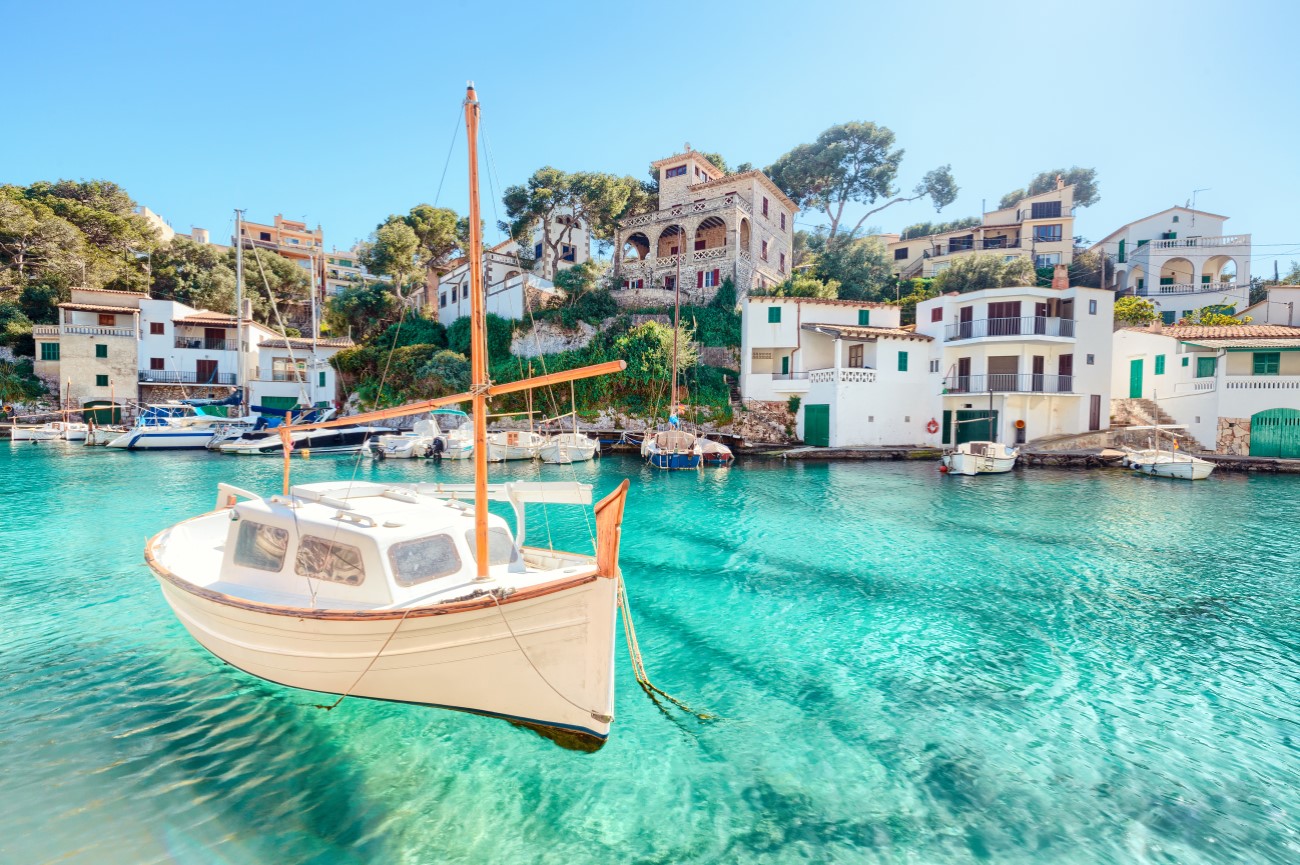
Es Pontàs
Between Cala Santanyí and Cala Llombards, you’ll spot the natural arch of Es Pontàs. It’s the perfect spot to watch the sunrise and also for rock climbing lovers. The path to Es Pontàs is relatively easy to follow, with signs starting at the beach. Wear proper shoes as the road afterwards is a bit rough. It’s one of the most popular walking trails within the Mondragó Natural Park.
Caló des Moro
There was a time when Caló des Moro wasn’t that popular among visitors, as it was hard to get there. But these days, everyone knows about this secret Majorcan bay and its infamous turquoise waters. The beach is quite small, and if you’re heading there in the summer, you might have trouble finding a place to rest your towel. But it’s still worth coming here, even if it’s just to capture the views from the top of the cliff.
Platja des Trenc
Unlike most Majorcan beaches, Platja des Trenc has no rocky formations or cliffs surrounding it. Instead, there is a string of dunes and low vegetation. The beach extends for around 2km, making it ideal for a long afternoon walk. Part of a nature reserve, it features some nudist sections, but many people come here to escape the crowds. On the way here, you can see the salt pans of Llevant.
Llucmajor
We’re ending our trip at Llucmajor, about 25km south of Palma. On the outskirts, you can visit many historical landmarks, such as the prehistoric village of Capocorb Vell or the ethnological site of Can Garra Seca. Down by the coast, you'll discover stunning coves and beaches like Sa Cova Baixa, Cala Mosques, Cala Pi and El Arenal. This last one is an ideal spot for surfing.
Make sure to climb up the defensive towers for the best views in town. Lllucmajor is also home to golf courses, lively marinas and several cycling routes if you're looking for something a bit more active to end your holiday.
Day 5 - Majorca Afternoon Tour Map
Other things to do in Majorca
- Water activities: There’s no shortage of water activities in Majorca. You could join a boat excursion to discover the most beautiful caves on the island or dive off the cliffs with a coasteering experience. The views from the top are worth it alone. You could also rent a boat at the Manacor port and go sailing.
- Hiking: Majorca is blessed with a series of nature trails, and you’ll find many ofthem around the Tramuntana mountain range. A favourite option is the Ruta de Pedra, a 170km route passing through ancient footpaths and a forest. It connects Port D’Andratx in the southwest of Mallorca to Pollença in the north. If you plan to do the whole trek, it will take about eight days. There are a few hostels along the way where you can spend the night. You can also walk just a short section, if you prefer, for example from Sóller to Fornalutx. Another popular trail is the path to the Capdepera lighthouse, which starts at the town of Cala Ratjada. The 30 minute-trail takes you through pine forests to the edge of the coast, where you’ll enjoy stunning ocean views.
Top things to do with kids in Majorca
Majorca has all it takes for a family holiday: history, beaches and plenty of fun entertainment. You can spend your days exploring picturesque villages, visiting monuments or swimming at the beach. Cala D’or and Puerto Pollença are popular resort areas for families.
Kids will enjoy riding the train to Sóller or hopping on the boat for a dolphin-watching tour. When you’re done sightseeing, you can visit some of the island’s theme parks, like Katmandu and Jungle Parc, an adventure trail amid the forest.
There are also several karting spots and water parks such as Aqualand El Arenal, Western water park, Hidropark Alcudia. If they like spending time in nature, you can take them hiking or join a guided tour of the Natural Park of S’Albufera.
Where to eat in Majorca
Majorca’s cuisine combines fresh seafood with hearty dishes like suckling pig and meat roasts, all paired with delicious wine. Local specialities include the coca de Trampó, a local flatbread and the Majorcan fry-up. While there are many traditional restaurants, the island also has its share of Michelin-star venues, with chefs bringing a modern twist to the culinary scene. Below are some of the best places to eat in Majorca:
- VORO Restaurant: This Michelin-star restaurant is run by the acclaimed chef Álvaro Salazar. It’s located on the east coast near Canyamel. Salazar has curated two tasting menus which change constantly, surprising the guests with different flavours, colours and textures. The in-house sommelier is also available to recommend the best wine pairing.
- Es Racó d'es Teix: Enjoy a romantic meal amid the mountains at this fine dining restaurant in the Deià village. Originally from Germany, chef Joseph Sauerschell has elevated the island’s gourmet scene with his creative dishes. Book ahead if you want to sit by the terrace.
- Restaurante El Pilón: Set in the heart of Palma, El Pilón stands out with its intimate stone-brick interior. The restaurant is famous for its tapas selection. Favourites include the fried baby squid and the garlic mushrooms. There are also bigger dishes worth trying like the grilled octopus with potatoes.
- Bodega Can Rigo: This cosy bodega is the perfect place to sample some of the best local wines. You can pair them with delicious homemade tapas such as meatballs or caramelized goat cheese. It’s ideal for a pre-dinner snack.
- Quince: Just inches away from the marina of Porto Cristo, this local restaurant is renowned for its seafood. Start with the chipirones (baby squid) before moving on to the mussels with bacon, a house speciality. You can also order vegetarian treats such as padrón peppers or spicy tomato soup.
- Restaurant Celler El Molí: Tucked away in Pollença, this restaurant is the perfect place for lunch. It has an affordable menu of the day, which allows you to taste three courses along with a glass of wine. The food is a mix of Majorcan and French cuisine.
- La Petite Iglesia: Occupying a former church, this little restaurant serves a fantastic range of traditional French dishes. All the ingredients are fresh, and even the bread is baked in-house. Make sure to sample the slow-cooked dishes like the boeuf bourguignon.
Where to stay in Majorca
- Castillo Hotel (5 stars): This luxurious hotel sits high on a hill overlooking the coast of Palma. It’s housed within a 13th-century castle surrounded by lush gardens and a golf course. Most of the rooms offer balconies with views, and there’s even the option of booking a villa with a private pool. There are also several restaurants, bars, an indoor and outdoor pool, a fitness centre and a spa.
- Posada Terra Santa (4 stars): Just a few steps from Plaça Major, this charming boutique hotel is the perfect base to explore Palma. It offers a variety of facilities, including a restaurant, a rooftop pool and a spa with a sauna. There are only 26 rooms, some of which offer private patios.
- Hotel Predi Son Jaumell (4 stars): Set amid the countryside, this rural hotel is ideal if you want to get away from the crowds. It’s located in Capdepera, on the eastern edge of the island. Guests can enjoy a meal at the Michelin-star restaurant run by chef Andreu Genestra or swim at the outdoor pool while admiring the mountain views at a distance.
- Canavall (3 stars): Canavall provides rooms and apartments in the old town of Palma. The decor combines exposed wooden beams with tiled floors and minimal furniture. It’s close to all the main attractions, so you can easily explore the city on foot.
Best time to visit Majorca
Summer is the perfect time to visit Majorca: between the beginning of July and the middle of September (with temperatures rising to 30°C in August). During this season, you can expect warm weather and the perfect water temperature for a swim. You can also visit Majorca during autumn when the weather is cooler, but you might catch a few rainy days. Spring is ideal if you’re looking for slightly warmer days with fewer crowds on the beach.
Majorca Festivals
- Sant Antoni: The first festivities on the island are dedicated to Sant Antoni, when bonfires (foguerons) and dressed-up locals take over the streets. This January festival is celebrated in different parts of the island, but the most popular celebrations happen in Pollença. People build cardboard figures depicting scenes starring Sant Antoni and el Dimoni (the demon). Then, a jury chooses the best bonfire, and they are all burned – symbolising the beginning of the party. There’s music and plenty of food to sample.
- Saint Sebastian: The night before Saint Sebastian’s day, on the 19th of January, Palma hosts a huge party with bonfires and meat roasts. The first bonfire is lit at Plaça Major by the Drac de Na Còca. There are concerts in almost every street leading up to the next day. Many museums also open their doors for free.
- Palma Carnival: Also known as sa Rua parade, Palma’s Carnival is one of the most iconic events on the island. Every year around February, the historic centre comes alive with a colourful float parade. At the end of the party, prizes are given to the best carnival groups at Plaça Rei Joan Carles I, where a massive concert takes place.
- Es Firó Festival: This festival commemorates a 1561 event when Turkish and Algerian pirates attacked the people of Sóller. It recreates the moment the “pirates” disembarked in Sóller and stages the battles fought against the “sollerics”. Everyone wears typical costumes, and women also participate, arriving at the port on the town’s historic tramway to celebrate the victorious locals. It's celebrated on the Monday after the second Sunday of May and lasts for four days, with concerts, parades and lively market stalls.

